
- DESTINATIONS
- SEARCH FOR TOURS or QUICK LINKS
- TOUR CALENDAR
- REPORTS & PHOTOS
- BIRDS OF A FEATHER SERIES
- PHOTO GALLERY ARCHIVE
- GUIDES & STAFF
- LATEST NEWS
- HEALTH PROTOCOLS
- CONSERVATION SUPPORT
- PRIVATE TOURS
- JOIN OUR MAILING LIST
- ABOUT FIELD GUIDES
- INFO & POLICIES
- TRAVEL RESOURCES
- GUIDING CAREERS
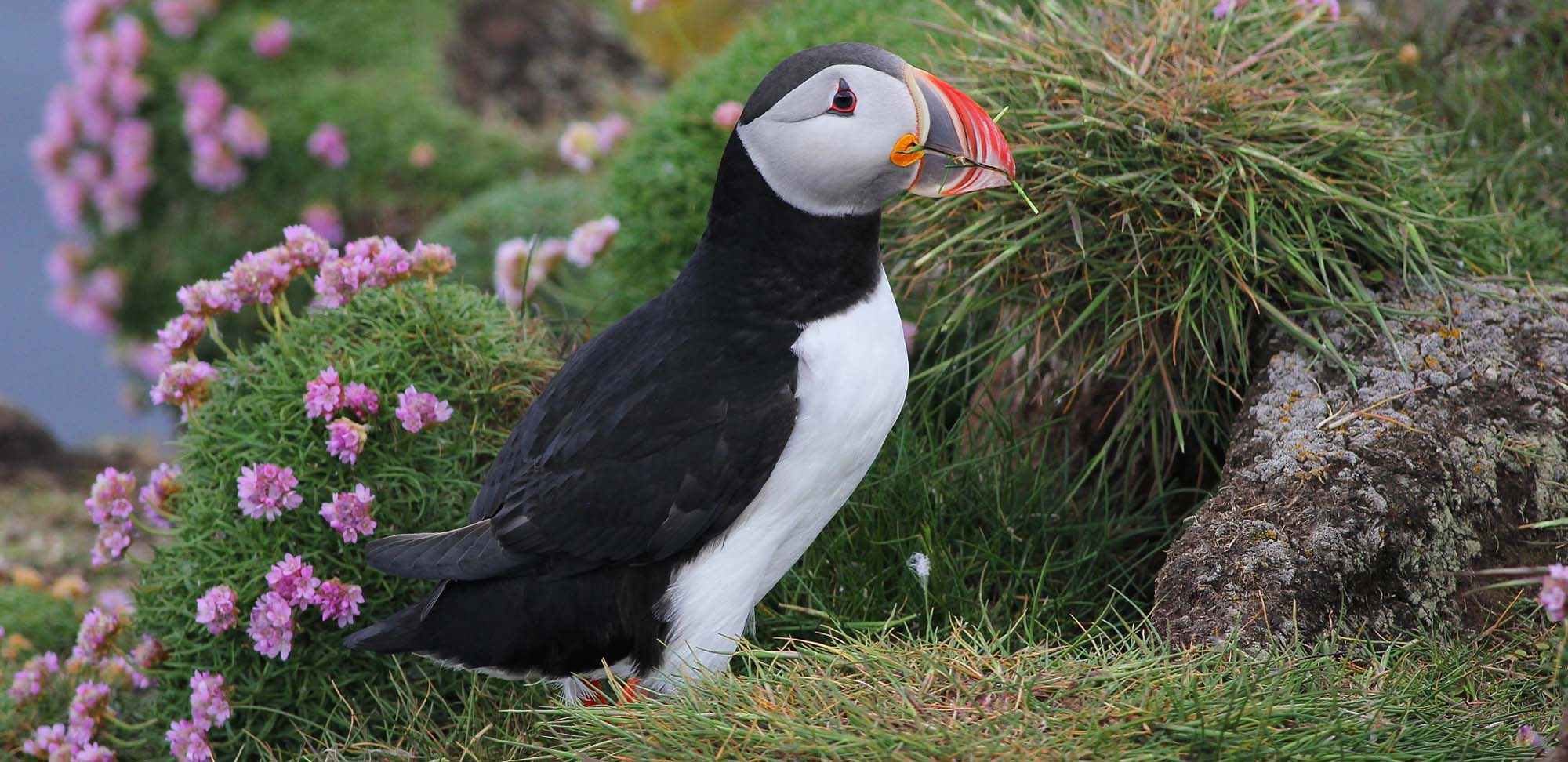
Iceland is a place of great topographic beauty and has a tumultuous history to match its sublime geography--the violent, elegant sagas of the Vikings seem of a piece with the abundance of active volcanoes, great glaciers, and shining fjords. The island brims with birdlife. The fluting songs of Icelandic Whimbrels mix with the mournful notes of Eurasian Golden-Plovers to provide unforgettable accompaniment to a landscape that was the last home of the Great Auk, a landscape that seems to have been built by giants.
The towering seabird cliffs at Latrabjarg are breathtaking in scope and hold hundreds of thousands of alcids--Atlantic Puffins, Common and Thick-billed murres, Black Guillemots, and Razorbills hold court on the cliffs next to fulmars and kittiwakes, with a chance of Great Skuas and Parasitic Jaegers patrolling above. Remarkable numbers of waterfowl, of some sixteen species, nest on and around Myvatn, a lake unrivaled in Europe.
Between these nurseries of bird life, we'll look for about seventy nesting species, some Palearctic in distribution, such as White-tailed Eagle, Redwing, Meadow Pipit, White Wagtail, Common Redshank, European Golden-Plover, Pink-footed Goose, European Shag, and Common Ringed Plover, and others on the eastern limit of their Nearctic range: Common Loon, Barrow's Goldeneye, and Harlequin Duck. To see these birds with newly hatched young is a peerless experience.
The world's largest falcon, the Gyrfalcon, is Iceland's national bird, and ghostly, light-morph individuals are uncommon but widespread across the north. Iceland's endemics include taxa of Black-tailed Godwit, Rock Ptarmigan, Common Raven, Common Redpoll, Redwing, Eurasian Wren, and Merlin, some of which show marked differences from continental forms.
The pace of our tour will allow us to savor more than just the fantastic birds. Don't be surprised if waterfalls, fjords, mountains, or whales distract us. For those arriving a day or more early, the capital abounds with shopping and cultural opportunities. Iceland is virtually pollution-free and has a friendly population, good cuisine, and modern infrastructure--high-latitude birding for those who like a little more comfort than is usually found within a stone's throw of the Arctic Circle.
Select the KEY INFO tab or click here for our itinerary plus space requests, status, fees, limits, and guides for any departure.
Client comment "An awesome experience. We had a great time and enjoyed having 'quality time' with the birds. The scenery was outstanding as well. We would love to go back. Guide Godfried Schreur did an outstanding job. He is a knowledgeable, enthusiastic, warm-hearted individual with a good supply of patience. The Field Guides office was very helpful." K.K., ICELAND 2019

ITINERARIES • TOUR STATUS • DETAILS • SPACE REQUESTS
- 2025 (PDF expected Sep 2024)
DEPARTURES • We have 3 departures currently scheduled through 2026, with details including limits, guides, fees, and space available listed below.
Jun 6-15, 2025 Guided by: Cory Gregory Tour Manager: Christine Boilard Tour Limit: 12 Status: Open - Space is still available on this tour, and we are accepting provisional bookings. No deposit is required until you receive the itinerary. Click below to book space. Tour Fee: Fee TBD / 2024=$6525 REQUEST SPACE OR MORE INFO
Jun 5-14, 2026 Guide: TBA Tour Manager: TBA Tour Limit: 12 Status: Open - Space is still available on this tour, and we are accepting provisional bookings. No deposit is required until you receive the itinerary. Click below to book space. Tour Fee: Fee TBD / 2024=$6525 REQUEST SPACE OR MORE INFO
Enjoy looking through the 7 most recent Field Guides triplists for this tour linked below!
- 2023 (Jun departure guided by Eric Hynes)
- 2022 (Jun departure guided by Megan Edwards Crewe)
- 2019 (Jun departure guided by Godfried Schreur)
- 2018 (Jul departure guided by Godfried Schreur)
- 2018 (Jun departure guided by Godfried Schreur)
- 2017 (Jun departure guided by Eric Hynes & Godfried Schreur)
(+504) 9563-9689

Iceland Birding: Experience the Land of Fire and Ice
Join us as we uncover the secrets of Iceland's birdlife, from the majestic seabird colonies to the elusive upland species. Our knowledgeable guides will enhance your birding experience, providing valuable insights into the behaviors and habitats of Iceland's avian inhabitants. From the rugged coastlines to the breathtaking highlands, Iceland offers a unique birding experience that is second to none.
10-Day Iceland Birding Tour Highlights:
An other-worldly accident of volcanoes, glaciers, waterfalls, lava fields, geysers, fjords and black sand beaches, Iceland must be seen to be believed. Astride the American and European tectonic plates, this island on the edge of the Arctic Circle is still being shaped by the geologic forces that created it. And, with fewer than one-third of a million people, nature dominates. The quality of the birdlife here cannot be understated. Perusing the mossy fields beyond the capital city of Reykjavík, common roadside birds include Snow Bunting, Common Redshank and European Golden-Plover, executing slow-motion, butterfly-like display flights. The lumbering take-off of an immense White-tailed Eagle may also freeze our progress.
Along the Snæfellsnes peninsula, nesting Parasitic Jaegers and Red-throated Loons dot the tundra and coastline. Lava fields adjacent to the glacier-filled volcano Snæfellsjökull, are home to Rock Ptarmigan and Northern Wheatear. Basalt cliffs hold colonies of all five of Iceland’s breeding alcids, including Thick-billed Murre, plus large numbers of Black-legged Kittiwake. Purple Sandpipers at Grundarfjörður are downright tame, and with luck a knobby-billed King Eider can be teased out from the more numerous Common Eiders. Orcas are frequently spotted just offshore. A short boat excursion among the innumerable islets of Breiðafjörður Bay provides excellent views of Atlantic Puffin, Black Guillemot, and European Shag. Pink-footed Geese graze in the valley bottoms, and rushing rivers harbor the improbably patterned Harlequin Duck, while Eurasian Wren and Redwing fill wooded lots. We’re sure to encounter the magnificent Whooper Swan – at up to 30 pounds, one of the world’s heaviest flying birds.
The picturesque town of Húsavík has emerged as a whale-watching hub: White-beaked Dolphin, Minke, Humpback, and Blue Whale are regulars. Nearby, Lake Mývatn offers a smörgåsbord of breeding avifauna. The main attraction, the powerful Gyrfalcon, can occur anywhere in the vicinity. Breeding nowhere else in Europe, Barrow’s Goldeneye shares the tundra ponds with Common Scoter, Eurasian Wigeon, Long-tailed and Tufted Ducks. Other boreal birds include Short-eared Owl, Merlin, Common Ringed Plover, Black-tailed Godwit, White Wagtail and Meadow Pipit. With no standing army and virtually non-existent crime, Iceland is ranked as the most peaceful country in the world. Join us this summer under the midnight sun in one of the world’s most unique and welcoming destinations .
Book your Iceland Birding Tour now and let us be your guide to the extraordinary birdwatching opportunities in this enchanting country. Natural Selections Tours is your gateway to an unforgettable birding adventure in the land of fire and ice.

Tour Details
Price: From $6,527.00 per-person double occupancy.
Single Supplement: $916.00 per-person.
Included: In-country accommodations, ground transportation, meals from dinner on first day to breakfast on last day, Guide, Tour Leader.
Not Included: International and local airfare, visa fees, insurance fees, personal items such as alcoholic beverages, soft drinks, gift shop, laundry, tips, etc. are not included.
From: Keflavík International Airport (KEF)
Minimum Participants : 6
Participant Limit: 12
Activity Level: Medium
*Download Full Itinerary
Registration
Deposit: 30% per-person deposit is required to hold your spot on this tour (with your registration form)
*Download Registration Form
To book your space on the tour, please contact us at [email protected]
Tour Leaders
John Yerger and local guides
Ask a Question

Natural Selections Tours thanks Zeiss Optics in partnering with us to advance birding, ecotourism, and conservation. Zeiss Optics is a world leader in quality optics products and service, and we are proud to work together making our world a better place by seeing beyond, together!
Reykjavík Birdwatching Tours
Visit The Puffins, The Skuas, The Auks and all the lively sea birds of Faxaflói Bay on our bird watching tours from Reykjavík´s Old Harbour.
The Atlantic Puffin is both captivating and peculiar. There are many reason why locals, artists and tourists alike are seduced by these brightly colored seabirds . They are calm while nesting and can dig burrows with their beaks and wings..but seem manic in their flying style because of their small wings. Puffin wings can beat up to 440 times per minute. Their curious behaviors and unique appearance are a couple of the reason we are drawn to Iceland to catch a glimpse.
The Atlantic puffin travels to land in the summer to nest during the warmer months. We have the largest Atlantic puffin colony in the world, more than half the population comes to Iceland to nest in June, July and August. This is the best time to experience the birds and wildlife of the bay and islands just off the coast of Reykjavik. Puffins, Auks, Gannets along with an incredible variety of seabirds dominate the skies and sea cliffs just a few minutes sailing from the Old Harbor.
It is a unique and special experience to have them so close to land.
Join our expert bird watching tours from Reykjavík's Old Harbour.
Our Puffin Tours
The premium puffin tour.
Looking for that extra twist, that extra flavour of adventure and exploration? Ride our custom made RIB boats, only 12 persons on each boat with our expert crew. No birdwatching tour will get you closer to the islands, birds and the north sea.
ISK 11,990 1 Hour
The Classic Puffin Tour
It's not just puffins! Take the whole family out on this fun tour with our comfortable sightseeing ship. Meet the puffins & a variety of sea birds on this easy bird watching tour from the Old Harbour in Reykjavík.
ISK 7,990 1 Hour
Prepare for adventure
Reykjavík Boat Tours
Whales, puffins & reykjavík.
This is our greatest adventure! Get as close to the whales, dolphins and puffins as possible with out disturbing them in their natural habitat. Small groups of 12 persons in our fast RIB boats means you get an intimate experience you wont forget.
ISK 23,990 2 Hours
Reykjavík: Classic Whale Watching
The classic and original whale watching tour from Reykjavík. The specially modified whale watching ships and crew will take you out in search of a wide variety of whale species. Operated up to six times day, all year round.
ISK 13,990 3 Hours
Private Puffin Tour
Would you like to enjoy your puffin tour in an extra personal way with a chosen few? Then this is the option for you.
ISK 220,000 1 Hour
Premium Whales & Midnight Sun
Enjoy the golden hours of the seemingly endless midnight sun out on the waters. This evening tour leaves at 20.00 during the summer months from Reykjavík’s Old Harbour. It is the ideal way to make the most of your day in Reykjavík.
Sea Angling Reykjavík
In the North we fish and so can you! Cast the anchors away, sail out into the brisk embrace of the Faxaflói bay and follow in the wake of hundreds of generations of Icelandic fishermen. This tour has two daily departures from May 1st to September 30th
ISK 21,990 3 Hours
Reykjavík Northern Lights Cruise
Search for northern lights on this thrilling winter cruise where we maximise your chances of sightings! Watching the auroras dance in the vast starry space with the gentle lull of the ocean beneath us is an experience of a lifetime.
ISK 13,990 2 Hours
Our Favourite Tours & Activities
Golden circle tours, south coast tours, tours in reykjavik, action and excitement tours.
What are the whales up to?
The Daily Whale Diary
Puffin palooza: the return of the cutest birds, 05 may 2023.
Puffin palooza, here we come! It's that time of year when our favorite feathered friends return to the isl...
Goodbye Mr. Puffins :(
11 sep 2019.
Another September breaks our heart when we see our dear puffins leaving Iceland. It has been an amazing season...
Plenty of Puffins
15 aug 2019.
The puffins are still on our islands Lundey and Akurey so we have extended the tour season to the end of t...
We still have the puffins!
14 aug 2019.
The puffins are still here! Maybe because of the bad windy weather the puffins hang around for a bit. We still...
Pufflings on the run
02 aug 2019.
Winter is around the corner, and we know it. And pufflings as well. Lots of our little puffins are around the ...
Normal puffin day
31 jul 2019.
Today was a very normal puffin day, the puffins are still flying around feeding their pufflings that will soon...
About Iceland
Visa information, geography of iceland, general information, the northern lights, volcanic eruptions, sustainable travel, iceland academy, plan your trip, how to get there, accommodation, things to do, map your journey, getting around, visitor numbers, carbon footprint, destinations, the regions, scenic routes, national parks, trip suggestions, towns & villages, inspiration, food and beverages, lbgt+ travel.
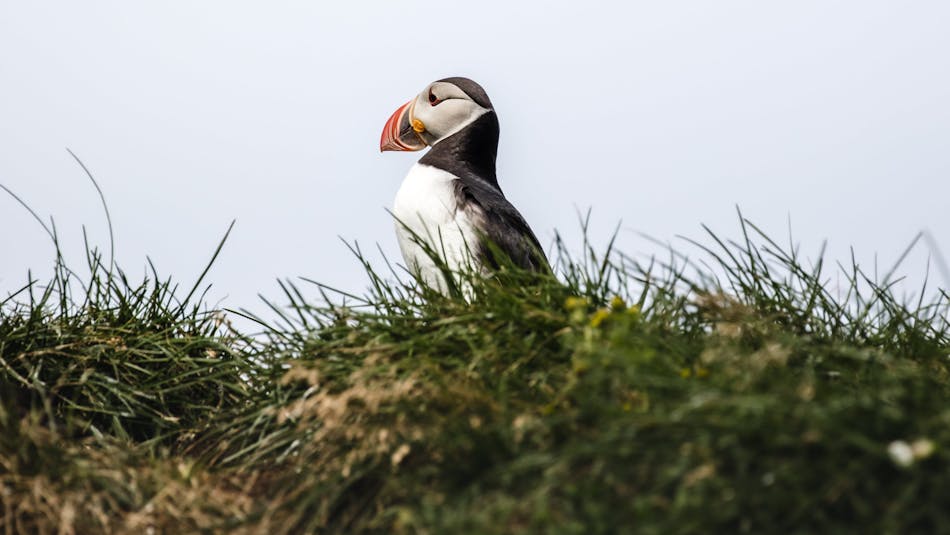
When visiting breeding grounds around Iceland, be sure not to wander off the marked trails, as nests can be located anywhere.
Birdwatching in Iceland
Iceland is often referred to as a birdwatcher's paradise, as large colonies of seabirds and waterfowl are indigenous and easily visible around the coasts.
The birds most frequently spotted along the coasts of Iceland include the Arctic Tern, eiders, waders, and passerine birds, as well as seabirds such as the Guillemot, Razorbill, the Atlantic Puffin, Fulmar, gannets, and various gulls. Destinations for bird watching day trips from Reykjavík include the Reykjanes Peninsula, the Snæfellsnes Peninsula or the Westman Islands, where Iceland's largest puffin population lives.
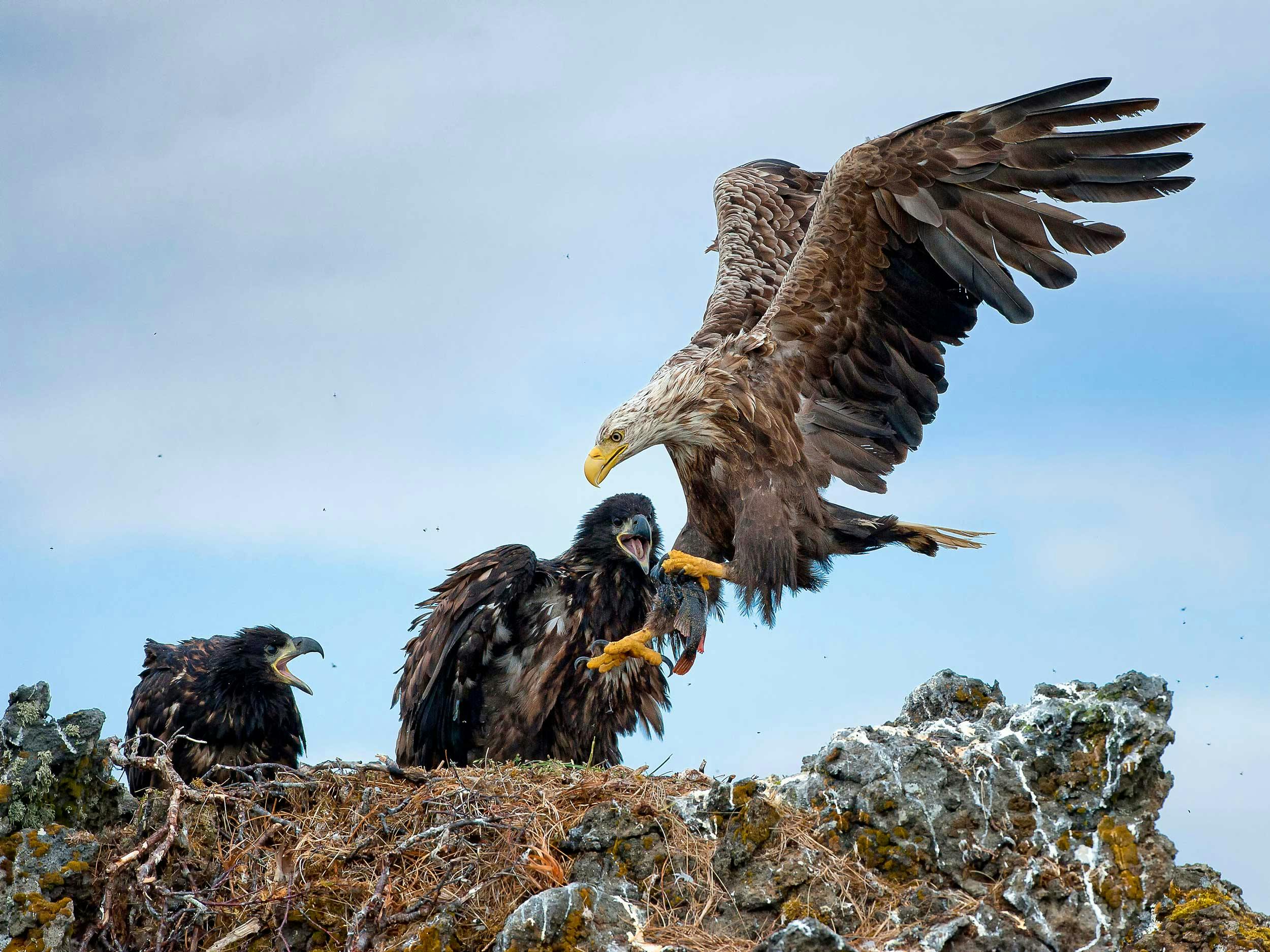
Eagle's nest.
Iceland's wetlands are a conducive habitat for many species of birds. Besides Svarfaðardalur Valley and the islets at the mouth of Eyjafjarðará River, Lake Mývatn in the North of Iceland is a popular bird watching destination. Mývatn and the nearby Laxá River are famous for their vast numbers of waterfowl, having one of the largest and most varied populations of breeding ducks in Europe, including the Harlequin duck and the Barrow's Goldeneye—which can be found nowhere else in Europe—as well as the Gyrfalcon.
In the Westfjords, Látrabjarg is a veritable hotbed of bird activity. The largest known bird cliff in the world, Látrabjarg is home to millions of birds, hosting nearly half of the world's population of some species, such as the Razorbill. Also, in the isolated Strandir district of the Westfjords, is the little island Grímsey in Steingrímsfjörður, home to a large colony of puffins and other seabirds.
In the South of Iceland, not far from the village Vík, Dyrhólaey is a visually stunning rock peninsula where various species of seabirds can be viewed up close. Off shore, in the hills and cliffs of Heimaey and the surrounding islets of Westman Islands you'll find famous birding destinations and exciting boating tours which include birdwatching.
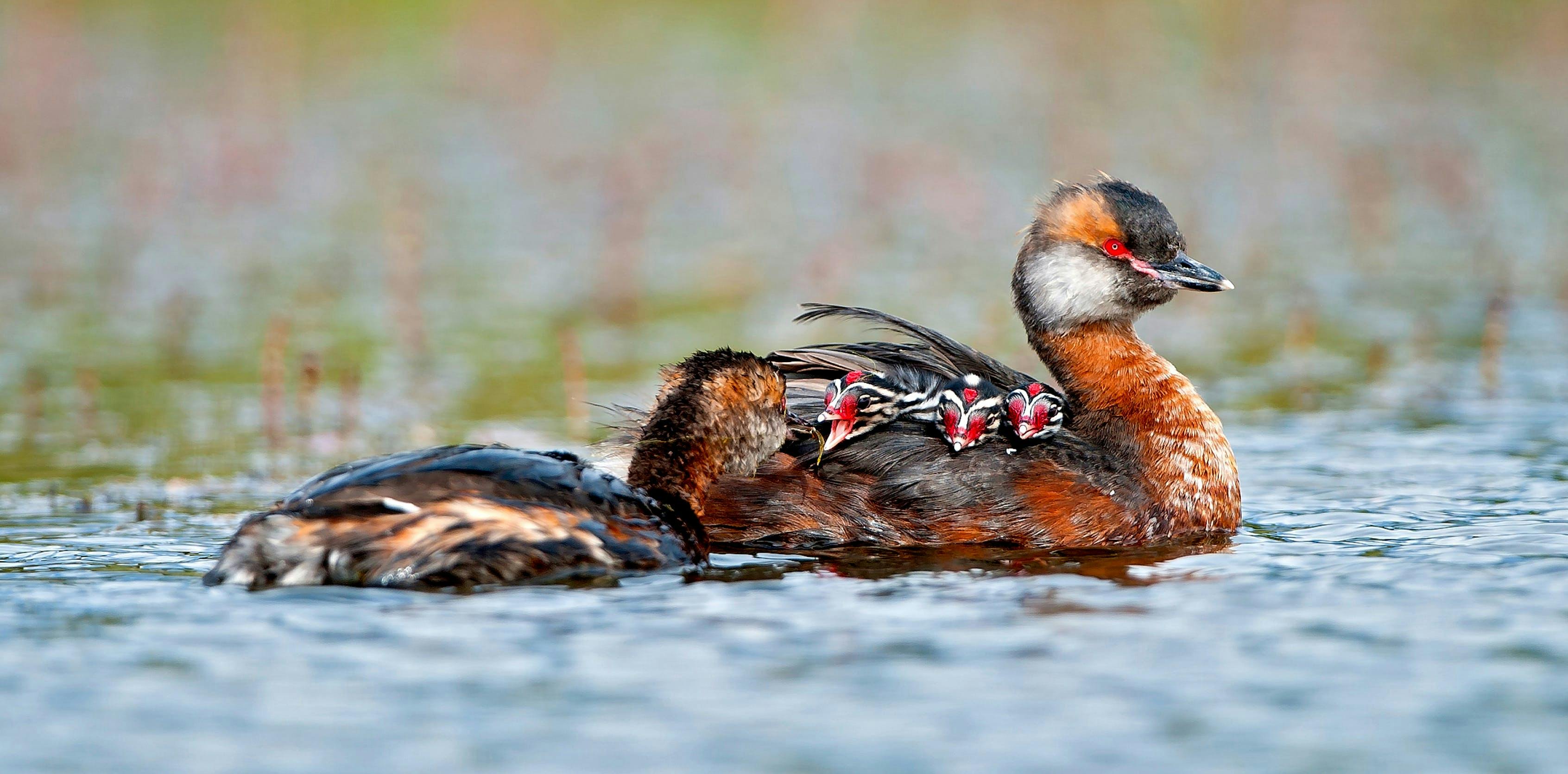
Slavonian grebe (Flórgoði)
If you're staying in Reykjavík you can enjoy birdwatching in the city's pond, Tjörnin, where Arctic terns and other species can be viewed. Enjoying a walk alongside the pond is a great way to spend a day and the birds are fun to watch or to show children.
When visiting breeding grounds around Iceland, be sure not to wander off the marked trails, as nests can be located anywhere. The prime birdwatching season in Iceland is from the end of April to the beginning of June, although tours are offered year-round. Visit the local information offices in the area of Iceland you are visiting for more detailed information, including maps, tips, rules and regulations regarding bird watching in Iceland.
Find bird watching tours
You might also be interested in:.
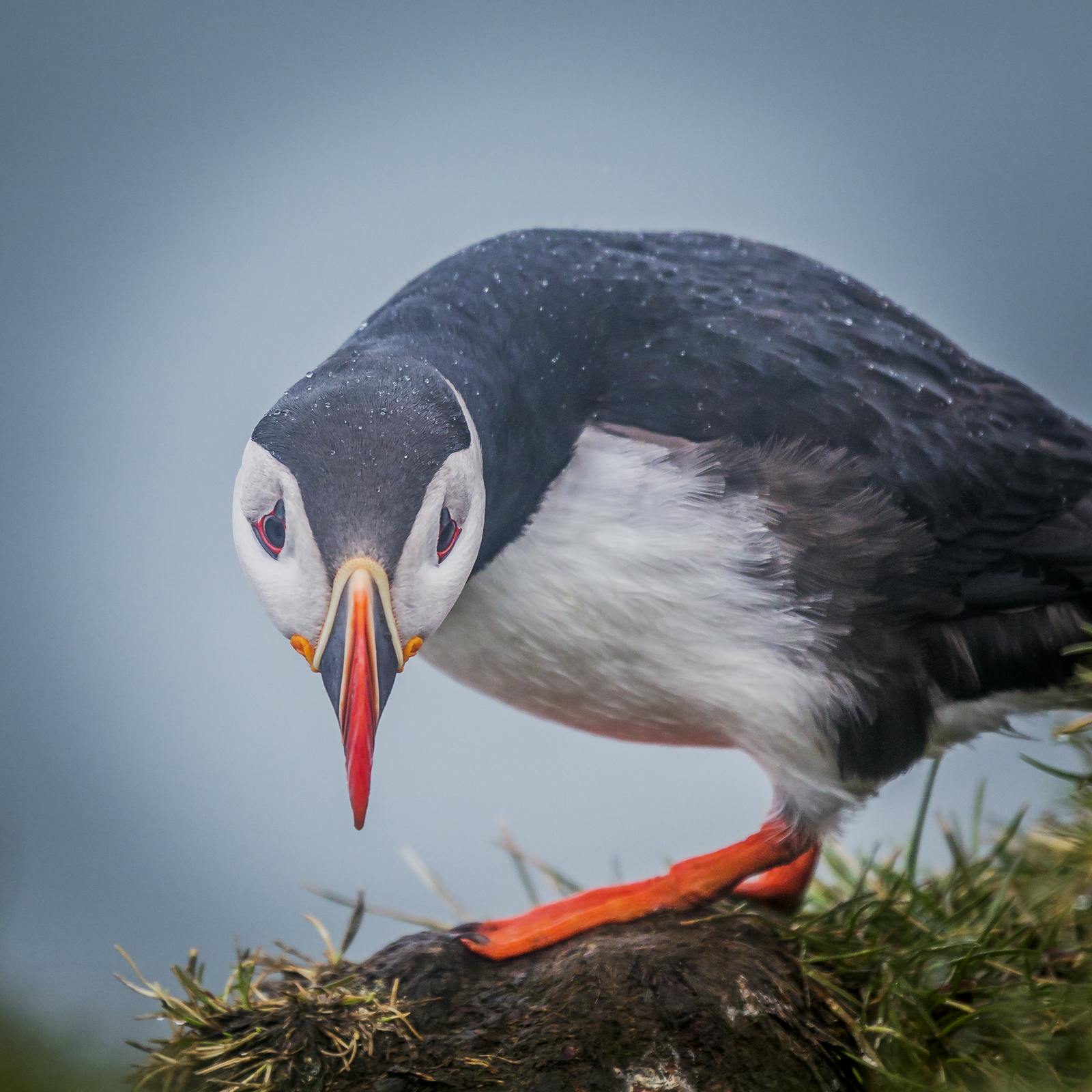
Meet the peculiar puffins in Iceland

Whale watching

Sheep and horse roundups in Iceland
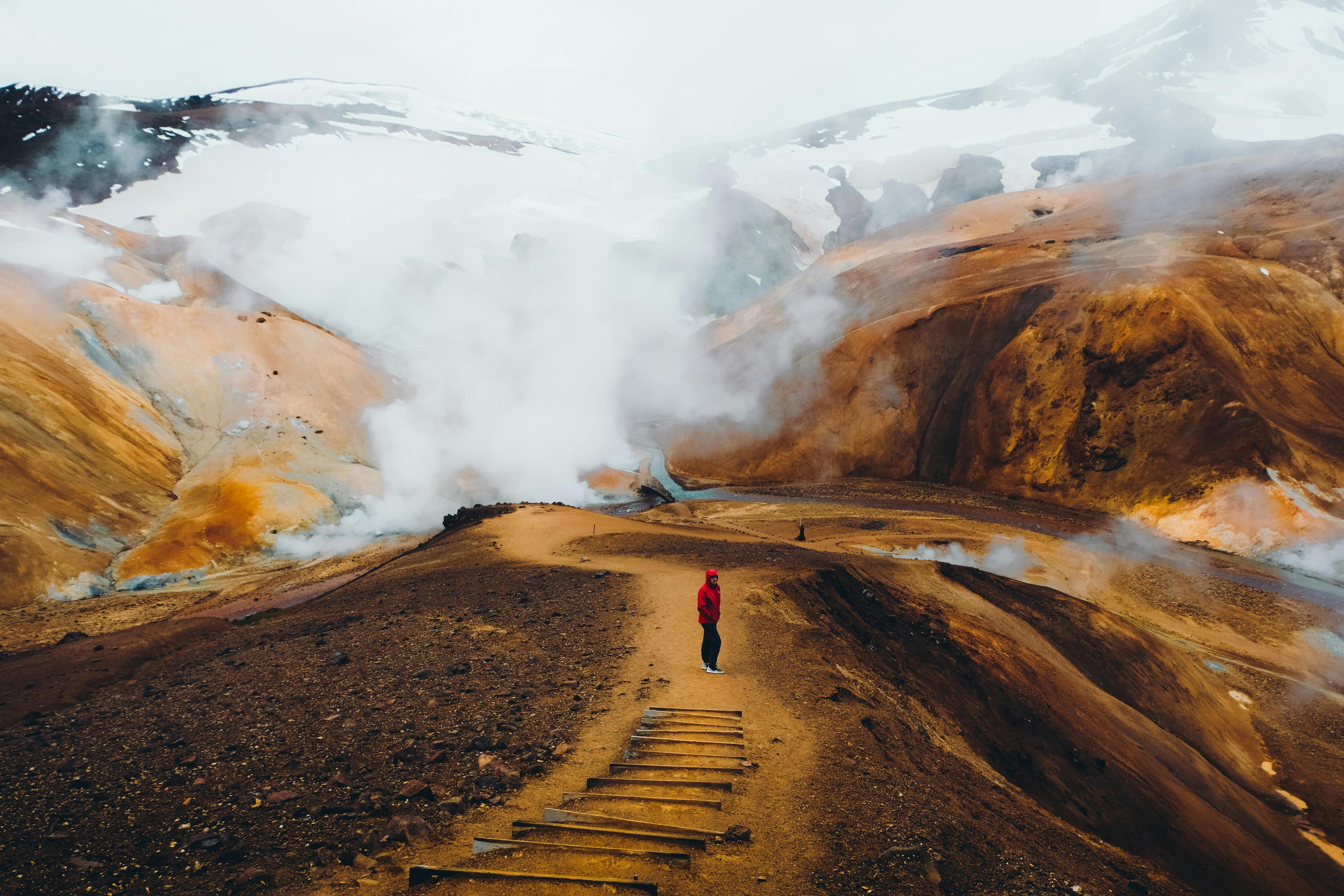
Hiking with a towel - six baths to soak in
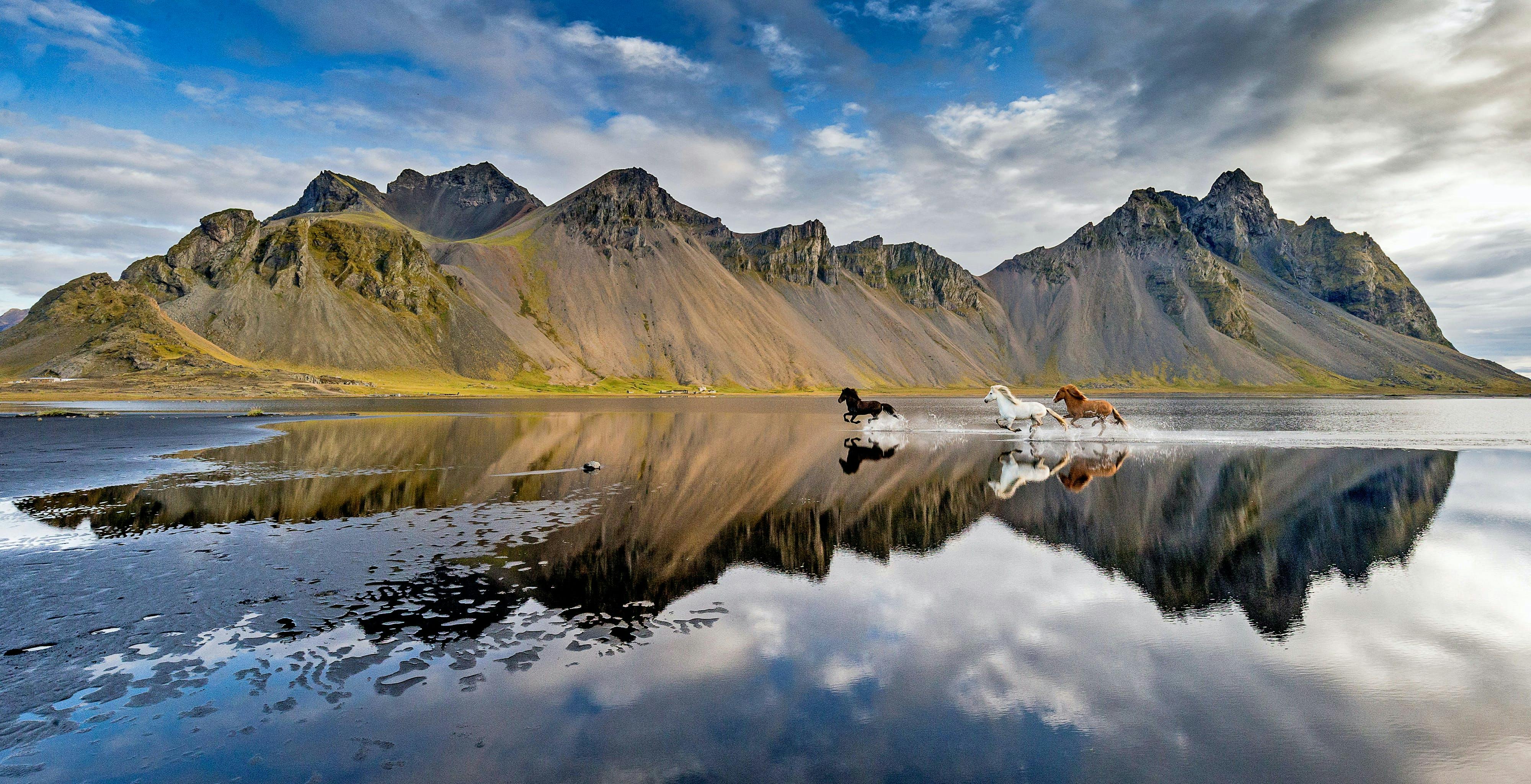
Horses of Iceland
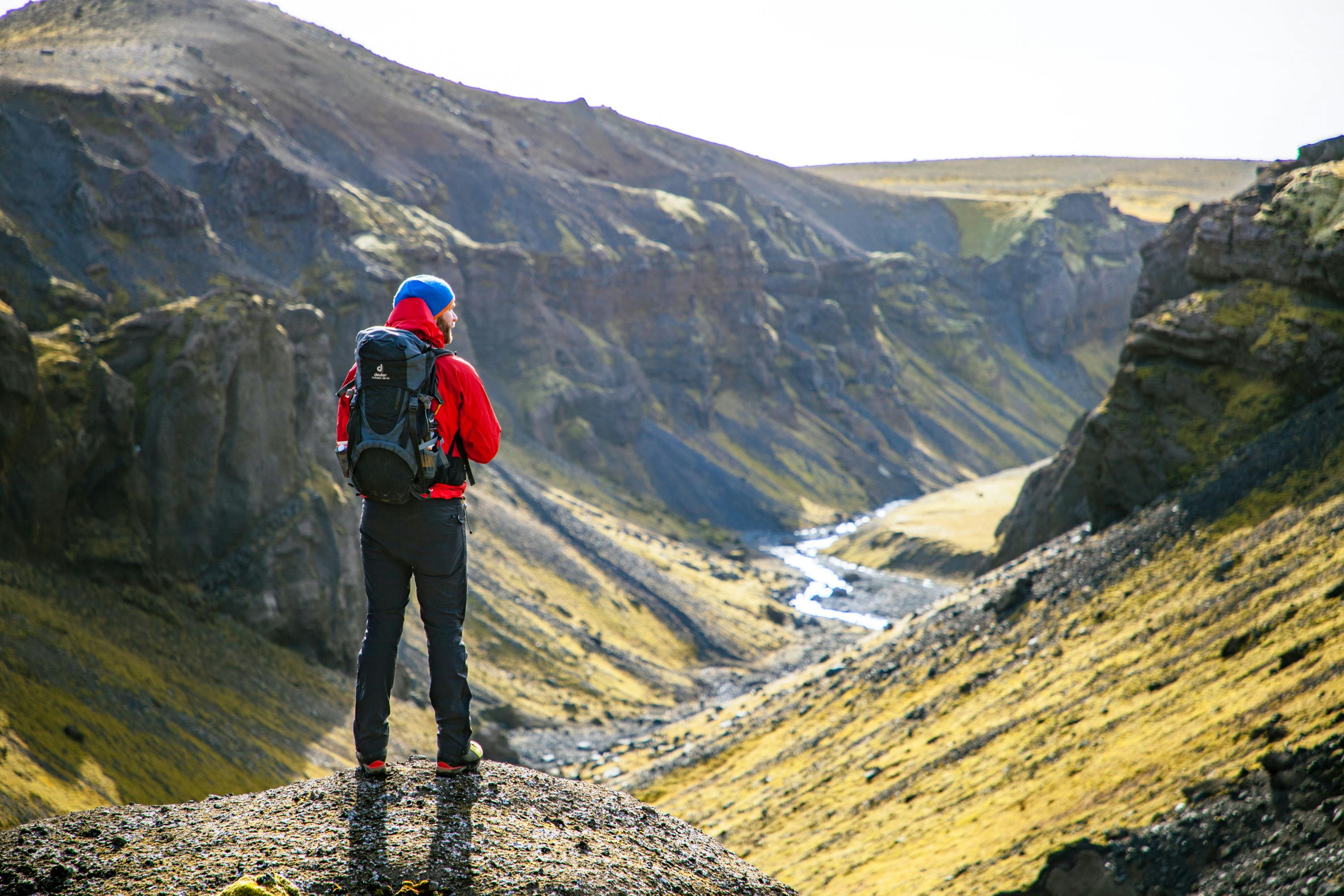
Hiking in Iceland
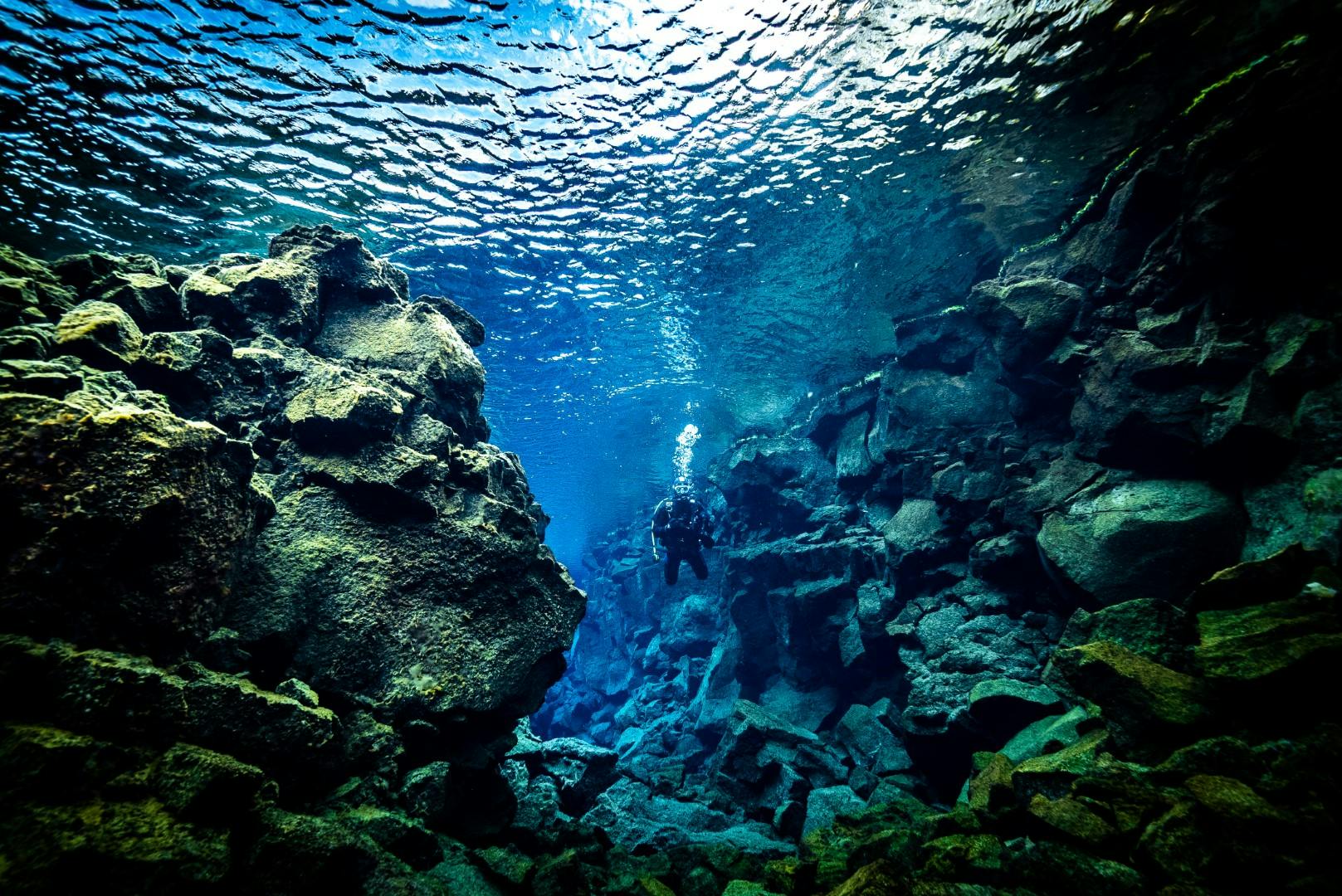
Diving and snorkeling in Iceland
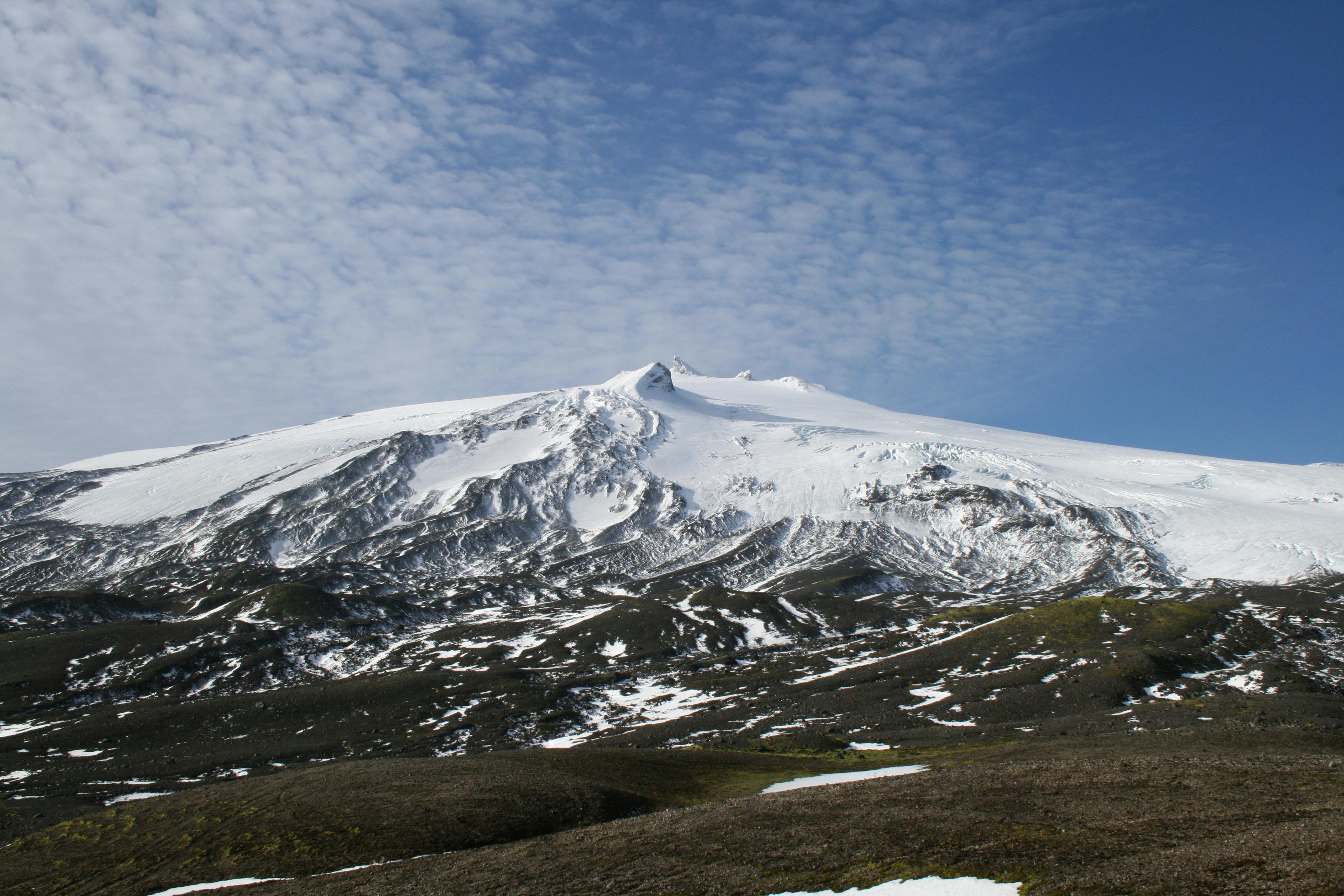
Snæfellsjökull National Park
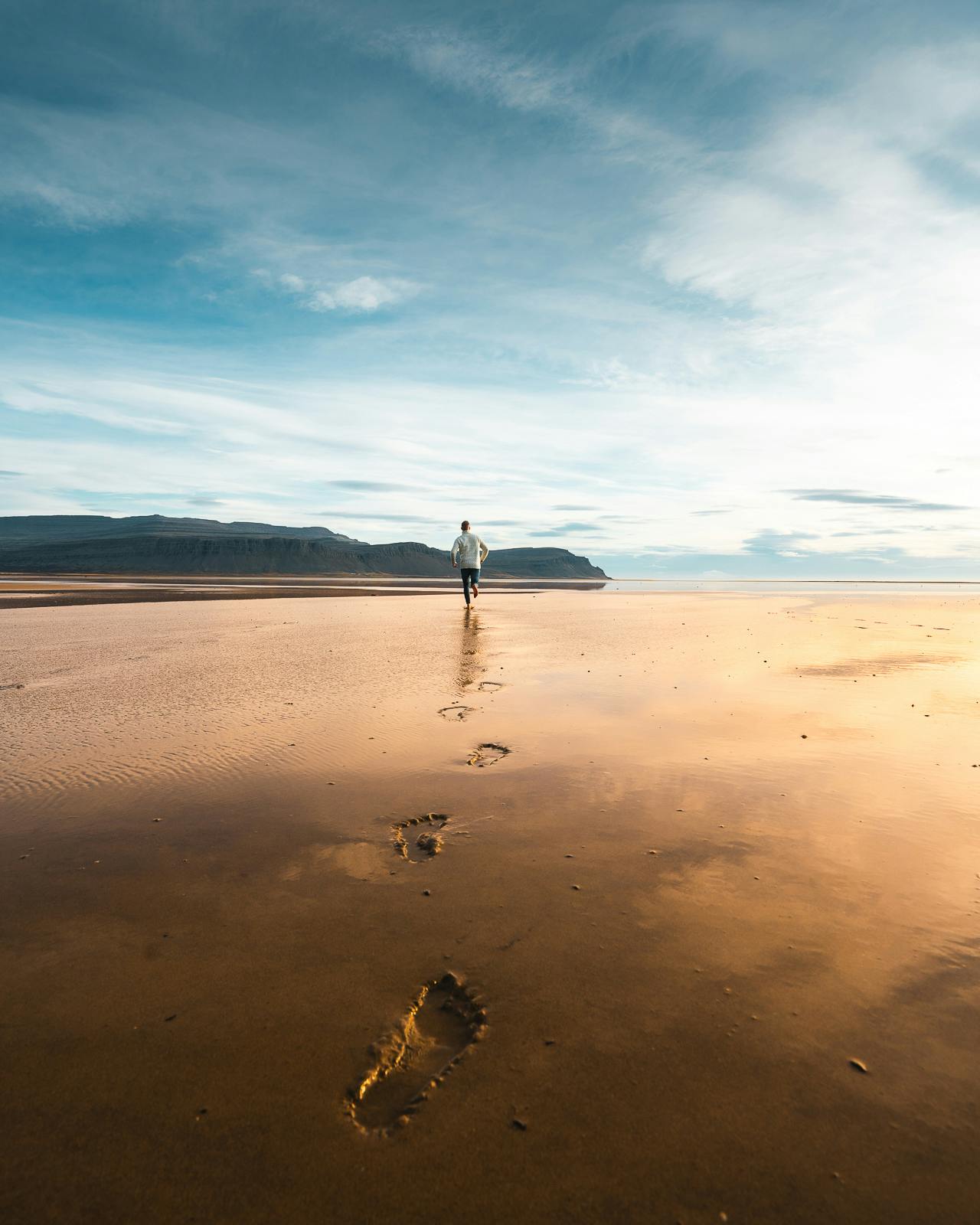
The Westfjords Way
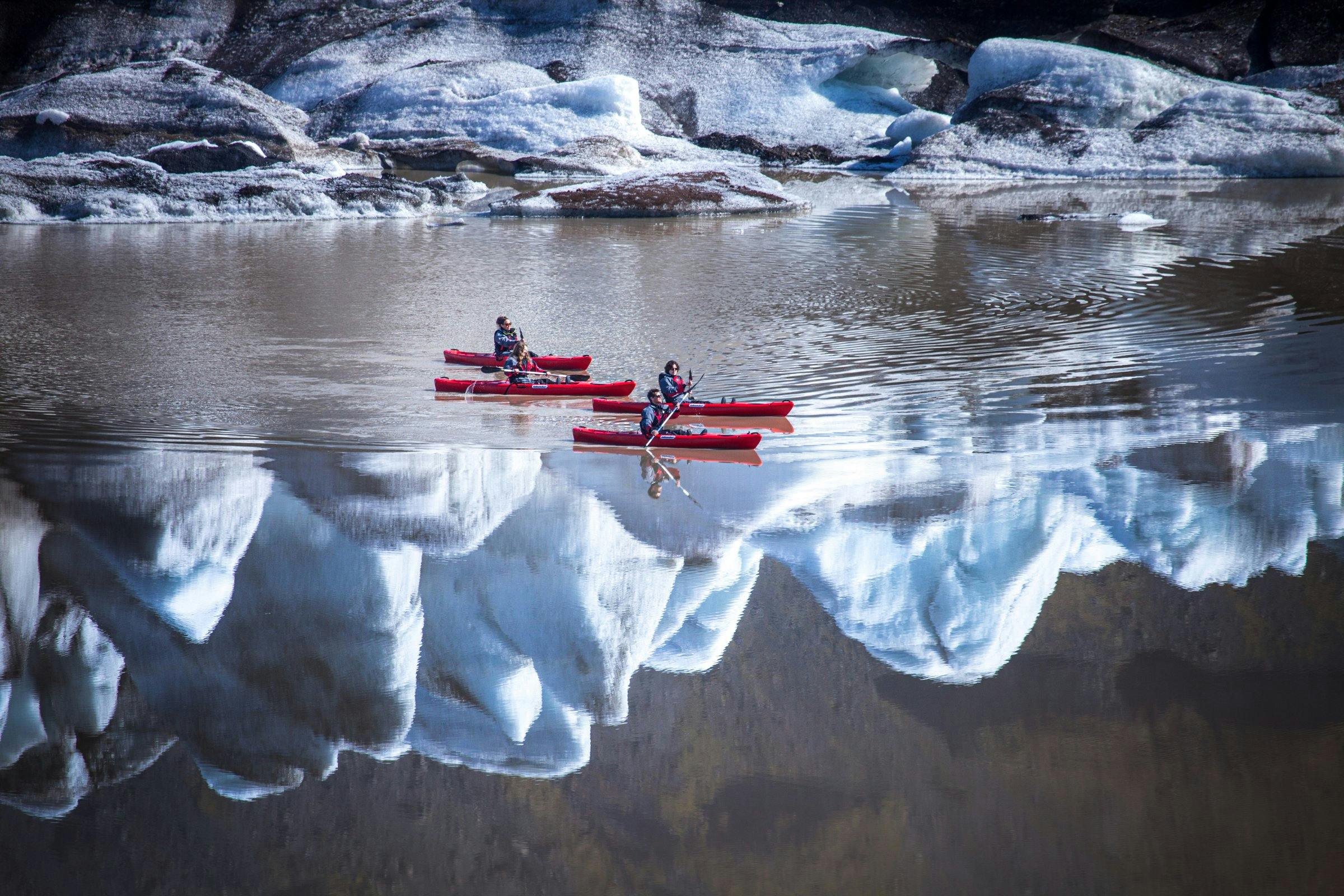
Six tips for a climate-friendly trip to Iceland

Naturalist Journeys is happy to offer Iceland birding and nature tours. Please select one of the Iceland tours below for more details.
Guided Group Tours
Group travel is rewarding and fun! With more eyes you see more species. Travel Planners of Naturalist Journeys have been creating memorable journeys for 40+ years. We offer you small-group birding and nature tours, limited to just 8-13 persons led by expert guides. Learn and explore with like-minded people, enjoy local food and culture, and immerse yourself in birding and nature.
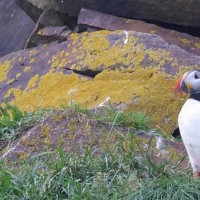
Like what we do?
Sign up for our weekly enews to stay up to date, get to know our favorite destinations each week. we promise no spam..

Bird Watching in Iceland – A Comprehensive Guide
Iceland has a gorgeous environment that attracts a lot of attention from migrating fishes as well as birds who find their breeding and nesting ground in the beautiful arena of the country. Iceland is quite popular among many migratory birds and is famous around the world for is rich birdlife right alongside glaciers , waterfalls , and volcanoes . The sheer landscape of the country inspires and invites a lot of different species of birds to house themselves in the country. You will be surprised by the huge number of species of birds that you can find in this land of ice and fire.
A total of 388 species of birds can be found on the island of Iceland which includes the ones that nest in the country as well as the ones that are simply migrating. The species that nest in the country can be seen almost all-year-round in Iceland whereas the migrating birds can be seen in the summer season. There are some other species of birds that are more like visitors in the country but completely worth watching. All in all, there is no shortage of places and destination that you can find these beautiful little birds at. This article will discuss perfect places in Iceland to go bird watching and what are the main species that you have to catch while you are at it.
- Bird Watching Tours in Iceland
- Whale Watching in Iceland.
- Puffins in Iceland
- Whale Watching & Puffin Tours
- Hiking in Iceland
- Top 10 summer activities in Iceland
- Camping in Iceland
- Discover hidden gems in Iceland.
- Self Driving in Iceland.
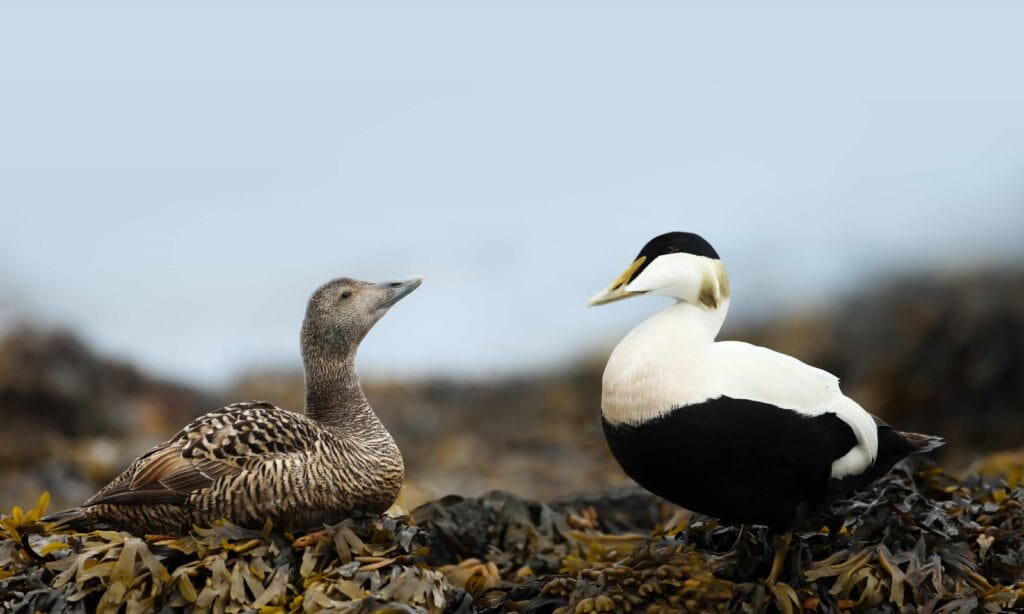
Bird Watching as an Activity
Just like all other things in Iceland, bird watching is also considered as a huge tourist activity and is very popular among tourists. Several tourism companies and agencies in Iceland offer great guided bird watching tours in Iceland some of which are customizable. Guided tours are a great way to move around the top spots to catch a sight of these birds in their natural habitat. Another plus about guided tours is that you will be well informed about the guidelines that you should be following when approaching the birds. From puffins to seagulls, all birds are very sensitive to people approaching them especially when they are in the middle of nesting and breeding.
Another way people prefer to engage in the activity of bird watching is on their own. Most people who take on self-driving as their preferred mode of transportation for their travels around the country choose to find bird-watching spots on their own. While it is a great way to enjoy the bird-watching, you should make sure of the fact that you know all the right places to look for the species you want to watch and that you are aware of the things you need to take care of when approaching the birds. Bird watching and photography is a whole other world in Iceland like watching and photographing the northern lights.
Circle Out the Species
Just like out of the several destinations in Iceland there are a few places that you must visit during your trip, there are some species that you must get to take a look at when you go bird watching in Iceland. We have prepared a list of the top species, both nesting and migratory, that you must find out on your bird watching endeavors in the land of ice and fire.
Atlantic Puffins
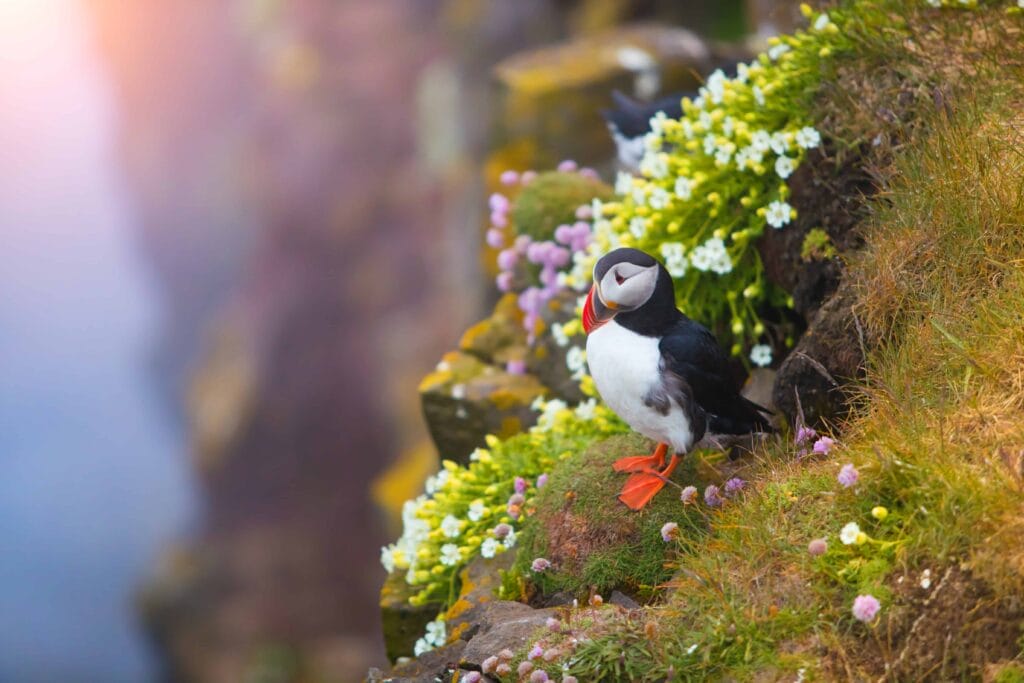
Tourism in Iceland is not complete without a good look at the puffins. The Atlantic Puffins can be found from May to September in the country. It is the official season for the puffins to breed and nest in Iceland. During this time, Iceland houses almost 60% of the total population of puffins in the entire world which makes up for a huge number of little wobbling puffins waiting to meet you, from a safe distance though. The estimated total population of puffins in Iceland counts up to about 2 million pairs. This distinct thing about these small birds is their bright colorful beaks. The orange color of the beak contrasts well with their black and white feathers.
The best places to catch puffins and Iceland include Latrabjarg cliffs, Dyrholaey rock on the southern coast, Tjornes Peninsula, Natural Reserve of Ingolfshofdi, Westman Island , Snaefellsnes peninsula , and Papey Island. You don’t need to ride a boat in some of these places to get to see the puffins like Dyrholaey island. But if you prefer to enjoy a boat ride then going puffin watching on Papey island or Heimaey island is a good deal.
Golden Plover

These small birds are said to be the carrier of the springtime in Iceland. The Golden Plovers are related to this notion in such a way that the national paper publishes a picture of this bird every summer as soon as the summer arrives, somewhere between 20 th and 30 th March. The reason Golden Plover’s arrival such a hype in the country is because of its environmental challenges. The arrival of golden plover signifies the end of the harsh winter season and the arrival of the more pleasant summer season.
Golden Plovers are known for their colorful appearance and the single repeated chirp that they let out. They can only be found in the spring-summer-fall season, as long as the ground stays free of snow because worms are their primary diet and it is impossible to get any of those when there is snow everywhere. Golden Plovers can be found near any freshwater body in Iceland. They arrive in late March and generally stay till September . There are times and some places when you will be able to spot the ducks through September and early November . Lake Þingvallavatn in the southern part of Iceland and Lake Mývatn of the Diamond Circle are great choices for catching these beautiful little colorful birds.

All fans of Harry Potter should get aboard this train, without a doubt. The gorgeous snowy owls of Iceland are everything that you expect to see after hitting all seven parts of the Harry Potter and falling for Hedwig in the process. The Snowy owls of Iceland are one of the rarest appearances in the country and are birds of prey. Most of these majestic creatures have been seen in a year is about 10 times. It is considered a real reward for bird watchers if they get to catch a sight of these birds.
The reason snowy owls are so rarely seen in Iceland is that they do not breed in on the country ground. Moreover, since they are snowy owls, they tend to appear when it is snow all around in Iceland which means that there are very few chances for them to find the ideal meal for proper nourishment. In addition to the snow, the winters bring a lot of dark hours which makes it even more difficult to spot them. East fjords and the Highlands are pretty great places to try and get a look of snowy owls.

Normally people who are visiting Iceland in winters do not expect to see any birds since the nesting and breeding season is already over for the country and most of the migratory birds have already returned. For those who are trying to catch a sight of both the northern lights and the beautiful birdlife of Iceland, Little Auk may have something in store. While Little Auks do not breed in Iceland anymore, they can still be seen regularly in the winter season. The best shot you have at seeing these is away from land, near the shore.
Common Raven
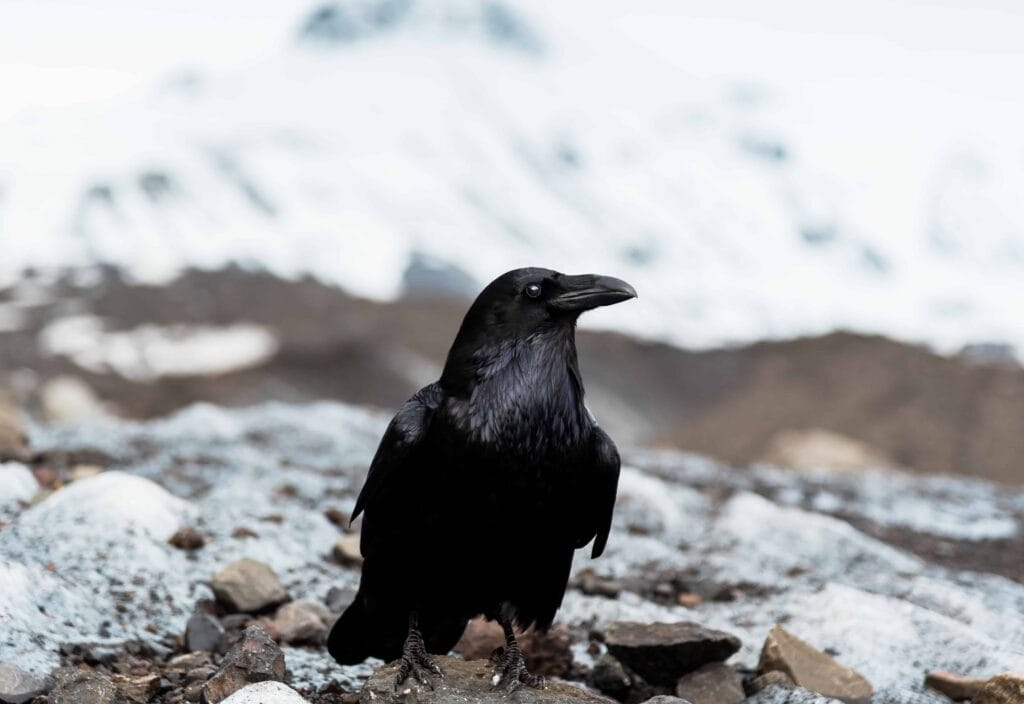
Just like tourists are generally very big on, ravens are the most popular bird in Iceland among the locals. Many Icelandic myths, legends, and saga have mentioned ravens in them and there are several poems, folk songs, and stories are written about ravens in Iceland. It is even said that the Norse God Odin used to have two ravens, Huginn and Muninn (‘Thought’ and ‘Memory’). He would travel the world and tell his stories to his ravens. Hence, Raven signifies wisdom, knowledge, and mysticism in Iceland.
Several superstitions involve ravens in Iceland. It is said that if a raven happens to let you stroke his feathers, it will tell you some secrets of the future. If you see a raven being noisy on a rooftop, it may signify that someone, somewhere near is drowning. If they fly directly at you overhead then this action may signify extremes like death and prosperity depending on the direction that they fly in.
It must be evident now that ravens can be seen in most parts of the country. The moving patterns of ravens generally signify the starting of winters like the arrival of Golden Plover signify the arrival of the spring season.
Red-throated Diver
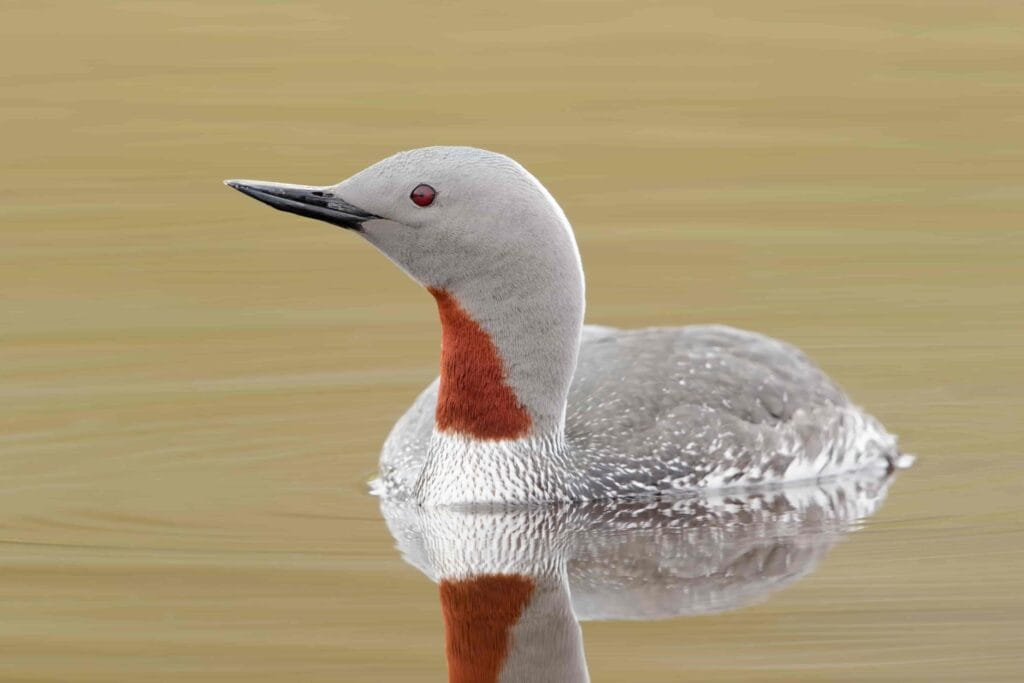
This gorgeous species of duck is as beautiful as it sounds. The red-throated diver is a golden-colored duck with a beautiful and distinct red-colored throat. The species is a very common breeder in Iceland and they can be seen and heard in the springtime very easily. There are some places where you can catch a sight of these beautiful birds in the winter season as well. While you can find the ducks in almost all places, the Flói area of southern Iceland, Mýrar in western Iceland, Hérað in eastern Iceland, and Öræfi in south-east Iceland are some particularly great places to find the birds going about their day.
Arctic Terns
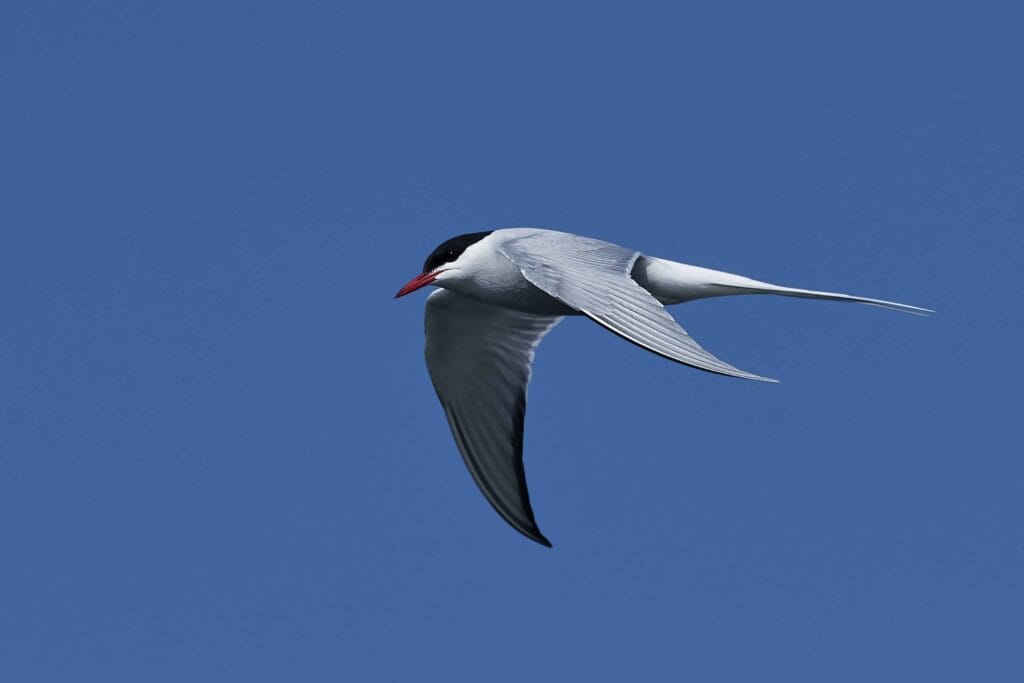
Traveling straight from Antarctica to Iceland every single year, the Arctic Terns have one of the longest migration routes in the world of migratory worlds. They travel about 80,000 kilometers every year to breed and nest in Iceland in the summer season and go back to Antarctica. The total distance that an Artic Tern covers in its lifetime can be equal to three round trips to the moon which, truth be told, is a very large distance to cover. They see the most amount the sunlight in comparison to any other living creature. Reykjavík , Grótta lighthouse on the Seltjarnarnes Peninsula, Jökulsárlón glacier lagoon , and other coastal areas are the places where you can find Arctic Terns in abundance.
Arctic Terns tend to nest by digging burrows in the ground so it is very important you maintain a good distance from their nesting area so that you do not step on the sensitive ground or loose soil. Arctic Terns are very fierce. They protect their eggs in such a way that there is no need for them to nest in protected places like other birds. If anything or anyone disrupts the peace of these birds or seems like a potential threat to a single Arctic Tern, the whole colony rises and dives to protect the bird. Their extremely sharp talons and beaks are quite dangerous and can cause a lot of damage.
White-Tailed Eagles
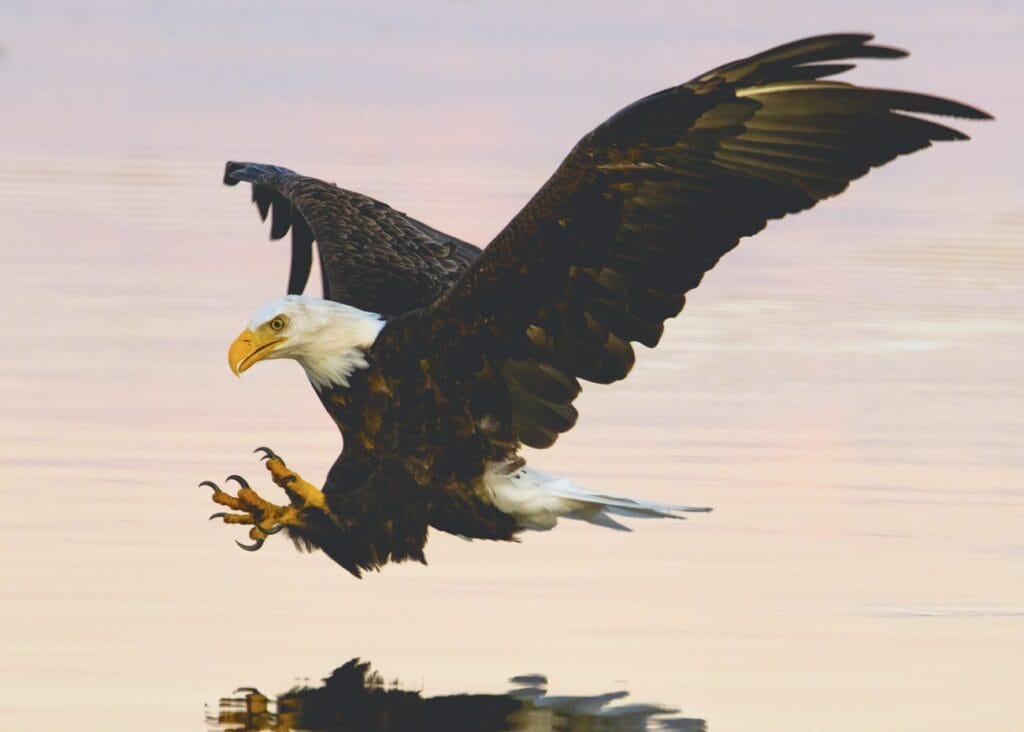
The largest bird to be found in the country, the white-tailed eagles are a great example of big beautiful birds that the country can proudly boast of. The wings of a white-tailed eagle spread up to 2.5 meters which makes them every bit majestic as they sound to be. Birds of prey like the snowy owls, you can find these beautiful birds in coastal areas. Not limiting to anything at all, the white-tailed eagle preys on fishes, rodents, other smaller birds, and even lambs, which turns to be a not-so-happy incident for farmers.
White-tailed eagles are like royalty in Iceland. The species was at the brink of intinction around the late 19 th century. Severe protective measures were taken to reverse the decline of the population of the birds and save them. Starting from a low of just a few pairs, Iceland now has about 70 pairs of white-tailed eagles. The center of the white-tailed eagle in Westfjords is the perfect place to catch a sight of these glorious birds with ease. Other places you can try to get a glimpse include coastal areas of the western part of the country.
Rock Ptarmigans
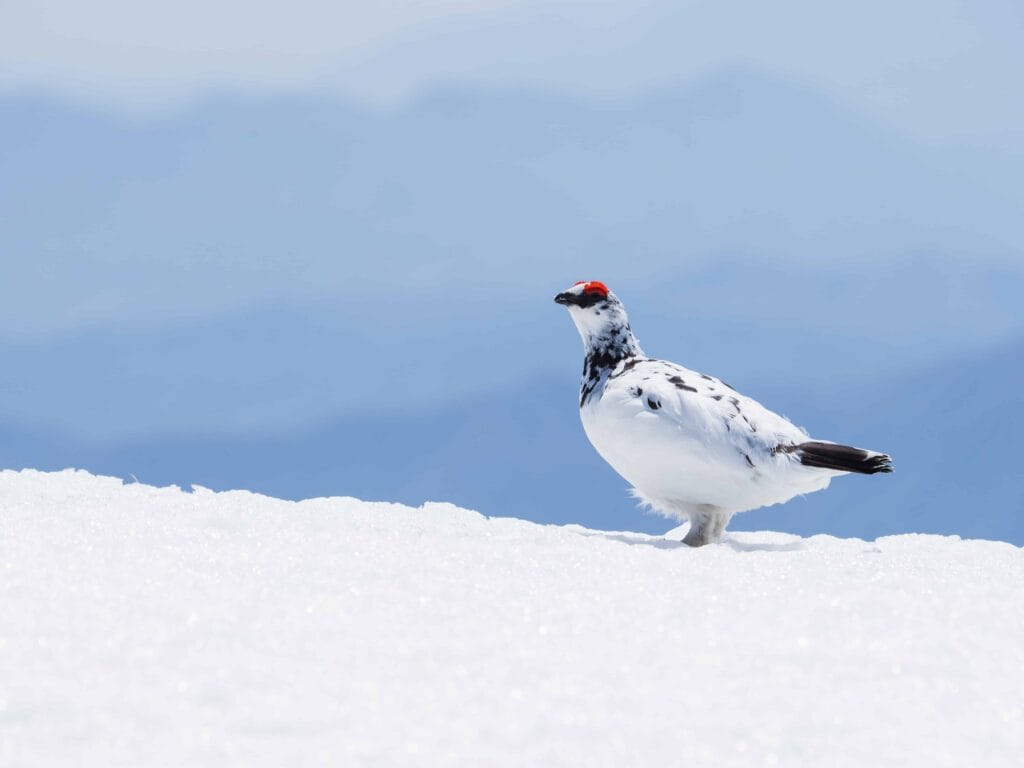
This is one of the very few species that you can find all year round in the country. Rock Ptarmigans are hunted in Iceland for food and they are extremely popular for being one of the main dishes in festival buffets. Unlike other species of birds available in the country, Rock Ptarmigans prefer to walk around instead of flying. They often use their surroundings as camouflage since they are generally hunted.
Hunting Rock Ptarmigans was banned for a short while during 2003-2004 but was resumed again in 2005. Now, there are some selected days in which hunting these birds is completely prohibited but only for personal use and consumption. There are several places where Rock Ptarmigans are protected and these are the places you will find them in greatest numbers. The best places to find these birds include Skaftafell Nature Reserve and Hrísey Island in the North. These birds mostly eat berries, seeds, small insects, and buds which means that you can find them in areas that are loaded with lush vegetation.
Northern Fulmar

Thick neck, short bills, and rigid wings are the signature features of northern fulmar which incidentally distinguishes them from seagulls. Northern fulmars are one of those species which can be found all year round in the country. Two kinds of fulmar can be found in Iceland. One is generally white with some grey patches while the other has a more uniform grey overtone.
Even though the breeding rate is declining, you can still find up to 2 million pairs of northern fulmars in the summer season which increases up to 5 million in winters. This particular trend is very unlikely among other spices but it is quite the opposite when northern fulmars are concerned. You can easily find these birds in Látrabjarg in the Westfjords which is a pretty famous place to find puffins as well. Other places include Krýsuvíkurbjarg on the Reykjanes Peninsula .
A very distinct attribute of Northern Fulmars is the very strong stomach oil that they produce. It is powerful enough to fuel the body during long flights, feed chicks, and even to save their neck from predators. The oil is extremely difficult to remove once it touches the feathers of a bird and carries a rather pungent smell. The oil is so thick that it ends up clogging the feathers and may even cause death.

Best time to Go Bird-Watching
If you are hoping to find as many species of birds as it is humanly possible then visiting in the summer season is your best bet. All the migratory birds are in back in the area for the breeding and feeding season so you have a great chance to every bird you wish to catch a glimpse of. May and June are the best months to go bird watching in Iceland . The more the daylight, the more time you will have to explore the landscape to find the birds. And since June is the month that has the summer solstice, it is the perfect time to get acquainted with birdlife.
Gear-up for Bird-Watching
Be it summer or winter, the weather is pretty rambunctious in Iceland. And it is always colder than in most places in Iceland. So, the right thing to do here is to always be prepared for the weather with a few warm layers wrapped around your body. It is best if you go with wearing 2-3 layers of warm clothes instead of wearing just one extra warm jacket. The weather may be sunny one second and may get windy the other. It may start raining at any point in the day so you must always be prepared for all the possibilities.
Also, ensure that you wear sturdy hiking boots as some of your expedition can take to high cliffs or roads and trails with hard to conquer the ground area. If your boots are water-resistant then it will be a better option as you will be set if it happens to rain.
Most bird watching tours are a part of a single-day trip which means that you will not need to drag around any sort of heavy luggage for the tour unless you are on a long self-driving tour. You may need to carry a small day pack which is big enough to carry a small lunch pack and some daily essentials like medicines, chargers, power banks, etc.
It is smart to carry a notebook and pencil/pen to record the species that you find on your expeditions. Having binoculars may also come in handy to be able to get too close to the birds to get a better look.
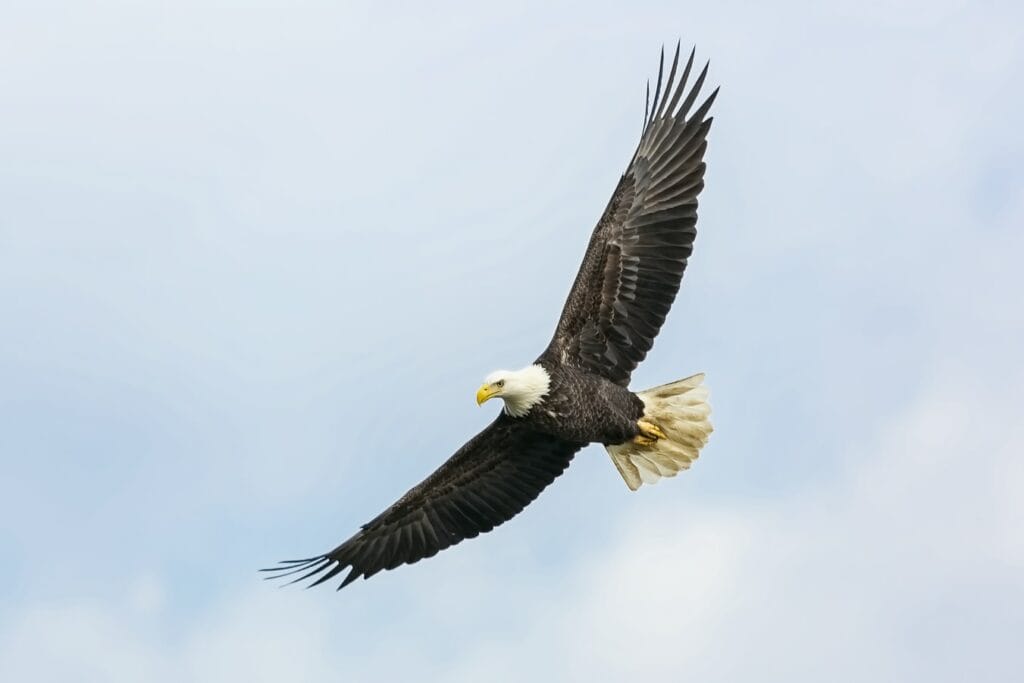
Popular Articles

10 Unique Activities Around Iceland
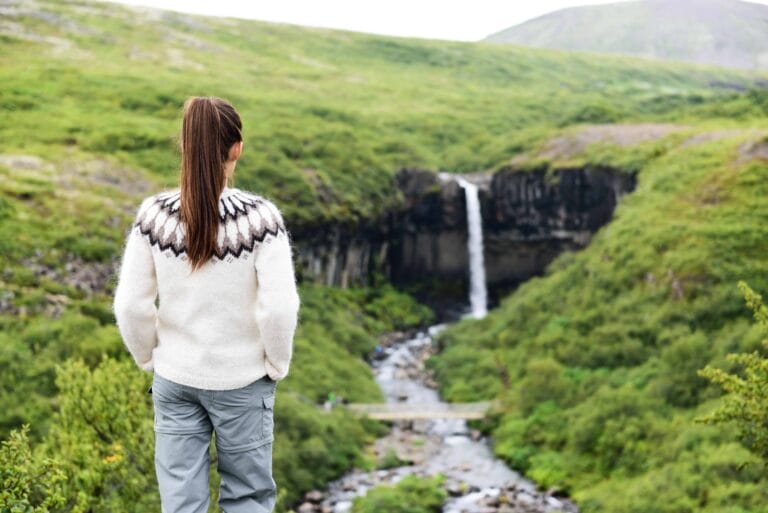
Iceland Packing List

Top Alternatives When Your Iceland Tours Get Canceled

Best Selling Self Drive Activities in Iceland | Summer 2023
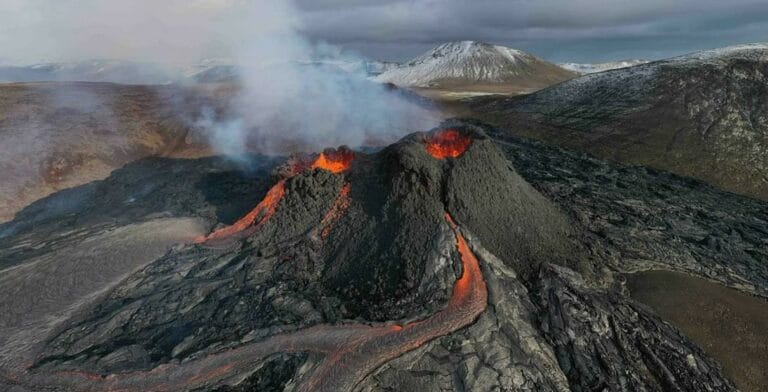
Volcano in Iceland: July 2023 Eruption at Litli-Hrútur | All you need to know
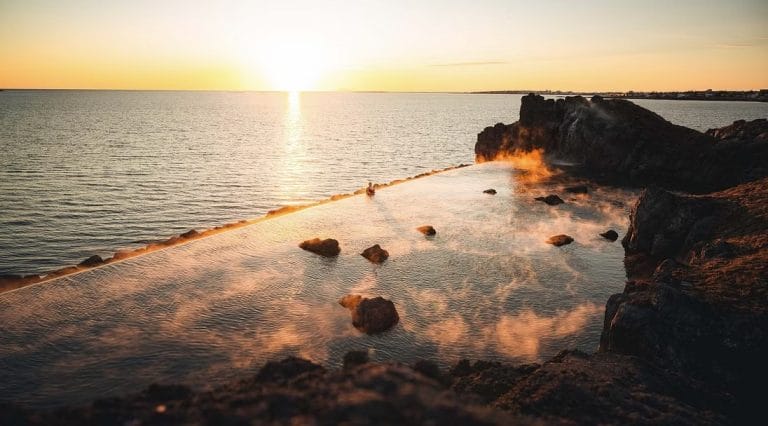
Sky Lagoon vs Blue Lagoon

Top 10 Iceland Locations
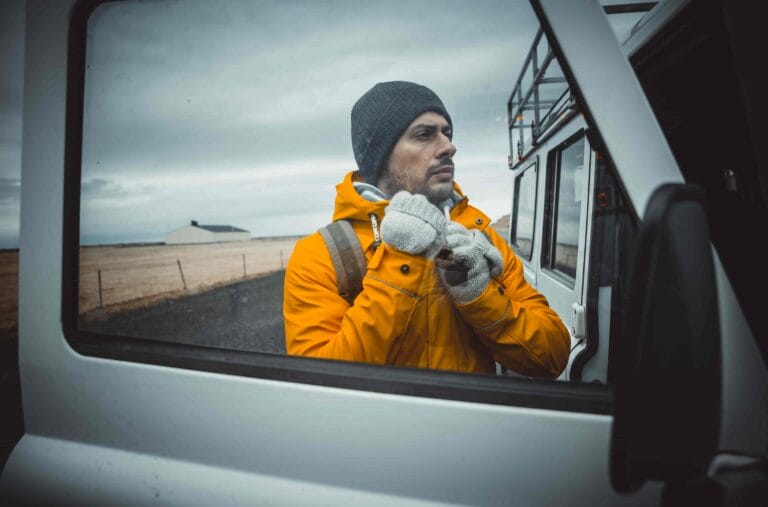
Black Friday Deals for your trip to Iceland 2021
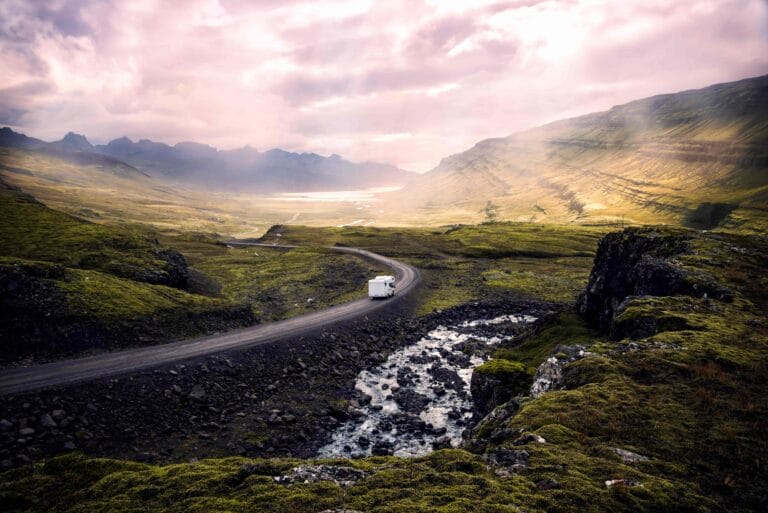
7 Reasons why you should Rent a Camper Van in Iceland
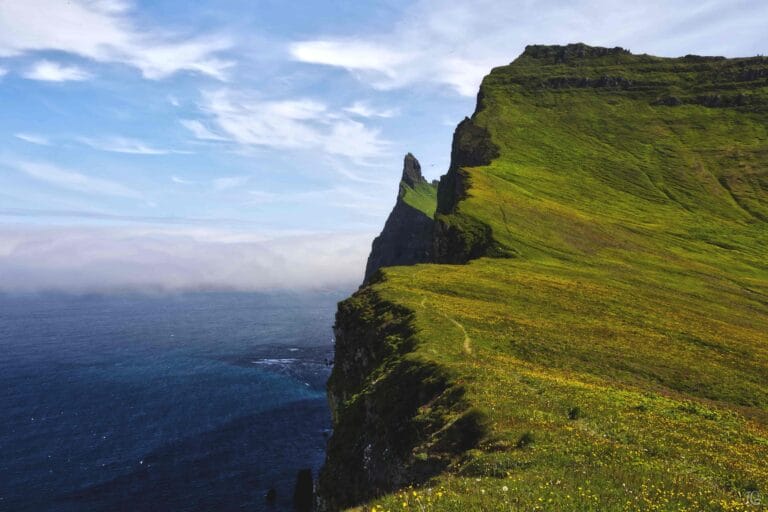
How to hike Hornstrandir on your own?
Popular things to do, sightseeing tours, glacier tours, hot spring tours, ice cave tours, glacier hiking tours, hiking tours, super jeep tours, northern lights tours, whale watching tours, popular tours.

Around Iceland Tour | 6-Day Adventure on Iceland’s Ring Road
Travel style, starts from, from 279,990 isk.
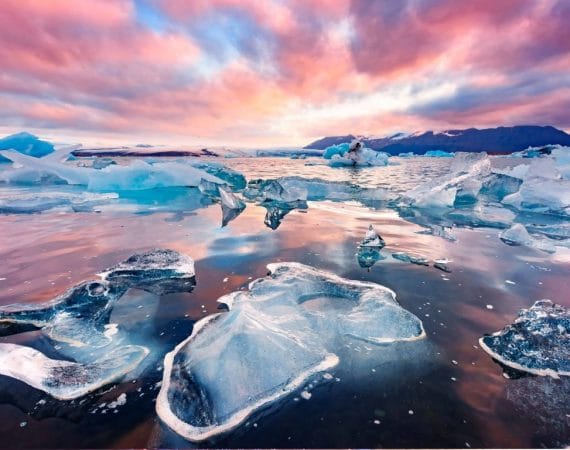
2 Day South Iceland Tour; Glacier Hike, Jokulsarlon & Diamond Beach
From 77,900 isk.
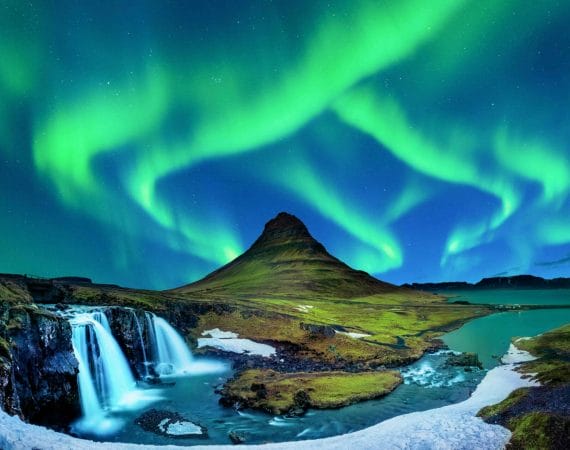
8 Day Iceland Tour – Winter
From 329,900 isk.
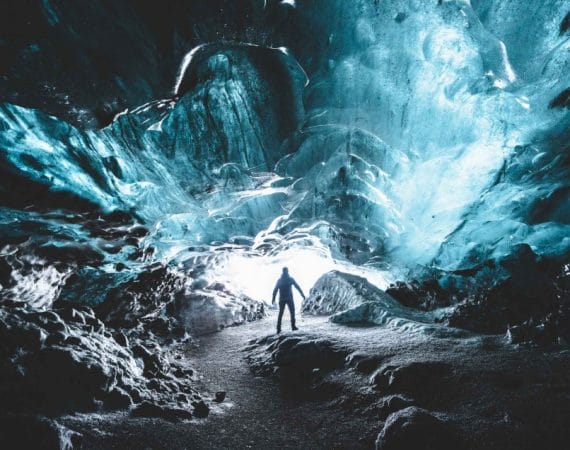
Katla Ice cave from Reykjavik
From 37,900 isk.
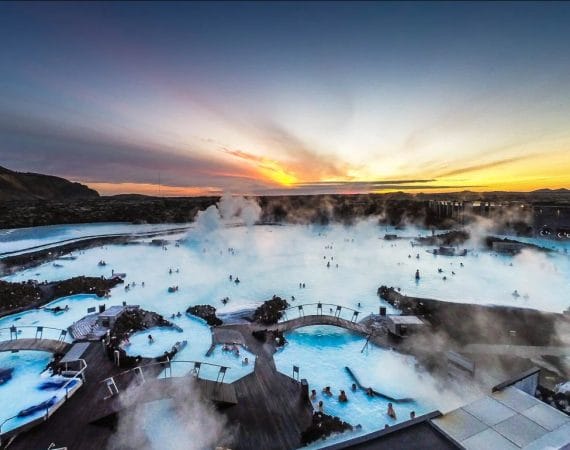
Golden Circle, Blue Lagoon & Northern Lights | Small Groups
From 37,990 isk.
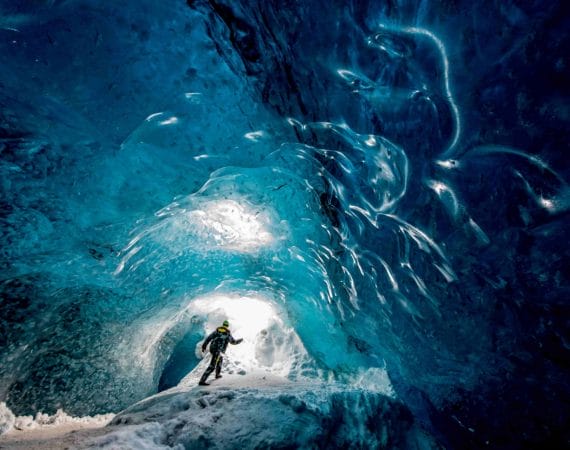
Skaftafell Ice Cave & Glacier Hike
From 19,900 isk.
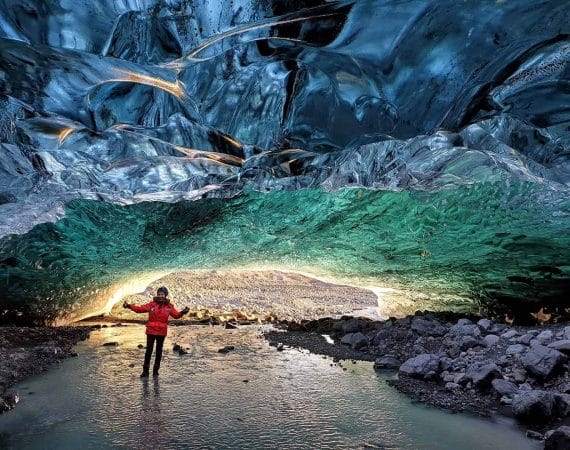
Vatnajokull Crystal Ice Cave | The Largest Glacier in Europe
Jokulsarlon Glacier Lagoon
From 21,900 ISK

4-Day Package | Blue Ice Cave, Golden Circle, South Coast, Snaefellsnes & The Northern Lights Tour
From 199,990 isk.
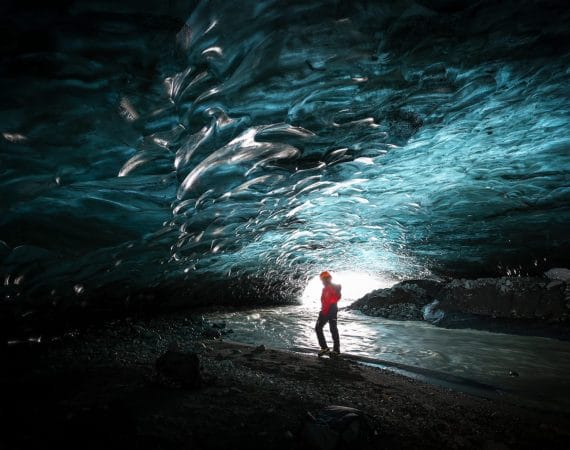
2 Day South Coast Tour | Ice Cave, Skaftafell, Jokulsarlon, Diamond Beach
From 79,990 isk.

Into the Glacier – from Húsafell
From 24,900 isk, more interesting articles.

Hiking in Kerlingarfjöll – Hiking Routes & Guides
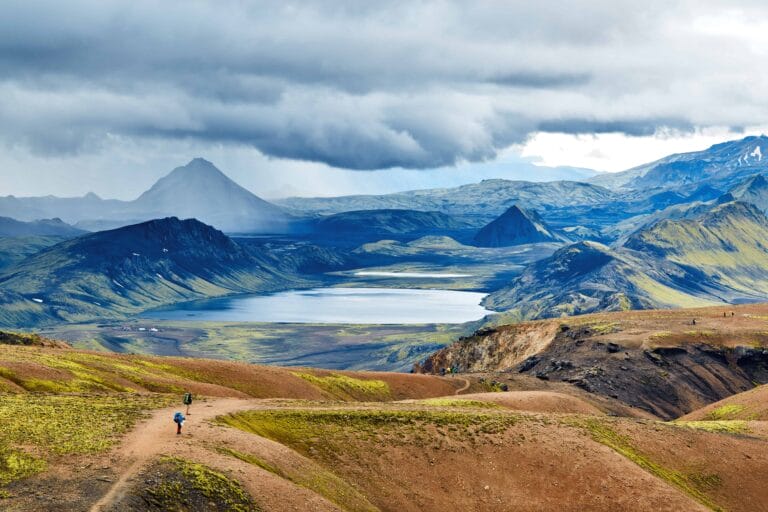
Hiking in Landmannalaugar | Hiking Routes
Most popular things to do in iceland.

Snowmobile Tours

Horse Riding Tours

Top Attractions in Iceland

Seljalandsfoss

Reynisfjara

Jökulsárlón

Blue Lagoon
Explore iceland by region.

Golden Circle
South iceland.

Snaefellsnes

West Iceland

East Iceland

North Iceland

Hidden Gems

- Blue Lagoon & Northern Lights Experience
- City Sightseeing – Hop On Hop Off & Icelandic Wonders
- Explore Golden Circle & Lava Tunnel
- Explore The Lava Tunnel & Whale Watching
- Golden Circle & Blue Lagoon Expedition
- Golden Circle & Northern Lights
Horseback riding along the South Coast.
- Golden Grand Circle & Horseback Riding Adventure Tour
Hiking to Volcanoes and Northern Lights Tour
Volcano eruption site and blue lagoon admission tour.
- Landmannalaugar Hiking, Natural Hot Springs & Háifoss Tour
South Coast and Sky Lagoon Tour
Flyover iceland and golden circle excursion.
- 2 Days Tour South Coast: Ice Cave & Jökulsárlón Glacier Lagoon
- 3-Day South Coast & Golden Circle Adventure Exploration
- 4-Day Northern Lights, Snæfellsnes & Glacier Lagoon
4-Day Iceland Highlights Tour: Golden Circle, Jökulsárlón, South Coast, Landmannalaugar
- 5-Day South Coast & Northern Lights Adventure
- 5-Day Snæfellsnes & South Iceland Expedition
- 6-Day Iceland Grand Adventure: Ring Road, Golden Circle, Mývatn, Hot Springs, Waterfalls & Glacier Lagoon
7-Day Ultimate Iceland Experience
8-day iceland ring road expedition, 9-day iceland highlands and volcano expedition.
- Private Day Tours
Exploring the Enchanting Geothermal Wonders of Landmannalaugar
- Coach Rental

Discover the Enchanting World of Birdwatching in Iceland
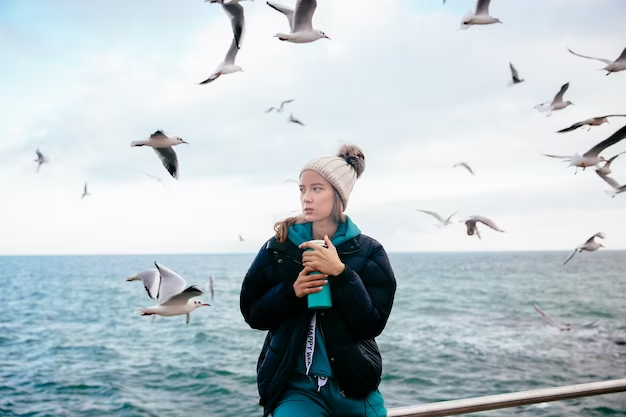
Welcome to the breathtaking birdwatching in Iceland, an avian paradise in the North Atlantic. Iceland’s unique landscapes and diverse avian life make it a dream destination for birdwatchers, both seasoned and newcomers alike.
In this blog, we will explore some of Iceland’s top birdwatching sites, the remarkable bird species that call this island home, essential birdwatching tips and techniques, the best time to visit for optimal birdwatching experiences, and the necessary equipment and gear to make your trip a memorable success.
Birdwatching in Iceland Hotspots
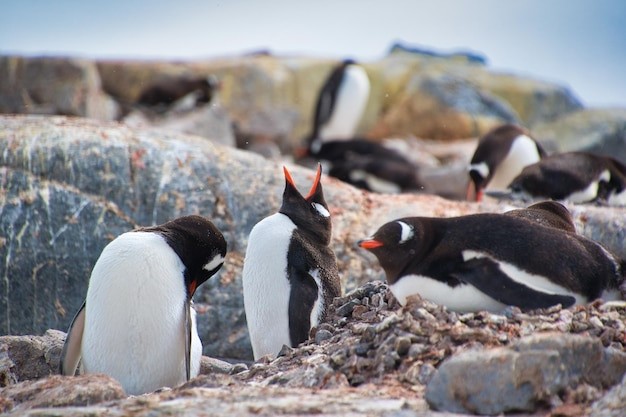
Iceland boasts a myriad of sites for birdwatching in Iceland, each offering its unique charm. The cliffs of Látrabjarg, towering over the ocean, are a haven for thousands of seabirds, including the iconic Atlantic Puffins.
Lake Mývatn, with its serene beauty, attracts a vast array of waterfowl and waders, while the Westfjords are teeming with diverse bird species due to their varied landscapes. Iceland’s biodiversity will be awe-inspired, from coastal areas to lush wetlands.
1.Cliffs of Látrabjarg
Located in the remote Westfjords region, the Cliffs of Látrabjarg is a birdwatching paradise and a breeding ground for countless seabirds. These towering cliffs, stretching over 14 kilometers, are home to one of the largest seabird colonies in the world.
You will find Atlantic Puffins, Razorbills, Guillemots, and Northern Gannets nest precariously on the sheer rock faces here. Witnessing these colorful birds in their natural habitat, with the crashing waves of the North Atlantic below, is awe-inspiring. For the best experience, visit during the summer breeding season when the cliffs are bustling with activity.
2. Lake Mývatn
This serene lake, situated northeast of Iceland, is a mecca for birdwatchers seeking a diverse range of waterfowl and waders. Lake Mývatn’s shallow waters and nutrient-rich mud flats attract a variety of bird species, including Red-necked Phalaropes, Common Eiders, Barrow’s Goldeneyes, and Great Northern Divers.
The surrounding wetlands are also vital nesting sites for many species. While exploring the lake’s surroundings, watch for Arctic Terns fiercely protecting their nests and chicks, providing a fascinating display of parental dedication.
3. Westfjords
The Westfjords region is a haven for birdwatchers seeking to immerse themselves in Iceland’s untamed beauty, covering a vast expanse of rugged fjords, dramatic cliffs, and lush valleys. The diverse habitats found here support a wide array of birdlife.
Nesting seabirds frequent the cliffs and coastal areas, while the inland wetlands attract waterfowl and waders. Arctic Foxes, known for their scavenging habits, are sometimes spotted in this remote region, adding to the sense of adventure and wilderness.
4.Hornstrandir Nature Reserve
For those seeking a truly off-the-beaten-path experience, Hornstrandir Nature Reserve offers an unparalleled opportunity to observe Iceland’s untouched wilderness and unique bird species. As a protected area with no roads, the reserve can only be accessed by boat or on foot.
This remoteness has allowed the birdlife to flourish undisturbed. Arctic Skuas, Arctic Terns, and Snow Buntings are among the many birds that find sanctuary in this pristine environment.
5.Snæfellsnes Peninsula
Situated on Iceland’s west coast, the Snæfellsnes Peninsula is a picturesque region boasting diverse birdwatching opportunities. The coastline, with its sea stacks and cliffs, provides nesting sites for various seabirds.
At the same time, the volcanic plains and wetlands attract numerous species of waterfowl. Please keep your eyes peeled for the charismatic Harlequin Ducks, often spotted in fast-flowing rivers and streams, showcasing their striking plumage.
Unique Bird Species in Iceland
Prepare to be captivated by the extraordinary bird species that inhabit Iceland. With their colorful beaks, the adorable Atlantic Puffins are a sight to behold as they come ashore to nest. The majestic Gyrfalcons, the largest of all falcon species, rule the skies with their awe-inspiring aerial displays.
Other unique birds include the striking Harlequin Ducks and the elegant Red-throated Divers. These avian wonders play crucial roles in Iceland’s ecosystem, and some may even be considered endangered, making them all the more special to observe and protect.
Tips and Techniques for Birdwatching in Iceland
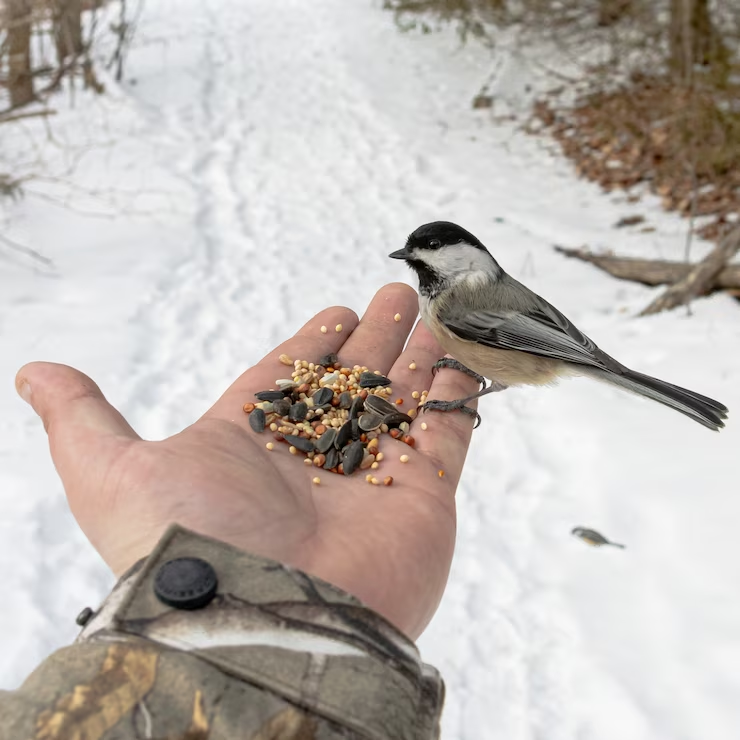
For a successful birdwatching in Iceland adventure , mastering some essential techniques is key. Identifying bird species based on their features, behaviors, and calls will enhance your experience. Patience and stealth are essential, as birds are easily spooked.
If you are keen on capturing the magic through bird photography, maintain a safe distance and avoid disturbing their natural habitat. Responsible birdwatching ensures that these beautiful creatures thrive in their environment.
Best Time to Birdwatching in Iceland
The best time to indulge in birdwatching in Iceland largely depends on the birdwatching season and migration patterns. Spring and summer are prime times to visit, as migratory birds flock to the island to breed and nest.
Witnessing their courtship rituals and caring for their young is a truly heartwarming experience. Additionally, consider planning your trip around birdwatching events or festivals to fully immerse yourself in Iceland’s avian wonders.
Equipment and Gear Birdwatching in Iceland
To make the most of your birdwatching in Iceland excursion, invest in good-quality binoculars to observe the birds in their natural habitat without disturbing them. Field guides are invaluable resources for identifying different species, and they will greatly enrich your knowledge about the avifauna of Iceland.
Since Iceland’s weather can be unpredictable, dressing in layers and wearing weather-resistant clothing is essential to stay comfortable while exploring diverse terrains.
Congratulations, fellow birdwatchers, for embarking on this unforgettable journey into the avian paradise of Iceland. Iceland promises an enchanting and rewarding birdwatching experience with its diverse landscapes and extraordinary bird species.
So, pack your binoculars, field guides, and camera, and get ready to be amazed by the North Atlantic’s avifauna. Plan your trip, share your experiences, and let the magic of birdwatching in Iceland unfold before your eyes.
- Share This Post:
Recent Posts
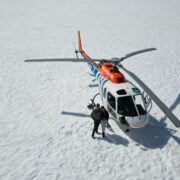
Discovering Iceland: Unveiling 5+ Attractions in Reykjavik Capital
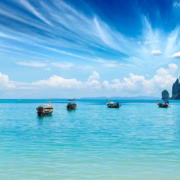
Blue Lagoon: Unveiling Iceland’s Most Famous Geothermal Spa
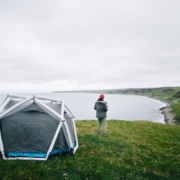
Guide to the Best Sites for Camping in Iceland
Last minute deals.
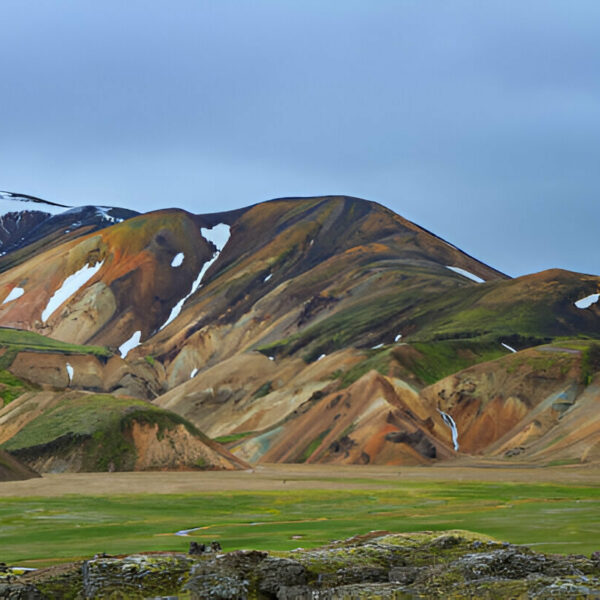
The Golden Circle Small Group Tour with Friðheimar Farm Experience
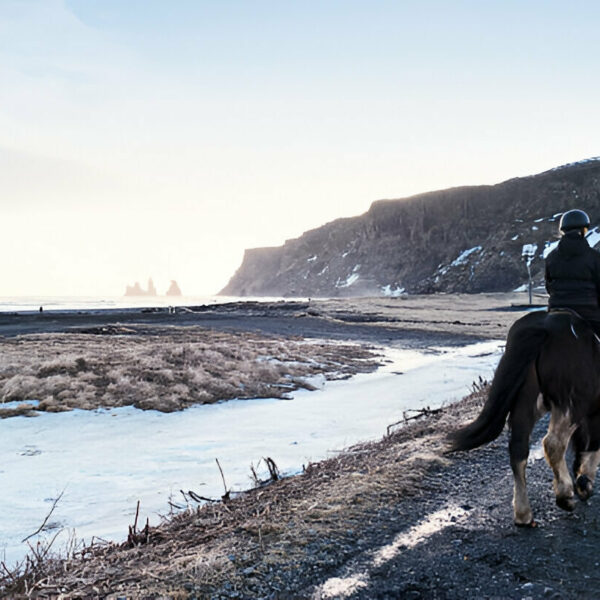
Golden Grand Circle & Horseback Riding Adventure Tour
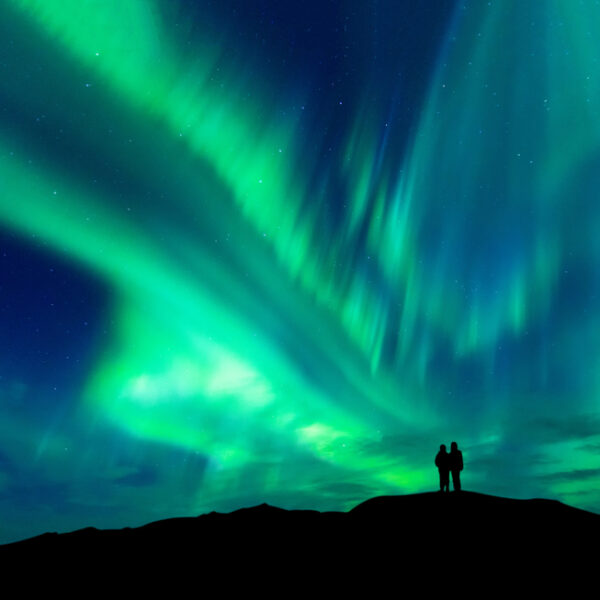
Landmannalaugar Hiking, Natural Hot Springs & Háifoss Tour
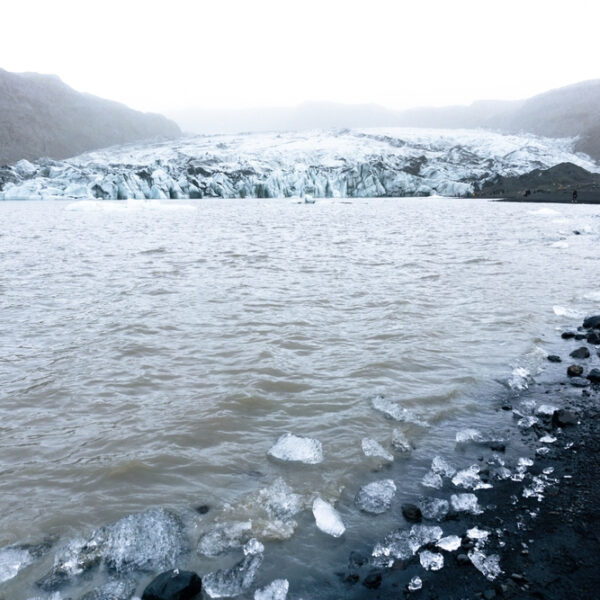
City Sightseeing - Hop On Hop Off & Icelandic Wonders
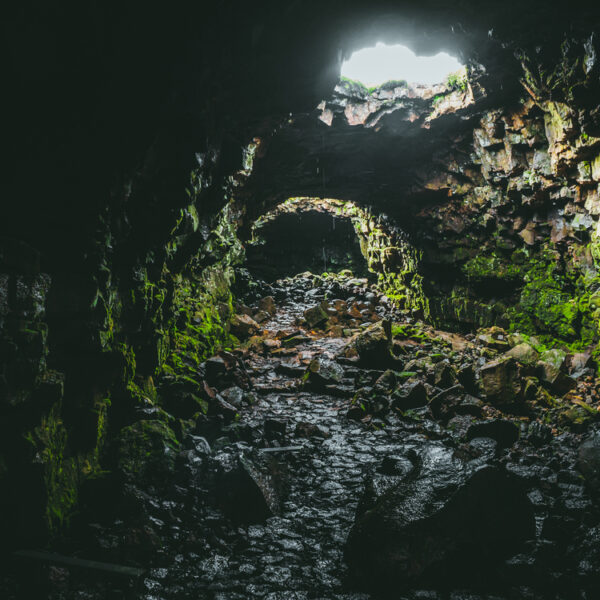
Explore Golden Circle & Lava Tunnel
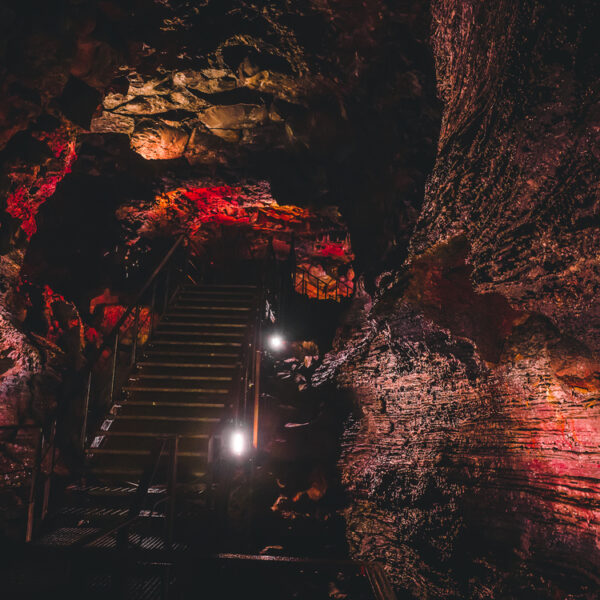
Explore The Lava Tunnel & Whale Watching
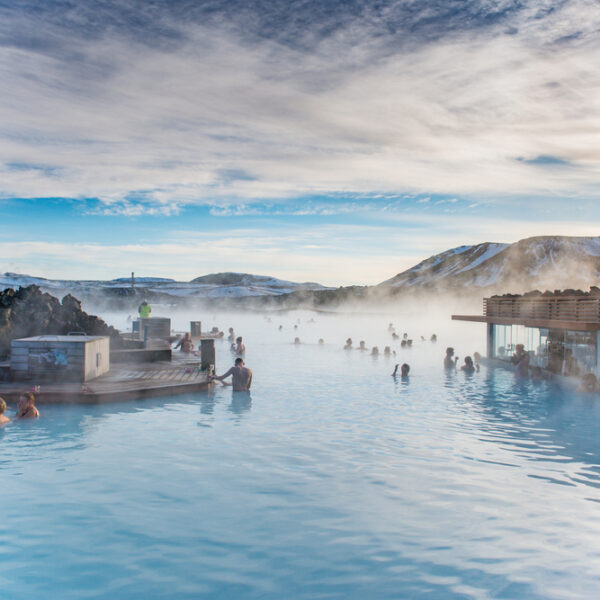
Blue Lagoon & Northern Lights Experience
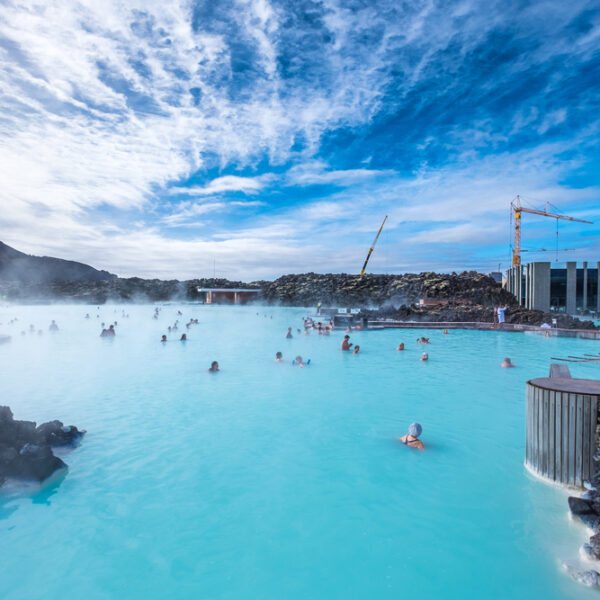
Golden Circle & Blue Lagoon Expedition
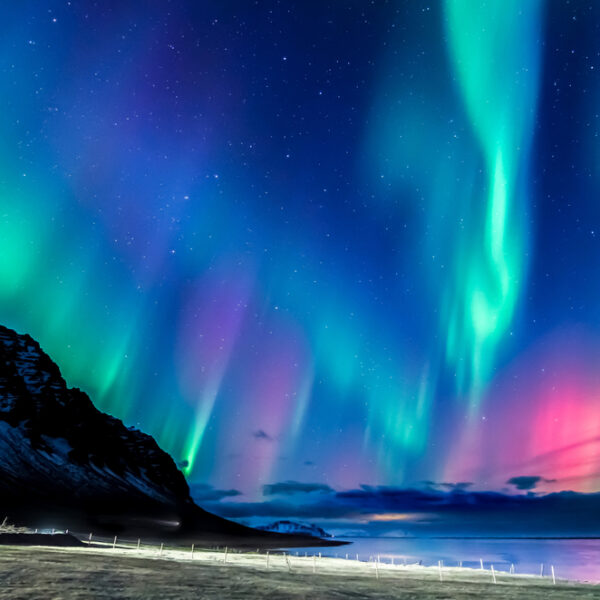
Golden Circle & Northern Lights
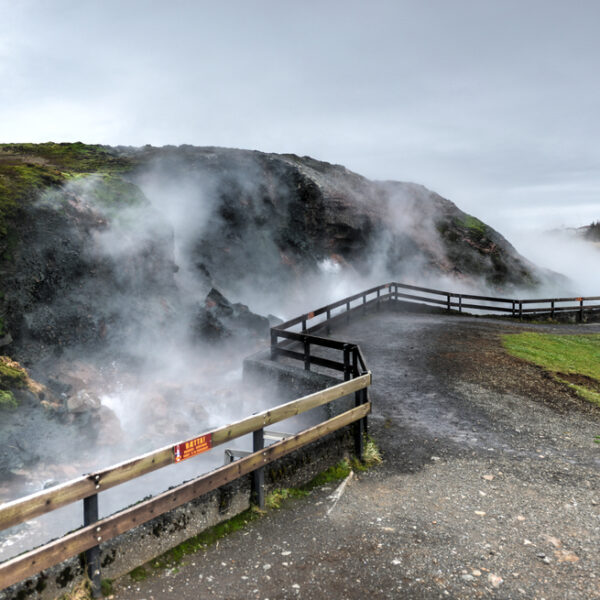
Laugavegur Trek with glacier hike - 7 Day (Huts)
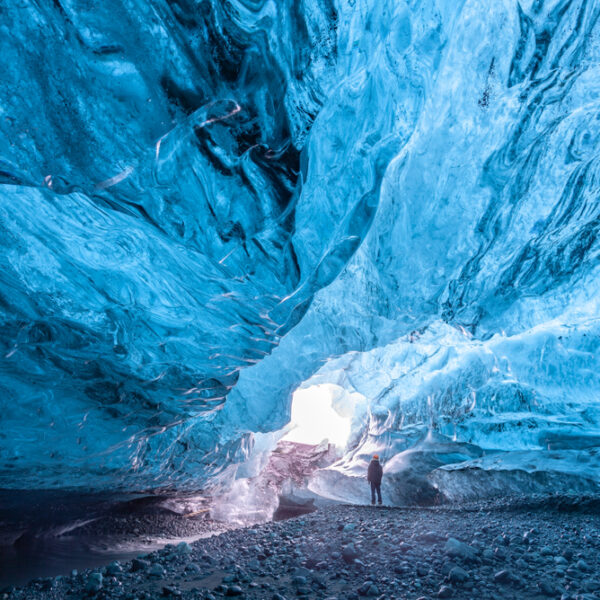
Reset Password
Sea kayaking, one of the most exhilarating ways to experience antarctica, the arctic and beyond..
Sea kayaking holidays in the humbling wilderness of Antarctica , the Arctic , and some of the world’s most biodiverse regions, are guaranteed to stir your soul. Paddle between brash ice and icebergs of all shapes and sizes, absorbing the majestic scenery as it unfolds before you.
In Antarctica, keep your camera on-hand for unforgettable encounters with penguins, seals and whales, and occasionally leopard seals or orcas. In the Arctic, prepare to paddle under nesting bird colonies, past massive glaciers and around large iceberg.
Led by experienced guides , you and your small group of like-minded adventurers will paddle between ice floes, brash ice and icebergs of all shapes and sizes. Paddling is one of the best ways to access and intimately explore the beautiful coastlines we visit and therefore make the most of your time in the wild and remote destinations we visit .
‘Getting out amongst it’ is our philosophy, and that is exactly what we do. Weather permitting, the sea kayaking activity is normally available anytime the other expeditioners go out. Rather than travelling large distances, our aim is to ensure you see as much as possible. We paddle between 5 to 15 kilometres (2 to 4 hours) per outing, often taking a snack and a flask of hot chocolate to enjoy on our excursion.
Each small group of kayakers (up to 10 per guide) will have their own intimate exploration of the small hidden bays and coasts that are inaccessible to Zodiacs. Of course, we also make time for your own shore excursions and wildlife encounters.
The elements play an important role in our sea kayaking program. It is important that you have an adventurous attitude and understand that the weather can impact our kayaking time.
For all of our trips, you must be active in the outdoors and have an adventurous spirit. The level of experience differs slightly depending on the region you are visiting.
For most temperate and polar you should be an intermediate paddler. In South Georgia however, conditions can be more varied and you require solid paddling experience in ocean swell and wind.
For our tropical trips some prior paddling experience is needed. We may encounter wind on these trips, however the water is fairly protected.
You do not need to be an expert or know how to roll. However, you must be able to swim and you should have experience in a wet exit and assisted re-entry. You should also be proficient at putting on a spray skirt by yourself and be comfortable paddling on seas with up to half a metre swell. It is also important that you gain some practice getting into a kayak from a pier, wharf, or deep shoreline where you can’t step into the kayak from standing position. You can easily practice all of this at home, plus paddling in a variety of weather conditions, before your trip.
What about beginners up to the challenge?
Our guides do not offer instructional classes for beginners. Therefore, the sea kayaking option is unsuitable for complete novices. However, there is often ample time to gain the required experience before you depart. We may be able to recommend a reputable sea kayak operator in your area for some tuition prior to the trip.
Your guide will assess your ability on the initial paddle, and if you have insufficient experience, he or she reserves the right to restrict your participation in rougher conditions.
You should be fit enough to paddle for up to three hours and climb between moving Zodiacs on the water. Regular exercise is recommended, because the fitter you are the more you will enjoy the experience. The more paddles you can do before the trip, the better. We recommend at least three outings prior to your voyage.
Polar regions
During summer the air temperature in the Antarctic Peninsula, Greenland and Spitsbergen are generally above freezing but can range from -4°C to +5°C / 24.8°F to 41°F. The water temperature in the polar regions is close to freezing and winds sweep off the glaciers, making paddling a chilling experience. In South Georgia, there are stronger winds and swells than in Antarctica. Scotland, Iceland, Norwegian coasts are warmer with water temperatures of around 12 °C/ 53.6°F.
Temperate regions
The northern waters are warmer than the polar regions but water temperatures of around 12 °C/ 53.6°F mean you may opt to wear your paddle jacket on a warm, sunny day or our dry suits on a cool day. Surf landings are not likely, but you must be capable of paddling in a small swell or wind chop, with winds up to 20 knots. With that being said, we will not paddle if wind conditions are too strong and there is no sheltered area for paddling.
Tropical regions
In Costa Rica and Panama, April is the end of the dry season. The shoulder season begins in May, bringing increased humidity. Afternoon rain showers are possible in May with temperatures ranging from 26-36 °C (80- 96 °F). Winds are generally light at this time of year. The water temperature ranges from 27 -29 °C. Surf landings are not likely, but be prepared to paddle in a small swell or wind chop, with winds up to 15 knots. Again, we will not paddle if wind conditions are too strong and there is no sheltered area for paddling.
The Sea Kayaking activity is available for an additional surcharge and includes guided excursions and kayaking equipment. Fares for this activity start from US$900, AU$1,250, £460 or €550.
Prices are indicative only and are variable. They are calculated based on the days of voyage, ability to carry out the activity and exchange rates.
Top reasons to choose a Sea Kayaking holiday

See wildlife unobtrusively
Kayaking is one of the best ways to spot rare wildlife, from penguins to puffins.

Better access
Access intimate bays and coves that bigger crafts can’t reach.

Knowledgeable guides
Our experienced sea kayak guides will help bring your chosen destination to life.

Become an expert
Hone your kayaking skills and gain a hobby for life!

Make friends
Become lifelong friends with your small group of like-minded adventurers.

Stay fit on your holiday
Being active every day on your holiday means you don’t have to feel guilty about being spoilt by our expert chefs!

Enhance your experience
Add another layer to your once-in-a-lifetime holiday and make the most out of your time in some of the most remote places on earth.

Have the time of your life exploring some of the wildest places on earth from the water.
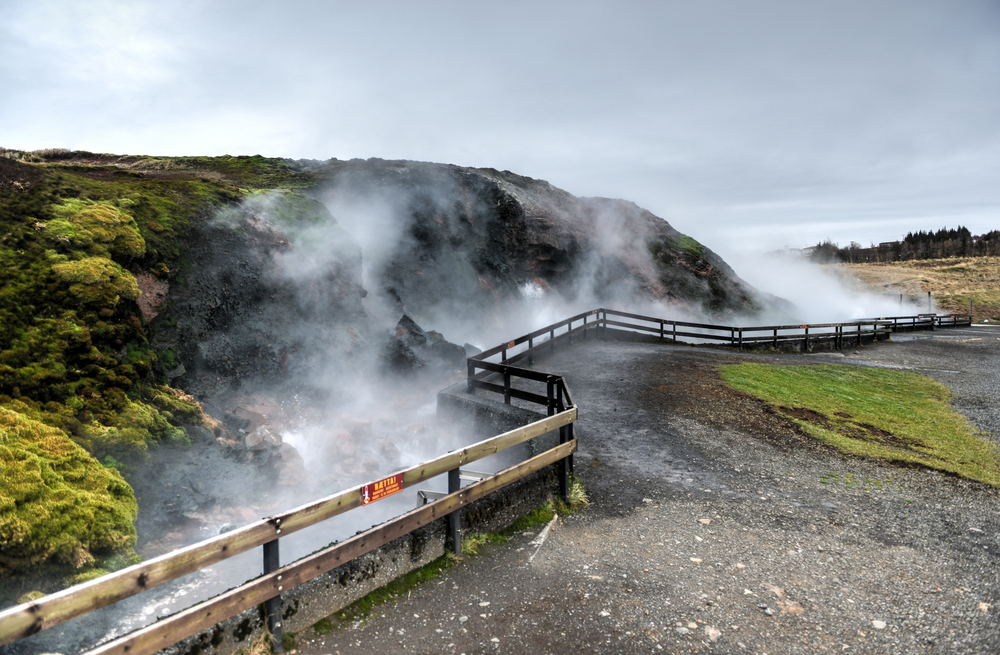

6-Day Iceland Grand Adventure: Ring Road, Golden Circle, Mývatn, Hot Springs, Waterfalls & Glacier Lagoon
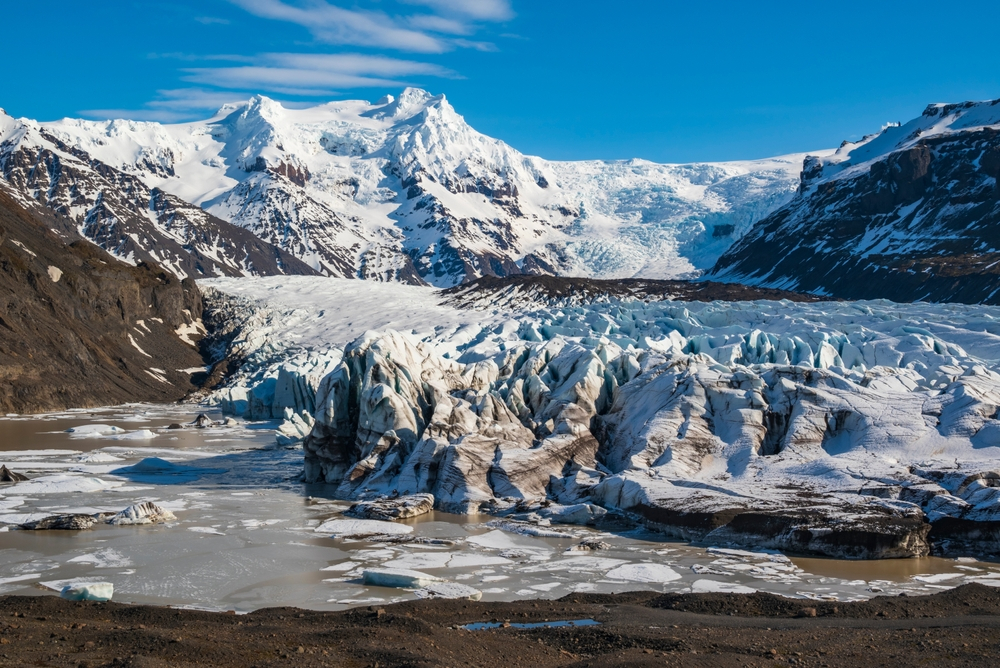
5-Day South Coast & Northern Lights Adventure
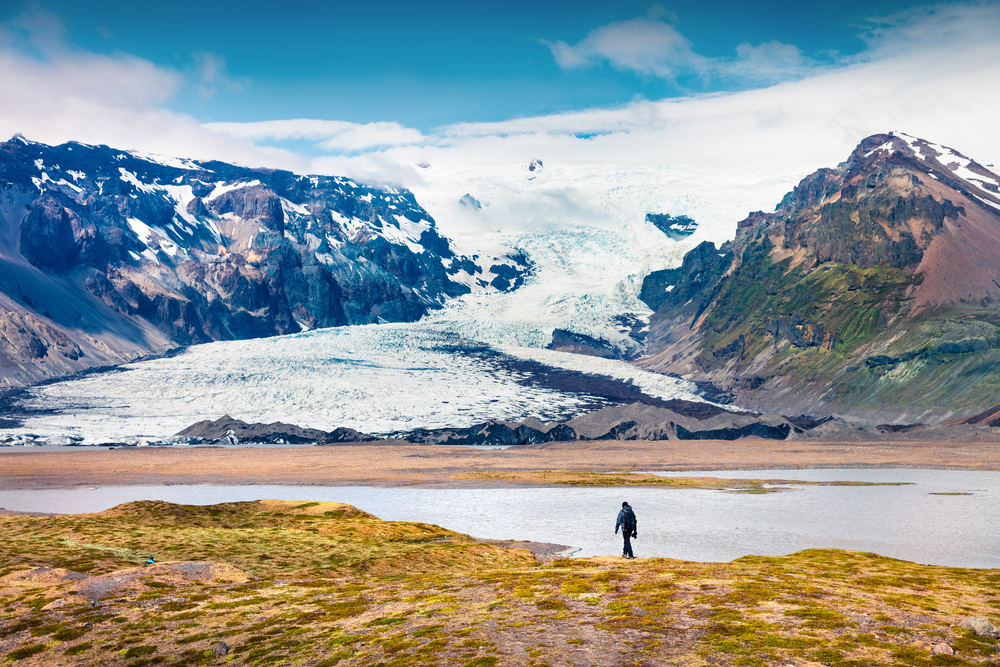
5-Day Snæfellsnes & South Iceland Expedition
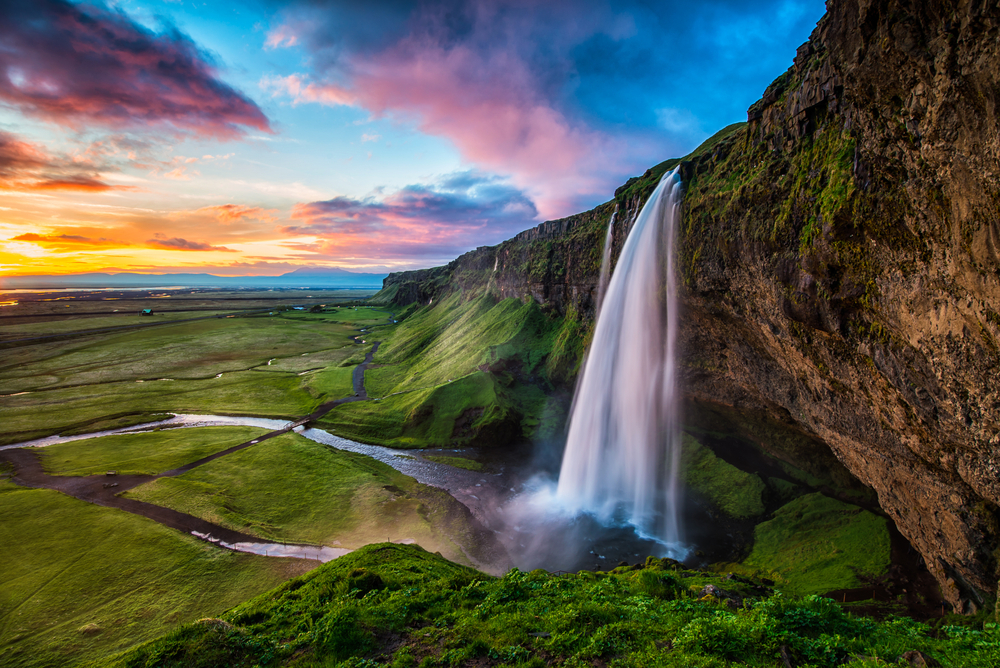
Private Jokulsarlon Glacier Lagoon and Diamond Beach South Iceland
Our guide to paddler ratio is 1:10 and we provide an accompanying safety Zodiac. There are 26 places available in Antarctica and tropical voyages, 20 in temperate regions, South Georgia and all Arctic trips except in Franz Josef Land where the maximum is 16 kayakers.
Kayakers must be 14 or over.
Sea kayaking is offered in place of regular shore excursions. We aim to paddle as often as possible. Depending on the voyage, we generally aim to paddle twice per day.
We will give you a drybag for extra clothing, binoculars and anything that needs to be kept dry. You should also carry a water bottle. We recommend bringing a waterproof camera or phone, or ensuring you have a good quality waterproof case.
If the weather changes during our outing we will head back to the ship and perhaps join a shore excursion. The ship’s captain, expedition leader and kayak guide always maintain close contact to ensure a safe paddling experience. We do not attempt to paddle too far away from the ship. The emphasis is on experiencing the destination rather than travelling long distances.
The kayaks are made with a hard plastic and are easily paddled in swell and conducting shore landings, and through small patches of brash ice. We manoeuvre around the larger ice chunks and floes.
Kayaking in the poles offers a unique wildlife viewing experience. In Antarctica, we have many opportunities to encounter penguins, seals and whales, and occasionally we may even spot leopard seals or orcas. In the Arctic, we’ll paddle under nesting bird colonies, past massive glaciers and around large icebergs, however we maintain a safe distance from polar bears and walruses. Our guides carry rifles and flare guns in the Arctic to ensure your safety against polar bears.
Kayakers in wild temperate regions will have a unique wildlife experience, with possible encounters with seals and basking sharks. You will have the opportunity to view some of the largest sea bird colonies in the northern hemisphere.
The superb wildlife-viewing opportunities are endless in the astonishingly biodiverse nature reserves we visit. Kayaks offer a unique opportunity to view marine and land mammals, coral reefs, tropical fish, sea birds and an astonishing range of rainforest birds. We will bring our snorkelling gear with us during our paddles and take advantage of any opportunities to view marine life up close.
In the unlikely event of a capsize, your experienced guide will assist by righting the kayak, stabilising it then pumping it out. Paddlers will re-enter with the guide’s help, or with a support Zodiac. With drysuits and warm clothing underneath you will be comfortable in cold water for up to half an hour. Note that the kayaks have separate compartments with bulkheads, which means they will float after a capsize.
No. Each kayaking place is for one person only. Passengers are unable to share a kayaking place as we customise the kayaks and dry suits for each individual kayaker at the beginning of each voyage.
Balcony Stateroom Superior
Deck: 4 & 6
Cabin and balcony combined size: 29.2m² – 35.2m² (314.3ft² – 378.9ft²)
Private en-suite (wheelchair accessible)
Private balcony
Full size window
Closet space
Room-controlled thermostat
42″ flat-screen TV
Cabin Inclusion
- 1 x 3-in-1 polar jacket per person (polar voyages only)
Some of these rooms are equipped with wheelchair accessible bathrooms.
*Please note mini bar items are chargeable in all cabins except Junior Suite and Captain’s Suite

- Ascension Island
- Tristan da Cunha
- Burkina Faso
- Central African Republic
- Congo Republic
- Côte d’Ivoire
- Equatorial Guinea
- Eswatini (Swaziland)
- Guinea Bissau
- North Sudan
- São Tomé & Príncipe
- Sierra Leone
- Eastern Cape
- KwaZulu Natal
- Northern Cape
- Northwest Province
- Western Cape
- South Sudan
- Western Sahara
- Afghanistan
- British Indian Ocean Territory
- Heilongjiang
- Inner Mongolia
- Andaman & Nicobar Islands
- Andhra Pradesh
- Arunachal Pradesh
- Chhattisgarh
- Himachal Pradesh
- Jammu & Kashmir
- Lakshadweep
- Madhya Pradesh
- Maharashtra
- Uttar Pradesh
- Uttarakhand
- West Bengal
- Indonesian Borneo
- Lesser Sundas
- Kuala Lumpur
- Peninsular Malaysia
- Sarawak & Sabah
- North Korea
- Philippines
- South Korea
- Timor-Leste
- Turkmenistan
- Netherlands Antilles
- Antigua & Barbuda
- Caribbean Netherlands
- Cayman Islands
- Dominican Republic
- El Salvador
- Puerto Rico
- Saint Lucia
- St Vincent & Grenadines
- St. Kitts & Nevis
- Turks & Caicos
- South Ossetia
- Republic of Croatia
- Bosnia & Herzegovina
- Auvergne-Rhône-Alpes
- Bourgogne-Franche-Comté
- Hauts-de-France
- Île-de-France
- Nouvelle-Aquitaine
- Pays-de-la-Loire
- Provence-Alpes-Côte d’Azur
- Baden-Württemberg
- Brandenburg
- Lower Saxony
- Mecklenburg-Vorpommern
- North Rhine-Westphalia
- Rhineland Palatinate
- Saxony-Anhalt
- Schleswig-Holstein
- Liechtenstein
- Lake Skadar
- Netherlands
- Central Russia
- Eastern Siberia
- Northwest Russia
- Russian Arctic
- Russian Far East
- South Russia
- Western Siberia
- Basque Country
- Fuerteventura
- Gran Canaria
- Castilla y Leon
- Castilla-La Mancha
- Extremadura
- Switzerland
- Avon & Bristol
- Bedfordshire
- Buckinghamshire
- Cambridgeshire & Peterborough
- Gloucestershire
- Greater London
- Greater Manchester
- Herefordshire
- Hertfordshire
- Isle of Wight
- Isles of Scilly
- Leicestershire & Rutland
- Lincolnshire
- Northamptonshire
- Northumberland
- Nottinghamshire
- Oxfordshire
- Staffordshire
- Warwickshire
- West Midlands
- Worcestershire
- Yorkshire – East
- Yorkshire – North
- Yorkshire – South
- Yorkshire – West
- Isle of Man
- Angus & Dundee
- Clyde Islands
- Dumfries & Galloway
- Isle of May
- Moray & Nairn
- North-east Scotland
- Orkney Isles
- Outer Hebrides
- Perth & Kinross
- Upper Forth
- Brecknockshire
- Caernarfonshire
- Carmarthenshire
- Denbighshire
- East Glamorgan
- Meirionnydd
- Montgomeryshire
- Pembrokeshire
- Radnorshire
- Vatican City
- Vancouver Island
- New Brunswick
- Newfoundland
- Northwest Territories
- Nova Scotia
- Prince Edward Island
- Saskatchewan
- Aguascalientes
- Baja California
- Baja California Sur
- Mexico City
- Quintana Roo
- San Luis Potosí
- St Pierre & Miquelon
- Connecticut
- Massachusetts
- Mississippi
- New Hampshire
- North Carolina
- North Dakota
- Pennsylvania
- Rhode Island
- South Carolina
- South Dakota
- Rio Grande Valley
- West Virginia
- American Samoa
- Christmas Island
- Coral Sea Islands
- New South Wales
- Norfolk Island
- Northern Territory
- South Australia
- Western Australia
- Cocos Islands
- Cook Islands
- French Polynesia
- Marshall Islands
- New Caledonia
- Stewart Island
- Northern Mariana Islands
- Papua New Guinea
- Wallis & Futuna
- Buenos Aires City
- Buenos Aires State
- Santiago del Estero
- Tierra del Fuego
- Espírito Santo
- Federal District
- Mato Grosso
- Mato Grosso do Sul
- Minas Gerais
- Rio de Janeiro State
- Rio Grande do Norte
- Rio Grande do Sul
- Santa Catarina
- Easter Island
- Northern Ecuador
- French Guiana
- Saudi Arabia
- Farne Islands
- Birding Tour Companies
- Bird Fairs & Festivals
- Trip Report Repositories
- Weather & Tides
- Rarity Alerts
- Ornithological Journals
- Birding Magazines
- Websites with Mega-links
- Books for Birders
- Bird Book Publishers
- Software, DVDs, Recordings etc.
- Bird Writers
- Bird Art & Artists
- Digiscoping
- Photos, Photography & Photographers
- Webcams & Nestcams
- #12348 (no title)
- #11964 (no title)
- Bird Watching Books
- Bird Watching Telescopes
- Birdfeeders, Birdhouses etc
- Optics Retailers
- Optics Companies
- Outdoor Clothing for Birders
- Other Birding Equipment & Accessories
- Tripod Companies
- Banding or Ringing
- Study & Bird Behaviour
- Birders & Ornithologists
- Threatened & Extinct Species
- Conservation
- Ornithology Courses
- Identification
- Invasive Species
- Taxonomy & Bird Names
- Acanthisittidae – New Zealand Wrens
- Acanthizidae – Australasian Warblers
- Acrocephalidae – Reed & Brush Warblers Etc.
- Aegithalidae – Bush Tits
- Aegithinidae – Ioras
- Alaudidae – Larks
- Arcanatoridae – Dapple-throat & Allies
- Artamidae – Woodswallows, Butcherbirds & Currawongs
- Atrichornithidae – Scrub-birds
- Bernieridae – Malagasy Warblers
- Bombycillidae – Waxwings
- Buphagidae – Oxpeckers
- Calcariidae – Longspurs & Snow Buntings
- Callaeidae – Kokako & Saddlebacks
- Campephagidae – Cuckooshrikes, Cicadabirds, Trillers & Minivets
- Cardinalidae – Cardinals, Grosbeaks & Allies
- Certhiidae – Treecreepers
- Cettidae – Bush Warblers, Tesias & Allies
- Chaetopidae – Rockjumpers
- Chloropseidae – Leafbirds
- Cinclidae – Dippers
- Cisticolidae – Cisticolas, Prinia, Tailorbirds & Allies
- Climacteridae – Australasian Treecreepers
- Cnemophilidae – Satinbirds
- Coerebidae – Bananaquit
- Conopophagidae – Gnateaters
- Corcoracidae – Australian Mudnesters
- Corvidae – Crows, Jays, Magpies & Allies
- Cotingidae – Cotingas, Fruiteaters & Allies
- Dasyornithidae – Bristlebirds
- Dicaeidae – Flowerpeckers
- Dicruridae – Drongos
- Donacobiidae – Donacobius
- Dulidae – Palmchat
- Elachuridae – Spotted Wren-babbler
- Emberizidae – Buntings, New World Sparrows & Allies
- Erythroceridae – Yellow Flycatchers
- Estrildidae – Waxbills, Munias & Allies
- Eulacestomatidae – Ploughbill
- Eupetidae – Rail-Babbler
- Eurylaimidae – Broadbills
- Formicariidae – Antthrushes
- Fringillidae – Finches, Seedeaters, Euphonias & Allies
- Furnariidae – Ovenbirds
- Grallariidae – Antpittas
- Hirundinidae – Swallows & Martins
- Hyliotidae – Hyliotas
- Hylocitreidae – Yellow-flanked Whistler
- Hypocoliidae – Hypocolius
- Icteridae – Oropendolas, Orioles, Blackbirds & Allies
- Ifritidae – Blue-capped Ifrit
- Incertae Sedis – Uncertain Families
- Irenidae – Fairy-bluebirds
- Laniidae – Shrikes
- Leiothrichidae – Turdoides Babblers, Laughingthrushes, Barwings & Sibias
- Locustellidae – Grassbirds & Allies
- Machaerirhynchidae – Boatbills
- Macrosphenidae – Crombecs, Longbills & African Warblers
- Malaconotidae – Bushshrikes, Tchagras, Puffbacks & Boubous
- Maluridae – Australasian Wrens
- Melampittidae – Melampittas
- Melanocharitidae – Berrypeckers & Longbills
- Melanopareiidae – Crescent-chests
- Meliphagidae – Honeyeaters
- Menuridae – Lyrebirds
- Mimidae – Mockingbirds, Thrashers & Allies
- Mohoidae – O’os
- Mohouidae – Whitehead, Yellowhead & Brown Creeper
- Monarchidae – Monarchs, Paradise Flycatchers & Allies
- Motacillidae – Longclaws, Pipits & Wagtails
- Muscicapidae – Old World Flycatchers
- Nectariniidae – Sunbirds & Spiderhunters
- Neosittidae – Sitellas
- Nicatoridae – Nicators
- Notiomystidae – Stitchbird
- Oreoicidae – Australasian Bellbirds
- Oriolidae – Old World Orioles, Pitohuis & Figbirds
- Orthonychidae – Logrunners & Chowchilla
- Pachycephalidae – Whistlers & Allies
- Panuridae – Bearded Reedling
- Paradisaeidae – Birds-of-paradise
- Paramythiidae – Painted Berrypeckers
- Pardalotidae – Pardalotes
- Paridae – Tits & Chickadees
- Parulidae – New World Warblers
- Passeridae – Old World Sparrows
- Pellorneidae – Fulvettas, Ground Babblers & Allies
- Petroicidae – Australasian Robins
- Peucedramidae – Olive Warbler
- Philepittidae – Asities
- Phylloscopidae – Leaf Warblers & Allies
- Picathartidae – Rockfowl
- Pipridae – Manakins
- Pittidae – Pittas
- Pityriaseidae – Bristlehead
- Platysteiridae – Wattle-eyes & Batises
- Ploceidae – Weavers, Widowbirds & Allies
- Pnoepygidae – Wren-babblers
- Polioptilidae – Gnatcatchers
- Pomatostomidae – Australasian Babblers
- Prionopidae – Helmetshrikes
- Promeropidae – Sugarbirds
- Prunellidae – Accentors
- Psophodidae – Whipbirds, Jewel-babblers & Quail-thrushes
- Ptilogonatidae – Silky-flycatchers
- Ptilonorhynchidae – Bowerbirds & Catbirds
- Pycnonotidae – Bulbuls
- Regulidae – Goldcrests & Kinglets
- Remizidae – Penduline Tits
- Rhagologidae – Mottled Berryhunter
- Rhinocryptidae – Tapaculos
- Rhipiduridae – Fantails
- Sapayoidae -Sapayoa
- Scotocercidae – Streaked Scrub Warbler
- Sittidae – Nuthatches
- Stenostiridae – Fairy Flycatchers
- Sturnidae – Starlings, Mynas & Rhabdornis
- Sylviidae – Sylviid Babblers, Parrotbills & Fulvettas
- Tephrodornithidae – Woodshrikes & Allies
- Thamnophilidae – Antbirds
- Thraupidae – Tanagers & Allies
- Tichodromidae – Wallcreeper
- Timaliidae – Babblers
- Tityridae – Tityras, Becards & Allies
- Troglodytidae – Wrens
- Turdidae – Thrushes
- Tyrannidae – Tyrant Flycatchers
- Urocynchramidae – Przevalski’s Finch
- Vangidae – Vangas
- Viduidae – Indigobirds & Whydahs
- Vireonidae – Vireos, Greenlets & Shrike-babblers
- Zosteropidae – White-eyes, Yuhinas & Allies
- Accipitridae – Kites, Hawks & Eagles
- Aegothelidae – Owlet-nightjars
- Alcedinidae – Kingfishers
- Alcidae – Auks
- Anatidae – Swans, Geese & Ducks
- Anhimidae – Screamers
- Anhingidae – Darters
- Anseranatidae – Magpie Goose
- Apodidae – Swifts
- Apterygidae – Kiwis
- Aramidae – Limpkin
- Ardeidae – Herons, Egrets & Bitterns
- Balaenicipitidae – Shoebill
- Brachypteraciidae – Ground Rollers
- Bucconidae – Puffbirds
- Bucerotidae – Hornbills
- Bucorvidae – Ground Hornbills
- Burhinidae – Thick-knees & Stone Curlews
- Cacatuidae – Cockatoos
- Capitonidae – New World Barbets
- Caprimulgidae – Nightjars & Nighthawks
- Cariamidae – Seriemas
- Casuariidae – Cassowaries
- Cathartidae – New World Vultures
- Charadriidae – Plovers, Lapwings & Dotterels
- Chionidae – Sheathbill
- Ciconiidae – Storks
- Coliidae – Mousebirds
- Columbidae – Doves & Pigeons
- Coraciidae – Rollers
- Cracidae – Chachalacas, Curassows & Guans
- Cuculidae – Old World Cuckoos
- Diomedeidae – Albatrosses
- Dromadidae – Crab Plover
- Dromaiidae – Emu
- Eurypygidae – Sunbittern
- Falconidae – Falcons, Kestrels & Caracaras
- Fregatidae – Frigatebirds
- Galbulidae – Jacamars
- Gaviidae – Divers or Loons
- Glareolidae – Coursers & Pratincoles
- Gruidae – Cranes
- Haematopodidae – Oystercatchers
- Heliornithidae – Finfoots & Sungrebe
- Hemiprocnidae – Treeswifts
- Hydrobatidae – Northern Storm Petrels
- Ibidorhynchidae – Ibisbill
- Indicatoridae – Honeyguides
- Jacanidae – Jacanas
- Laridae – Gulls, Terns & Skimmers
- Leptosomatidae – Cuckoo Roller
- Lybiidae – African Barbets
- Megalimidae – Asian Barbets
- Megapodiidae – Megapodes
- Meropidae – Bee-eaters
- Mesitornithidae – Mesites
- Momotidae – Motmots
- Musophagidae – Turacos, Plantain-eaters & Go-away-birds
- Numididae – Guineafowl
- Nyctibiidae – Potoos
- Oceanitidae – Austral Storm Petrels
- Odontophoridae – New World Quails
- Opisthocomidae – Hoatzin
- Otididae – Bustards, Floricans & Korhaans
- Pandionidae – Ospreys
- Pedionomidae – Plains Wanderer
- Pelecanidae – Pelicans
- Pelecanoididae – Diving Petrels
- Phaethontidae – Tropicbirds
- Phalacrocoracidae – Cormorants & Shags
- Phasianidae – Pheasants, Grouse, Partridges & Allies
- Phoenicopteridae – Flamingos
- Phoeniculidae – Wood Hoopoes & Scimitarbills
- Picidae – Woodpeckers
- Pluvianellidae – Magellanic Plover
- Pluvianidae – Egyptian Plover
- Podargidae – Frogmouths
- Podicipedidae – Grebes
- Procellariidae – Petrels, Diving Petrels & Shearwaters
- Psittacidae – African & New World Parrots
- Psittaculidae – Old World Parrots
- Psophiidae – Trumpeters
- Pteroclidae – Sandgrouse
- Rallidae – Rails, Crakes, Gallinules & Coots etc.
- Ramphastidae – Aracari, Toucans & Toucanets
- Recurvirostridae – Avocets & Stilts
- Rheidae – Rheas
- Rhynochetidae – Kagu
- Rostratulidae – Painted Snipe
- Sagittariidae – Secretarybird
- Sarothruridae – Flufftails
- Scolopacidae – Woodcock, Snipe, Sandpipers & Allies
- Scopidae – Hammerkop
- Semnornithidae – Toucan Barbets
- Spheniscidae – Penguins
- Steatornithidae – Oilbird
- Stercorariidae – Skuas or Jaegers
- Strigidae – Owls
- Strigopidae – New Zealand Parrots
- Struthionidae – Ostriches
- Sulidae – Gannets & Boobies
- Thinocoridae – Seedsnipe
- Threskiornithidae – Ibises & Spoonbills
- Tinamidae – Tinamous
- Todidae – Todies
- Trochilidae – Hummingbirds
- Trogonidae – Trogons & Quetzals
- Turnicidae – Buttonquails
- Tytonidae – Barn & Grass Owls
- Upupidae – Hoopoes
- Big Days & Bird Races
- Apocryphal Birding Stories & Urban Myths
- Bird Humour
- Listing & Listers
- Twitching & Twitchers
- Hints & Tips
- Angling & Birds
- Gardening For Birders
- Birding Blogs
- Accessible Birding
- Birding Organisations
- Birds on Stamps
- Fatbirder’s Birding Advice
Birding Iceland
Iceland has long been famous for its volcanic activity and glaciers (having the biggest glacier in Europe); which is why it is called the land of ice and fire. To European birders it is also very famous for its three breeding bird species of American origin; Great Northern Diver, Harlequin Duck and Barrows Goldeneye and for one Arctic bird; Brünnichs Guillemot. Iceland is also famous for the occurrence of vagrants, but its situation in the North Atlantic makes it an excellent place to look for rarities coming from both North America and Europe.
As Iceland is a relatively small island in the middle of the North Atlantic, it has only 73 breeding species. Of these, only 10 are passerines (including House Sparrow which breeds at only one site). On the other hand most breeding species are very numerous and are easily seen everywhere around the country. For example, the most numerous bird in Iceland is the Atlantic Puffin there being some three million pairs (one colony of 15,000 pairs is visible from the capital, Reykjavík)! However, its not because there are few breeding species, that the Icelandic bird list isn`t very long. To date (November 1999) no less than 351 bird species have been recorded in Iceland, an amazing total considering the small number of breeding species (21% of the total)!
Birdwatching is easy from spring to autumn, as most roads are clear of snow. The ideal period for a foreign birdwatcher to visit the country is between 20th May and 15th June. During this time all breeding birds have reached the island and are very obvious as they are defending territories. Furthermore, all ducks are still in breeding plumage and are easy to see. In the autumn it is more difficult to see some specialities and the ducks are in eclipse (moulting); in addition many migrants have left the country. On the other hand its the best time to look for rarities, and after good South West winds birders should keep their eyes open for American birds while birding in the Southwest or South of Iceland. Winter birding is more difficult; as many roads get closed because of bad weather and/or snow. Anyway, in winter there are only a few species around, most of these being based in the Southwest part. On a good winters’ day the day list can reach 40 species (only in the South-West). On a good spring day birders can see up to 65-70 species in one day (the record is 71); most easily in the North-East (and as there is day-light all night long we can really bird for 24 hours!).
Birders coming here in spring time, when bird life is at its highest, will be amazed by how common the birds are and how easy they are to find. As soon as you are out of the capital the birds take over! Even in downtown Reykjavík you can find breeding birds such as Arctic Tern, Greater Scaup, Tufted Duck, Gadwall, Common Eider, Common Ringed Plover and many, many more. At this time of year you can count on seeing all Icelandic breeding birds except the following ones (unless you go further away than the South West of Iceland):
European & Leach’s Storm-petrels: The biggest colonies are at the Westman Islands, these birds arrive in April and a special trip around the colonies at night (preferably after mid-June) is needed to see these species. White-tailed Eagle: 35-40 pairs breed in the western part of Iceland and can be difficult to find. Breeding sites are kept secret. Grey/Red Phalarope: This beautiful shorebird has become quite rare and the Icelandic population is now only 20-40 pairs. Without knowledge of breeding sites (which are also kept secret!) this bird can be almost impossible to see during this time of year. Little Auk: This alcid unfortunately no longer breeds in Iceland. Snowy Owl: Many birders coming to Iceland think they have a chance to see this owl in the highlands, but this is wrong as the Snowy Owl is only a very irregular breeder (when it breeds its only one pair). There are 10-20 records annually, both in summer and winter.
Birdwatching in autumn is very different from the spring. Birds are mainly seen along the coast and by the middle of October most migrants have left the country. September-November is the period to look for rare birds, with mid-September to mid-October being the best time. American waders are usually seen until early October, while the peak occurrence of American passerines is around 10 Oct. American passerines have been noted annually in Iceland since 1968 with the exception of 1994.
In November the winter starts to show its face and birding becomes both short and monotonous. As mentioned above the Southwest part of Iceland is the best area in winter with daily totals as high as 40 species. From the end of November until early February it is possible to bird for only 3-6 hours, depending on the weather. Days are a little bit shorter in the north of Iceland.
Beware! Birders coming to Iceland in winter must watch the weather forecast VERY closely if they are planning a trip outside the capital area as the weather can change very rapidly. During the morning the sky may be clear with no wind but a few hours later the wind could be very strong mixed with a snowstorm! Then in April the migrants start to appear again with the main wave coming between mid April and mid May. The last migrants to arrive are the two phalarope species.
Yann Kolbeinsson
Kristjan Ingimarsson
Djupivogur | [email protected]
Number of bird species: 370
Igoterra checklist.

Birdwatching in Iceland
Icelandic bird guide, sigurgeirs bird museum, fuglavernd birdlife iceland, icelandic institute of natural history, the icelandic nature conservation association.
Abbreviations Key
NR Heidmörk
Nr hornstrandir, nr hveravellir, national parks iceland, 2014 [02 february] - joachim bertrands, 2016 [03 march] - kieran nixon - southwest iceland, 2017 [06 june] - b ullrich, 2017 [06 june] - mike watson, 2017 [07 july] - per stensland, 2018 [05 may} - ed stubbs - southwest iceland, 2018 [06 june] - andy walker - birding ecotours, 2018 [12 december] - wilton farrelly, 2019 [07 july] - andreas ranner, 2019 [07 july] - ivan phillipsen, 2021 [06 june] - dan donaldson, 2022 [06 june] - birding ecotours, 2022 [06 june] - mason flint, 2022 [06 june] - mike moore, 2023 [06 june] - dave mehlman, hotel raudaskrida, birdlife on iceland, birds of iceland, natural history of iceland, the artic bestiary, artist - jon baldur hlidberg, gallery - some icelandic bird pictures, photographer - dick vuijk.
Fatbirder - linking birders worldwide... Wildlife Travellers see our sister site: WAND

REQUEST A QUOTE
Travel Period

- Travel Style

Accommodation
Bird Watching Tours in Iceland
Iceland is a paradise for bird lovers. go on a birding iceland tour and see many different bird species. book your bird watching tour online and enjoy a wonderful day in the nature. the most famous bird in iceland is the atlantic puffin but many other species are here especially during the summer months., south iceland puffin tour – ingólfshöfði.
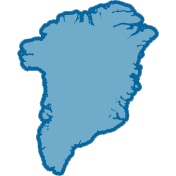
West Iceland
East Iceland
North Iceland
Around Iceland
South Iceland

Faroe Islands
- Team Iceland Unlimited
- Privacy Policy
- Terms and Conditions
- Sustainability Policy
- Certifications
- Why book with us?
- Accessibility
- Accommodation Categories
- Are you a Travel Agent?
- Good to Know Series
- Special Offers
Iceland Unlimited Travel Service Bíldshöfði 20, 110 Reykjavík.
Phone: +354 415 0600 Email: booking(at)icelandunlimited.is Emergency phone number: +354 774 0070
Get social with us!
#IcelandUnlimited
KT: 490710-1590 VAT Number: 122369
Multi-Day Tours
Looking for:.
Keyword search
Please send us a message and we will get back to you as soon as possible. Thank you.
Super Travel Iceland
"live for the moment", bird watching day tour.
Birding Tour Iceland: Viking Birding
Go to: Iceland Birding Tours | Birding Tours in Europe | All our birding tours
Dates and Costs
22-30 June 2025
Spaces Available: 7
Price: $7,737 / £6,389 / €7,555 per person sharing, based on 6 – 8 participants.
Single Supplement: $1,865 / £1,540 / €1,821
* Please note that currency conversion is calculated in real-time, therefore is subject to slight change. Please refer back to the base price when making final payments.
22-30 June 2026
Price: $8,588 / £7,092 / €8,385 per person sharing, based on 6 – 8 participants.
Single Supplement: $2,070 / £1,709 / €2,021
Recommended Field Guide
(Please also read our blogs about recommended field guides for the seven continents here )
Tour Details
Duration : 9 days Group Size : 6 – 8 Tour Start : Reykjavík-Keflavík International Airport Tour End : Reykjavík-Keflavík International Airport
Price includes:
All accommodation (Day 1 until Day 8 as described above, or similar, may include some shared bathroom facilities) Meals (from lunch on day 1 until breakfast on day 9) Drinking water – please bring a refillable water bottle Expert tour leader and guide Birdwatching site entrance fees Whale watching trip in Húsavík All ground transport and tolls/taxes while on tour, including ferry trips and airport pick-up and drop-off
Price excludes:
International flights Visa fees if visa required Departure tax if required Items of a personal nature, e.g. gifts, laundry, internet access, phone calls etc. Any pre- or post-tour accommodation, meals, or birding/sightseeing excursions Soft/alcoholic drinks Personal travel insurance Gratuities ( please see our tipping guidelines blog )
2024 Featured Guide:

Iceland Birding Tour : Viking Birding June 2025/2026
We look forward to welcoming you on our small-group tour to Iceland, the “Land of Ice and Fire”! Iceland sits in the North Atlantic just below the Arctic Circle at latitudes of 63 o to 68 o North, with the nearest land being Greenland some 180 miles (290 kilometers) away to the northwest. It is the most sparsely populated country in Europe. Iceland’s capital is Reykjavik , which is a city of typical, quaint, northern European architecture and makes an excellent starting point for our Iceland tour. Reykjavik, along with its surrounding areas, contains two thirds of the island’s population and once away from these areas, there are vast expanses of open wilderness.
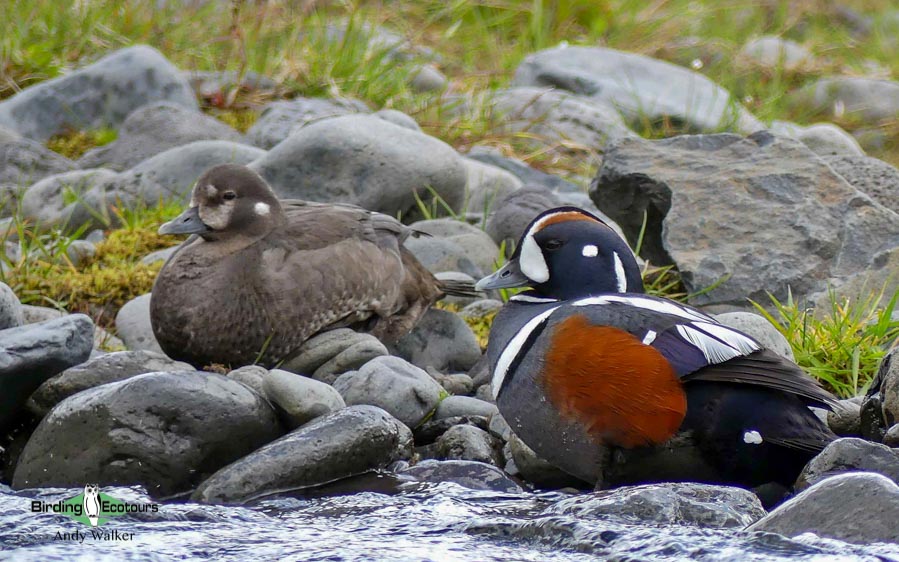
Iceland sits some 600 miles (970 kilometers) from mainland Europe and 1,290 miles (2,070 kilometers) from mainland North America . After the United Kingdom , Iceland is Europe’s second-largest island and most of its climate is typical of the tundra regions. Two thirds of the landmass of Iceland is made up of tundra, while lakes (we will visit the impressive Lake Mývatn ), stunning mountains, volcanos, lava fields, and glaciers cover the rest.
With abundant, almost constant, daylight during the middle of summer, the birds are active all day and night and despite the apparent harsh environments, there is a huge abundance of birds here during the summer months. This abundance of birds leads to quite a spectacle, particularly in terms of breeding seabirds, alcids, shorebirds, and wildfowl – many of which give excellent and close views, which makes for a true birders’ and photographers’ paradise. Some of the highlights associated with the sea and lakes on this tour include King Eider , Common Eider , Long-tailed Duck , Common Scoter , Barrow’s Goldeneye (Iceland is the only place this species regularly occurs in Europe), Whooper Swan , Pink-footed Goose , Atlantic Puffin , Thick-billed Murre (Brünnich’s Guillemot), Black Guillemot , Parasitic Jaeger (Arctic Skua), Arctic Tern , Red (Grey) Phalarope , Red-necked Phalarope , Black-tailed Godwit , European Golden Plover , Iceland Gull , Glaucous Gull , Northern Fulmar , Red-throated Loon (Diver), Common Loon (Great Northern Diver), and Horned (Slavonian) Grebe .
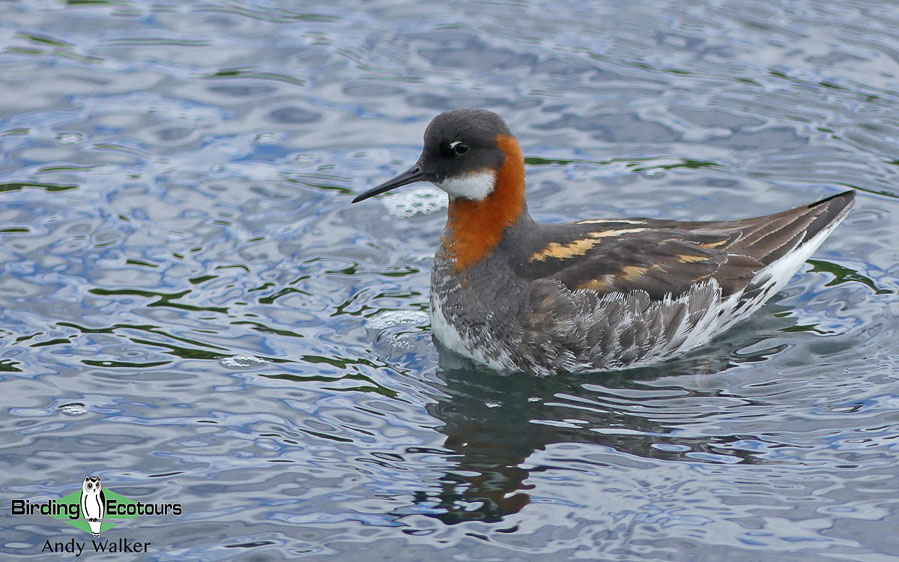
More land-based highlights include Rock Ptarmigan , White-tailed Eagle , Gyrfalcon , Goldcrest , Eurasian Wren , Northern Wheatear , Red (Common) Crossbill , Common (Icelandic) Redpoll , Redwing , Common Blackbird , White Wagtail , and Snow Bunting .
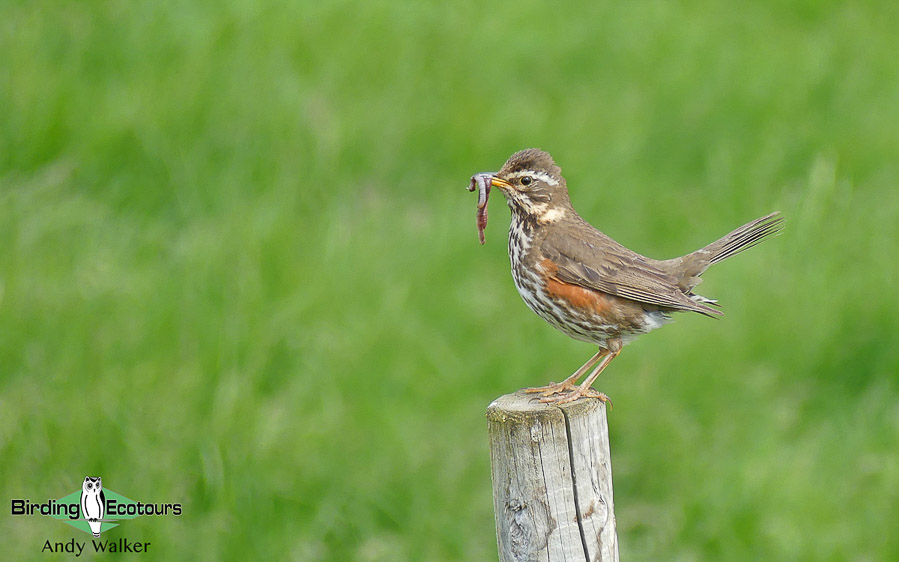
There is also a chance of vagrant species from North America and Europe (we have found some good birds on our previous tours here, like Little Gull , Ring-necked Duck , American Wigeon , and more) which adds to the excitement of a visit to Iceland, particularly for Western Palearctic listers. The waters off Iceland contain abundant sea-life and we will take a whale watching boat trip off Húsavik looking for the seriously massive Blue Whale and Humpback Whale , a definite tour highlight, while on land we might even come across an Arctic Fox as it hunts for nesting seabirds!
Bird watching in Iceland during the summer months offers so much more than the spectacle of millions of breeding birds, during our tour we will take in some of the Earth’s greatest geological wonders. The huge forces that formed Iceland now add to its breathtaking majesty and curiosity to people the world over. The snow-capped mountains, volcanoes, staggering glaciers, huge fjords and lakes, and imperious and powerful waterfalls are all worthy of a visit in their own right. Iceland offers great accommodation, extremely friendly and welcoming people, some of the best food on any tour we run, and birds that will leave you totally exhilarated. Come and join us for a personal look at this incredible island.
Itinerary (9 days/8 nights)
Day 1. arrival and travel to snæfellsnes peninsula.
The tour will commence from Reykjavík-Keflavík International Airport at noon. Guests arriving in the morning will be met at the airport; if you are arriving the night (or more) before the tour we can arrange nearby accommodation for you, or if you would like to do some sightseeing in beautiful Reykjavík (you can relax after your flight at the world-famous Blue Lagoon Resort and Spa !), we can recommend hotels in Keflavik or the Reykjavik area and we can pick you up there.
Depending on arrival times there may be some optional birding near the airport, where we could get our trip lists going with species such as Common Ringed Plover , Dunlin , Eurasian Oystercatcher , European Herring Gull , Glaucous Gull , Iceland Gull , Snow Bunting , Arctic Tern , or Common Eider .
We will commence our exciting bird tour by heading north past the capital city of Reykjavík to the Snæfellsnes Peninsula . Along the way we will keep our eyes peeled for White-tailed Eagle and Gyrfalcon , which can occasionally be found along this route – and if we do see either of them, they would surely be an early trip highlight. A stop near Borgarnes and the Andakill mudflats will likely result in plenty of Common Shelduck , Northern Fulmar , and a great lunch. We will also keep our eyes peeled for any roadside pools. Sometimes these hold a great many birds, such as an Arctic Tern breeding colony, or a nesting pair of Whooper Swan , Horned (Slavonian) Grebe , or Red-throated Loon (Diver).
Overnight: Olafsvik, Snæfellsnes Peninsula
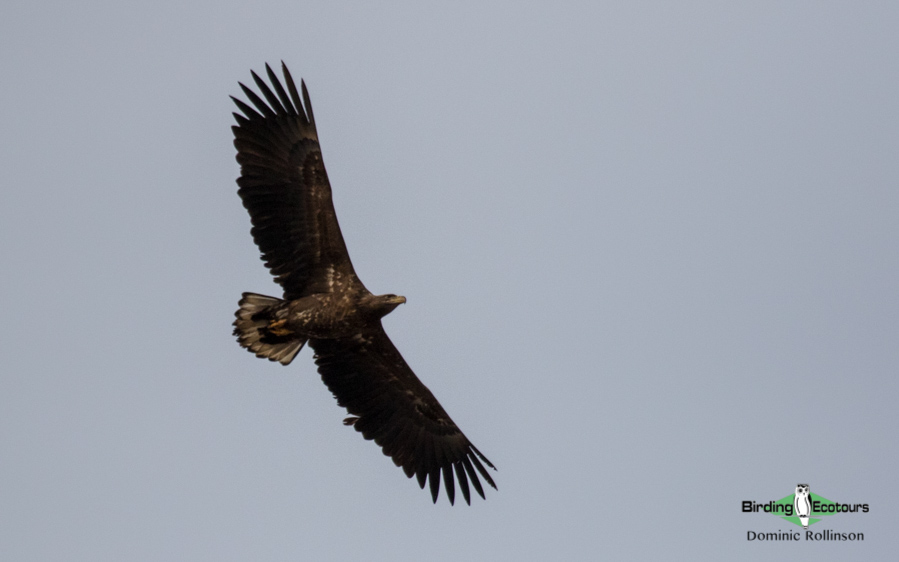
Day 2. Snæfellsnes Peninsula
We will spend the whole day birding around the western headland of the Snæfellsnes Peninsula , which is a wonderful area, and we will have fun exploring the various birding spots here. Some pools near our accommodation are likely to have breeding Greylag Goose , Whooper Swan , Red-throated Loon (Diver), Arctic Tern , Red-breasted Merganser , Tufted Duck , and Common Eider . At this time of year there is also the ever-present sound of displaying shorebirds chipping and buzzing away overhead and these are likely to include Common Snipe , Common Redshank , and Eurasian Oystercatcher .
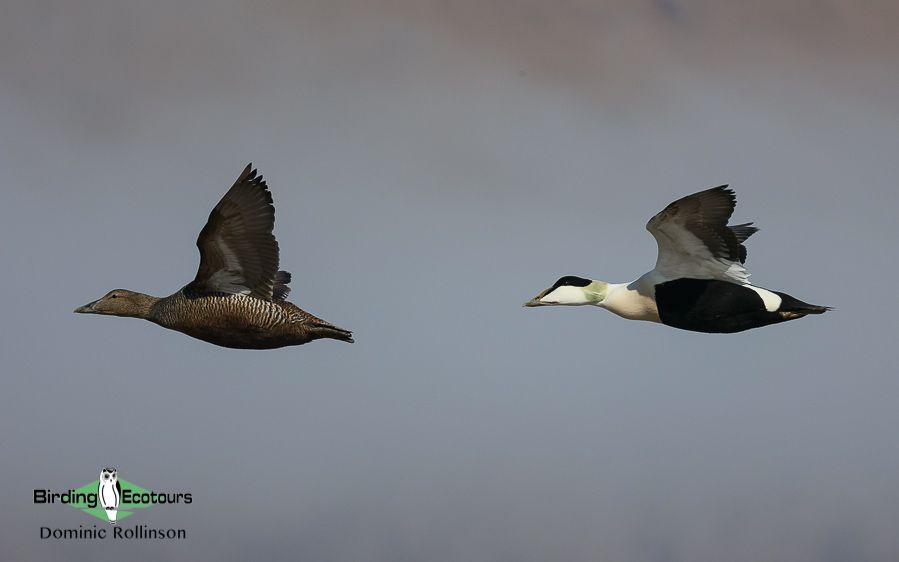
We will have our first look at the amazing sea cliffs, where we will observe the seabird breeding colonies as we locate Thick-billed Murre (Brünnich’s Guillemot) among the large number of Common Murre (Common Guillemot), Razorbill , European Shag , and Black-legged Kittiwake . This site offers a fascinating experience, and we are sure of some great views. It is worth noting that the Rock Doves here are wild, ‘real’ ones, not just their feral cousins! While on the land above the cliffs, we have a good chance of finding Rock Ptarmigan , Northern Wheatear , Snow Bunting , and Merlin
Small harbors on the peninsula may contain Red Knot , Purple Sandpiper , Black Guillemot , Glaucous Gull , European Herring Gull , and Common Eider , though one of the main highlights here will undoubtedly be if we find the simply breathtaking Harlequin Duck . This species must rate as one of the best-looking ducks in the world, though there is some great competition across the world, and several other contenders on this tour…
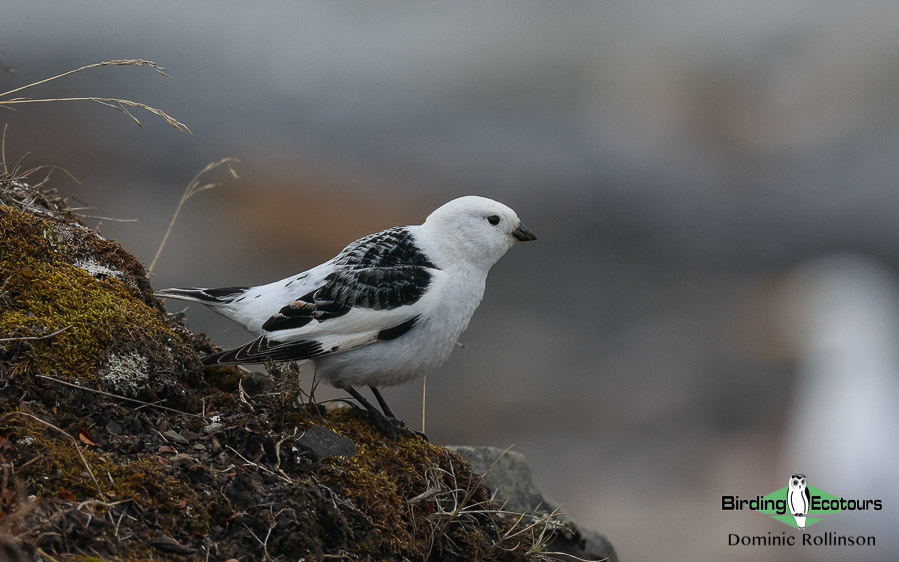
Day 3. Flatey Island
We will have an early start and drive across to Stykkisshólmur to catch the morning ferry to Flatey Island . Flatey Island is considered one of the most picturesque and scenically beautiful places in Iceland, and as soon as we arrive you will see why.
Around the docks at Stykkisshólmur we should see plenty of Common Eider , Arctic Tern , Common Murre (Guillemot), Atlantic Puffin , and loads of larids like Glaucous Gull , Great Black-backed Gull , Black-headed Gull , and European Herring Gull , plus plenty of Black-legged Kittiwakes . From the ferry we have a chance for Manx Shearwater , Northern Gannet and Parasitic Jaeger (Arctic Skua), though at this time of year they are just as likely to be seen cruising over fields as they are over the sea!
When we arrive at Flatey Island we will have the chance to look around for our main target, Red (Grey) Phalarope . This is one of the few places they breed in Iceland, and although the breeding area is closed during the breeding season, there is still a good chance to find them in the local area. Flatey Island also provides us with the opportunity to see the much more common and widespread, Red-necked Phalarope plus other shorebirds like European Golden Plover , Ruddy Turnstone , Common Snipe , Dunlin , and Common Ringed Plover . This area is also great for Snow Bunting and Meadow Pipit .
From Flatey Island we will catch the afternoon ferry to Breiðafjörður and drive to Breiðavík for the night. For those keen on an evening birding session (it does not really get dark here at this time of year!) we can visit the seabird colony at Látrabjarg . Our accommodation is set in the most fantastic scenery you could imagine and is a real treat.
Overnight: Breiðavík
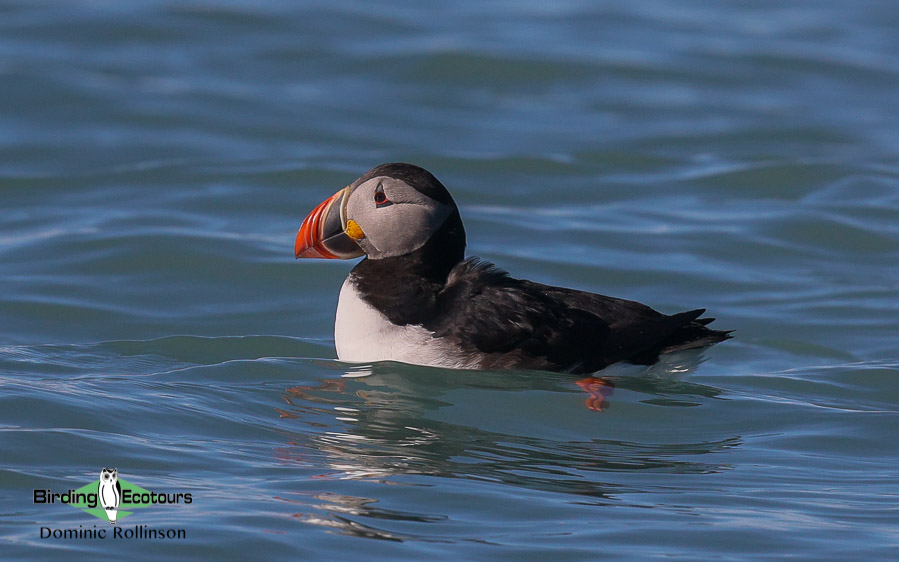
Day 4. Látrabjarg and Blönduós
Today we will visit the amazing Látrabjarg, the famous bird cliffs. Here thousands of breeding seabirds mass along the cliffs, creating a huge racket as they jostle for position along the cliff face. Huge numbers of Common Murre (Guillemot) and to a lesser extent Thick-billed Murre (Brünnich’s Guillemot) and Razorbill breed alongside Black-legged Kittiwake and Black Guillemot . Glaucous Gull , European Shag , and Great Cormorant also squeeze in here among their noisy neighbors while Arctic Foxes can sometimes be found nearby looking for an easy snack.
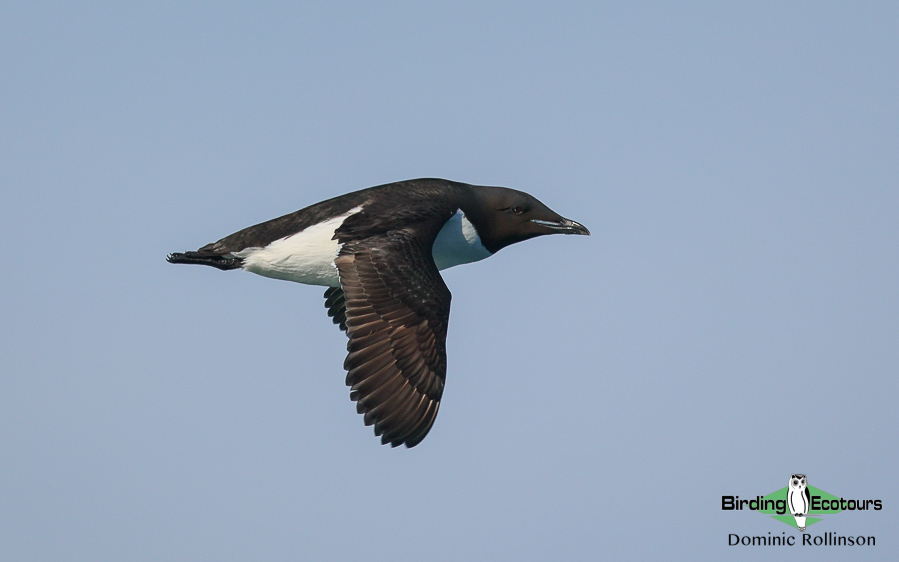
Once we have taken in this spectacle, we will head for Blönduós. However, there will be the need for plenty of stops along the way, not least to check for breeding Gyrfalcon and White-tailed Eagle that can sometimes be found along the route, along with Harlequin Duck , Common Loon (Great Northern Diver), and Purple Sandpiper .
Blönduós is the halfway point of our journey eastwards. Blönduós River and Blönduós Bay both provide some great birding, with species like Common Eider and sometimes King Eider , Red-breasted Merganser , and Red-throated Loon (Diver) seen around here, along with Northern Wheatear , Meadow Pipit , White Wagtail , Dunlin , Eurasian Oystercatcher , European Golden Plover , Black-headed Gull , and Parasitic Jaeger (Arctic Skua).
Overnight: Blönduós
Day 5. Blönduós and Lake Mývatn
Today we will set off early and continue east to Lake Mývatn , our base for the next two nights. Along the way we will keep our eyes peeled for roadside Harlequin Duck and Pink-footed Goose . We will then spend the rest of the day exploring this wonderful lake that is packed full of breeding ducks.
This is the center of duck habitat in Iceland and is a spectacular site. We will spend the day driving the 25 miles (40 kilometer) worth of road that circumnavigates the lake, making strategic stops in different areas preferred for different species. Over the course of the day, we will hope to find a wide range of species, including Greylag Goose , Whooper Swan , Gadwall , Barrow’s Goldeneye , Red-breasted Merganser , Eurasian Wigeon , Harlequin Duck , Northern Shoveler , Eurasian Teal , Long-tailed Duck , Greater Scaup , and Common Scoter .
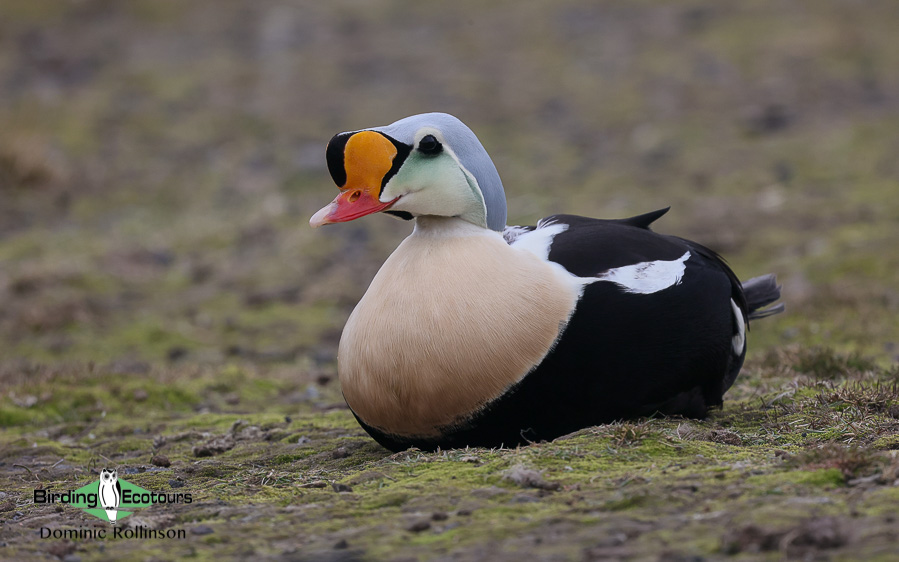
There is also a good chance for Common Loon (Great Northern Diver) and Red-throated Loon (Diver), Horned (Slavonian) Grebe , Short-eared Owl , Gyrfalcon , Merlin , Parasitic Jaeger (Arctic Skua), Redwing , Common Redpoll , Black-tailed Godwit , Dunlin , European Golden Plover , Northern Wheatear , and the endemic subspecies of Eurasian Wren .
The spectacle of hundreds of Red-necked Phalaropes is sure to impress while we are birding here, and it really is an incredible sight. It is also worth keeping an eye-open for vagrants; in recent years we have found vagrant American Wigeon , Lesser Scaup , and Ring-necked Duck on the lake!
Overnight: Mývatn
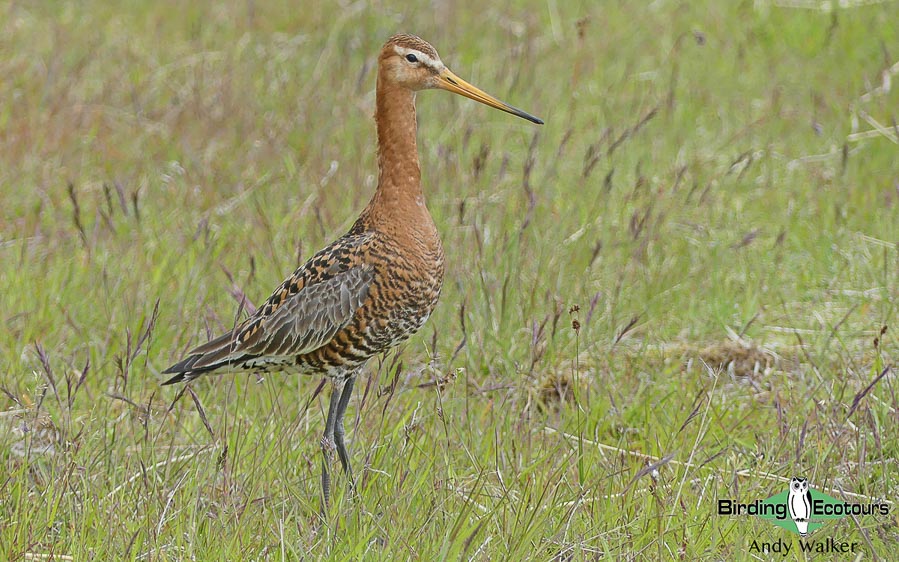
Day 6. Lake Mývatn and Húsavík whale watching trip
We will have the morning birding around Lake Mývatn, mopping up any species we may still be looking for, or just appreciating the species we saw the previous day – there is little better than watching a myriad of baby ducks and shorebirds at close range and being amazed at how enough of them survive to keep the population going. There is also nothing cuter than a baby Barrow’s Goldeneye , except maybe a baby Red-necked Phalarope !
In the afternoon we will head north for the rest of the day to the small harbor town of Húsavík, birding along the way. Our journey takes us through yet more spectacular scenery (this is true for every day of the tour in fact!) and we might find Harlequin Duck , Rock Ptarmigan , Parasitic Jaeger (Arctic Skua), or Short-eared Owl along the way.
On arrival at Húsavík we will take a whale watching tour into the bay. On the trip we could find Blue Whale , Humpback Whale , Killer Whale (Orca), White-sided Dolphin , and Harbor Seal . Here we will also have a chance to see plenty of Atlantic Puffins at another Flatey Island (no relation to the one we visit on Day 3!). There is also a massive Arctic Tern breeding colony here, plus Black Guillemot , Purple Sandpiper , Dunlin , Common Redshank , Red-necked Phalarope , and Snow Bunting . Great Skua and Parasitic Jaeger (Arctic Skua) are also found from the boat, and Long-tailed Duck , Common Scoter , and Common Eider are often seen here too.
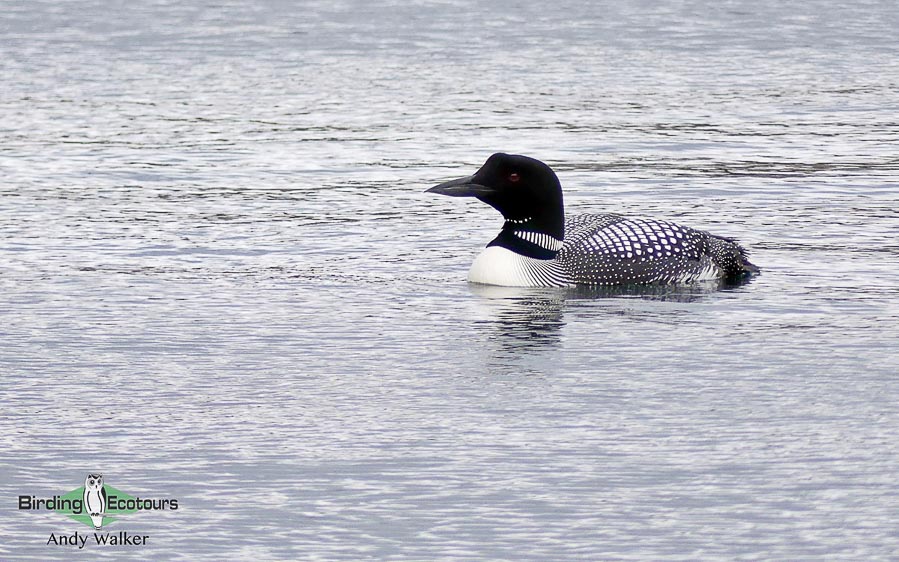
After our boat trip we will bird some areas around the town – this is one of the best sites in Iceland to find an over-summering Iceland Gull among the European Herring Gulls and other larids. The setting also gives great photographic opportunities for birds like Arctic Tern and Northern Fulmar against a snow-capped mountain backdrop. A small lake should give us excellent views of Common Loon (Great Northern Diver) and Horned (Slavonian) Grebe as well as Black-tailed Godwit and Eurasian Whimbrel .
Day 7. Lake Mývatn to Blönduós
We will spend a final morning around the wonderful Lake Mývatn, maybe trying to improve on our views and photographs of some of the area’s special species such as Barrow’s Goldeneye , Harlequin Duck , Red-throated Loon , and Red-necked Phalarope . We will also make sure that we have connected with all of the resident and migrant passerines that should be present during our time on the island, several of these can be found in the small, stunted woodland patches around the lake, and along our route over the next couple of days with some preferring the adjacent more-open spaces. Some of the targets will include Goldcrest (amazing how this, the smallest bird in Europe, can survive up here!), Eurasian Wren , Common Blackbird , Redwing , Northern Wheatear , Meadow Pipit , White Wagtail , Common Starling , Common (Icelandic) Redpoll , Red (Common) Crossbill , and Snow Bunting .
After lunch we will head back west towards Blönduós, where we will again spend the night to break up the journey back to Reykjavík/Keflavík. Again, we will be on the lookout for Harlequin Duck , Pink-footed Goose , Northern Raven , and Gyrfalcon along the way.
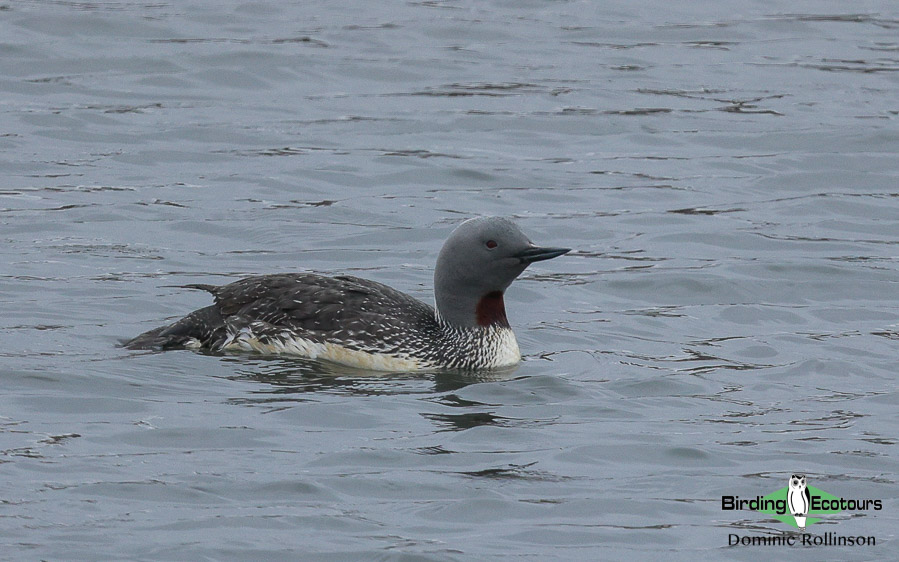
Day 8. Blönduós to Keflavík
This morning we will continue our journey back to Keflavík. We will call in at a couple of spots for some birding along the way, such as estuaries that may contain a nice surprise such as a White-tailed Eagle , and if time permits, we can also visit Flói Nature Reserve . The reclaimed marsh/bog/estuary that exists here today is one of the best spots to see Red-throated Loon (Diver). It was saved by Fuglavernd (BirdLife Iceland ), and is home to breeding shorebirds like Eurasian Whimbrel , Red-necked Phalarope , and Black-tailed Godwit , as well as to ducks like Common Merganser (Goosander), Red-breasted Merganser , Tufted Duck , Eurasian Wigeon , and Whooper Swan .
We will arrive in Keflavík in time for our farewell dinner and the tough assignment of choosing the “bird of the trip”, unsurprisingly it is never a straightforward or easy decision in Iceland!
Overnight: Keflavík
Day 9. Departure
A non-birding day. Today we transfer to Reykjavík-Keflavík International Airport for your flights home.
Overnight: Not included
Please note that the itinerary cannot be guaranteed as it is only a rough guide and can be changed (usually slightly) due to factors such as availability of accommodation, updated information on the state of accommodation, roads, or birding sites, the discretion of the guides and other factors. In addition, we sometimes must use a different international guide from the one advertised due to tour scheduling.
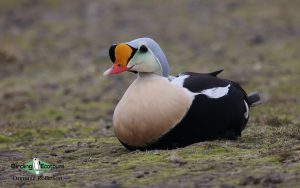
Harlequin Duck
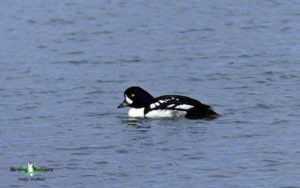
Barrow's Goldeneye
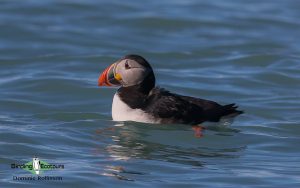
Atlantic Puffin
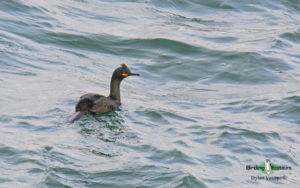
European Shag
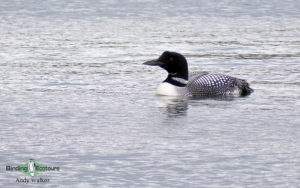
Common Loon
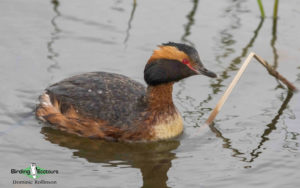
Horned Grebe
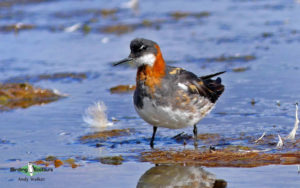
Red-necked Phalarope
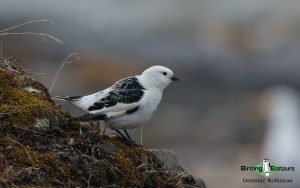
Snow Bunting
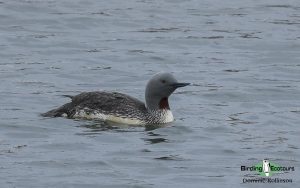
Red-throated Loon
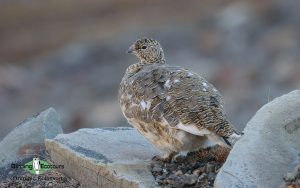
Rock Ptarmigan
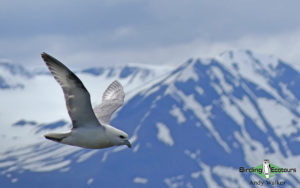
Northern Fulmar
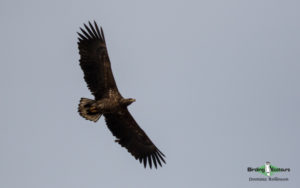
White-tailed Eagle
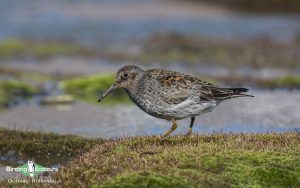
Purple Sandpiper
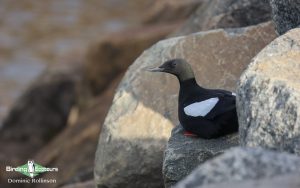
Black Guillemot
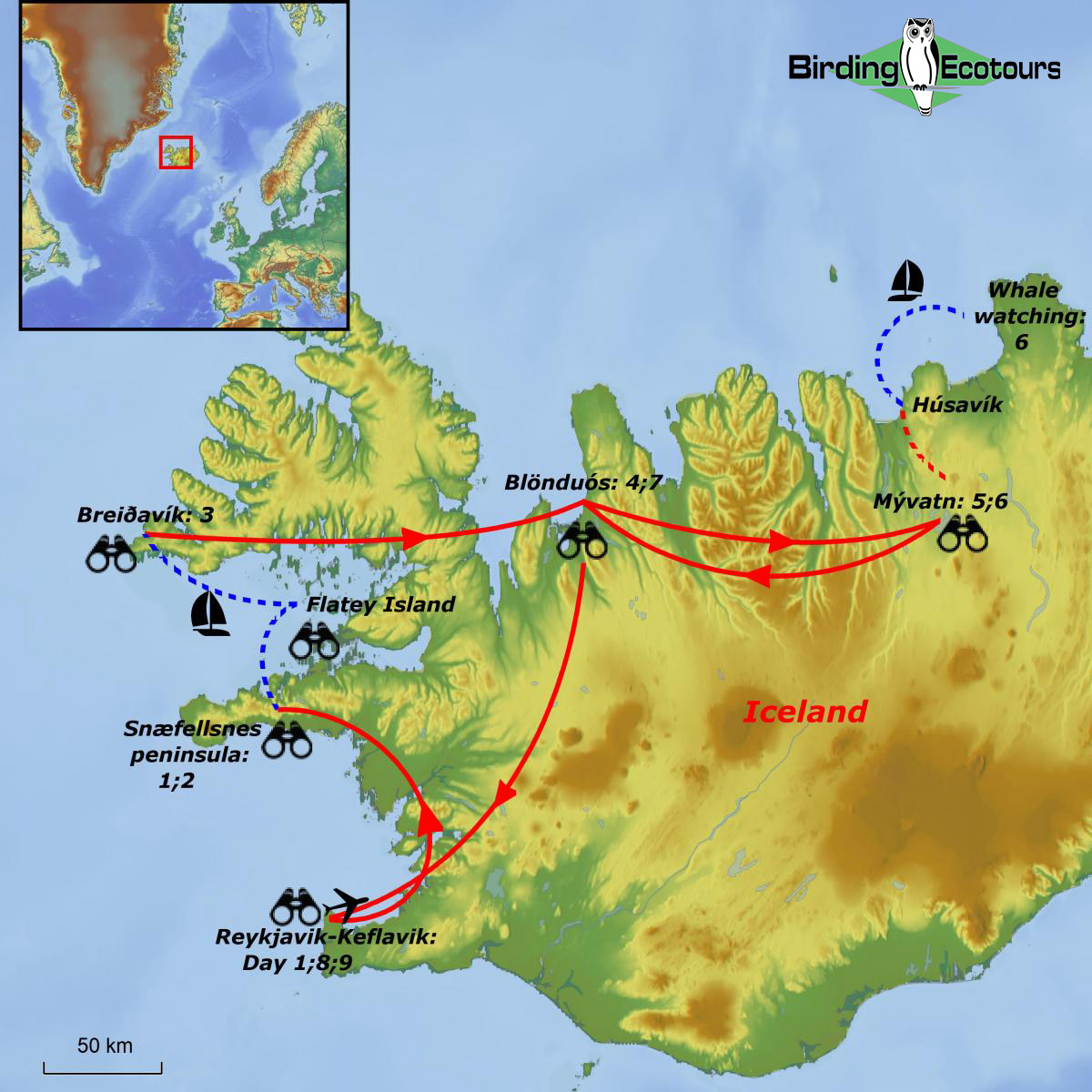
Iceland: Viking Birding Tour Trip Report
17-25 june 2022.
DOWNLOAD TRIP REPORT
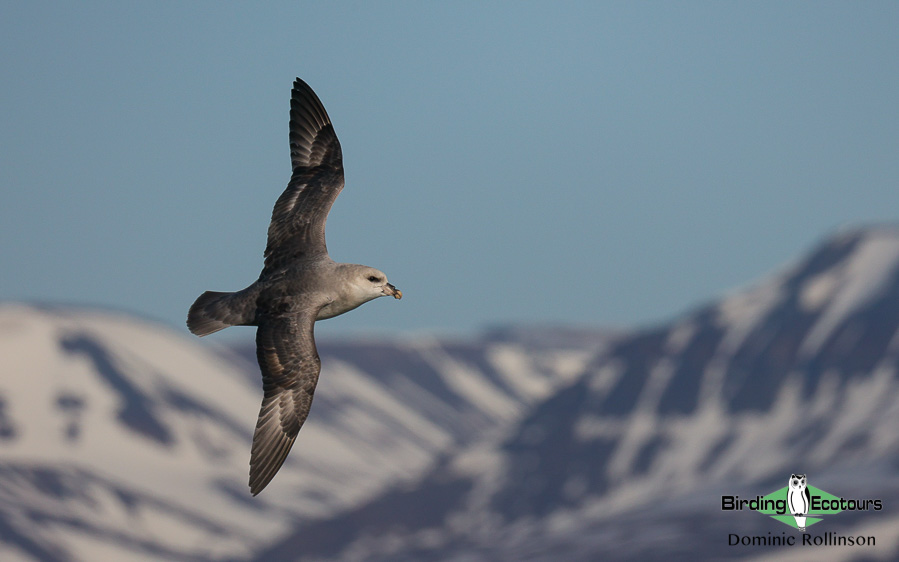
Northern Fulmar were ever present along the coastal regions of Iceland.
Our nine-day tour of Iceland saw us cover the entirety of the west and north of this beautiful island. Despite bad luck with the weather, which gave us only two days of ideal conditions, we were able to record 69 species, with highlights including Pink-footed Goose , Barrow’s Goldeneye , Harlequin Duck , Ring-necked Duck , Lesser Scaup , Short-eared Owl , Great Skua , Rock Ptarmigan , Thick-billed Murre (Brunnich’s Guillemot), Red-necked Phalarope , Iceland Gull , Glaucous Gull , Northern Wheatear , and Snow Bunting . We also enjoyed good views of Humpback Whale on our whale watching trip.
I would like to thank Steve, Peter, and Frayda for their company on this trip.

The timing of our tour meant many Harlequin Duck had moved to the coast, allowing us to enjoy large groups like this.
Detailed Report
Day 1, 17 th june 2022. route to the snaefellsnes peninsula.
Our first day of the tour was very much a travel day as we headed up the west coast of Iceland towards the Snaefellsnes Peninsula. With inclement weather we made a couple of birding stops along the route in the remote farming areas of the west coast.
Here we saw a number of common Icelandic species including Common Redshank , Parasitic Jaeger (Arctic Skua), Black-tailed Godwit , European Golden Plover , Whooper Swan , Arctic Tern , and Black-legged Kittiwake .
We also enjoyed some of the more special species of Iceland, including Glaucous Gull , Red-throated Loon (Red-throated Diver), and Red-necked Phalarope .
After a long day we retired to our hotel, hopeful that the following day’s weather would prove better.
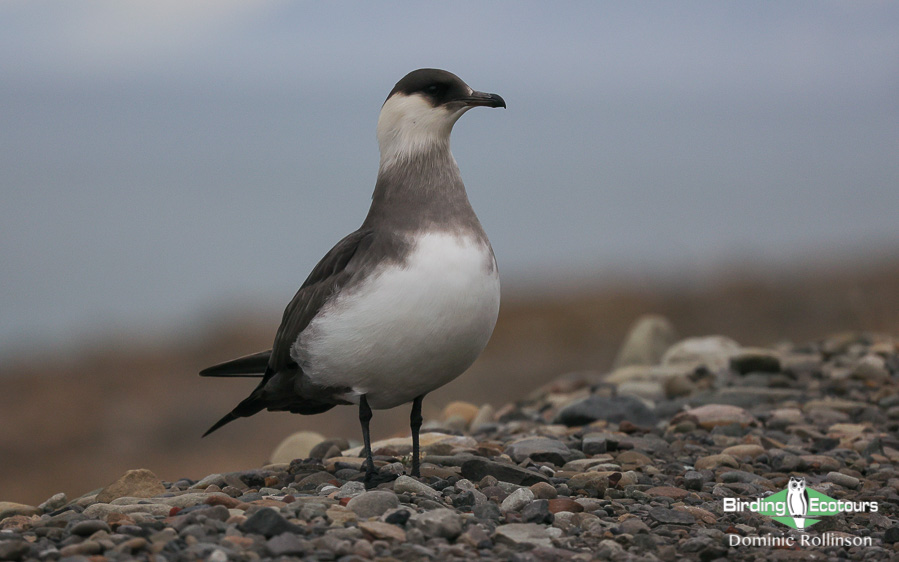
Our first of many Parasitic Jaeger ( Arctic Skua ) showed superbly in the coastal area of western Iceland.
Day 2, 18th June 2022. Birding Snaefellsnes Peninsula
Today we would explore the beautiful Snaefellsnes Peninsula in glorious weather. Our first stop was the striking waterfall at Kirkjufellsfoss. Not only was the scenery spectacular but we also scored our first Harlequin Duck of the tour. Continuing along the north side of the peninsula we enjoyed good views of Common Eider , Red-breasted Merganser , Tufted Duck , and Greater Scaup in roadside lakes. The best was yet to come, with stunning views of no less than 27 Harlequin Duck in a roadside waterway at Kirkjufellsfoss, an amazing result. After a quick pit stop, we pulled over to check a group of gulls and enjoyed great views of impressive adult Glaucous Gulls on the cliff tops.
Continuing our drive, we came across an Arctic Tern colony at Rif before heading west to the lava fields near Svortuloft Lighthouse. The seabirds here put on a great show with Common Murre (Common Guillemot), Thick-billed Murre (Brunnich’s Guillemot ) , Razorbill , Black-legged Kittiwake , Northern Fulmar , and Glaucous Gull all performing well. In the lava field nearby, we had brief views of Northern Wheatear and Meadow Pipit .
We then headed to the south of the peninsula and after lunch we attempted to locate a recently seen King Eider at Stadarsveit. Sadly, we had no luck finding it but did locate a flock of Eurasian Wigeon , Black-headed Gulls , plenty more Common Eider , and had close views of Common Redshank and Eurasian Oystercatcher . On the beach distant views were had of both Grey Seal and Harbor (Common) Seal .
After a long but exciting day we headed back to our hotel for the evening.
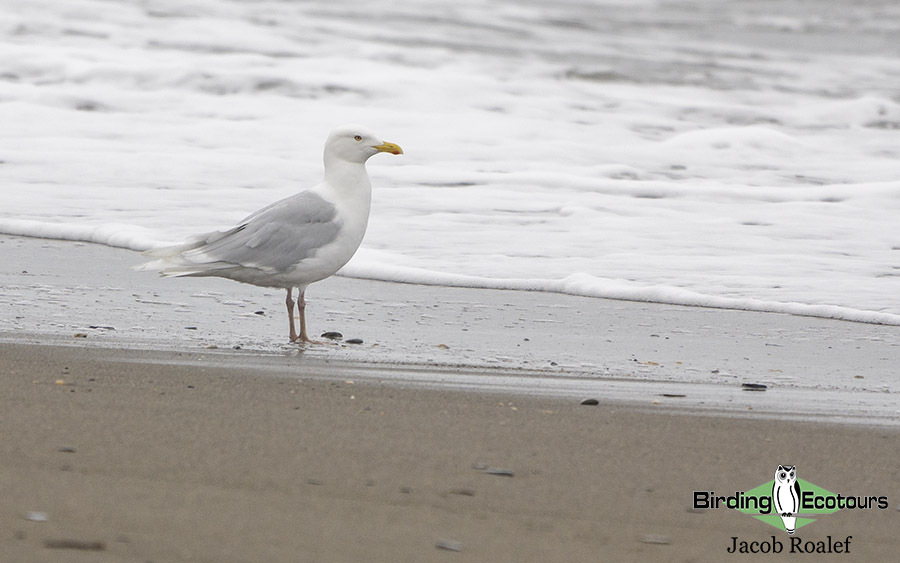
The brutish, but striking, Glaucous Gull was never far away in coastal areas, with a mix of ages on show.
Day 3, 19 th June 2022. Journey to the Westfjords, visit to Latrabjarg
Unfortunately the weather turned against us today and hastily rearranged plans meant we would drive from Snaefellsnes to the Westfjords rather than take the boat to Flatey Island. Due to the weather our journey was mostly birdless, save for four Harlequin Ducks close to the road.
After lunch, and with the weather still very poor, we headed to the seabird colony at Latrabjarg. Here we enjoyed amazing views of Atlantic Puffin and had good fly-past views of Parasitic Jaeger (Arctic Skua), Black-legged Kittiwake , Northern Fulmar , Common Murre (Common Guillemot), Razorbill , European Shag , Great Cormorant , and Glaucous Gull .
In the carpark at the colony, we had brief views of Snow Bunting , before enjoying better views of another individual later on. Along the route back to our hotel we also had good views of Common Snipe and some of the group had brief fly-past views of our first Iceland Gull .
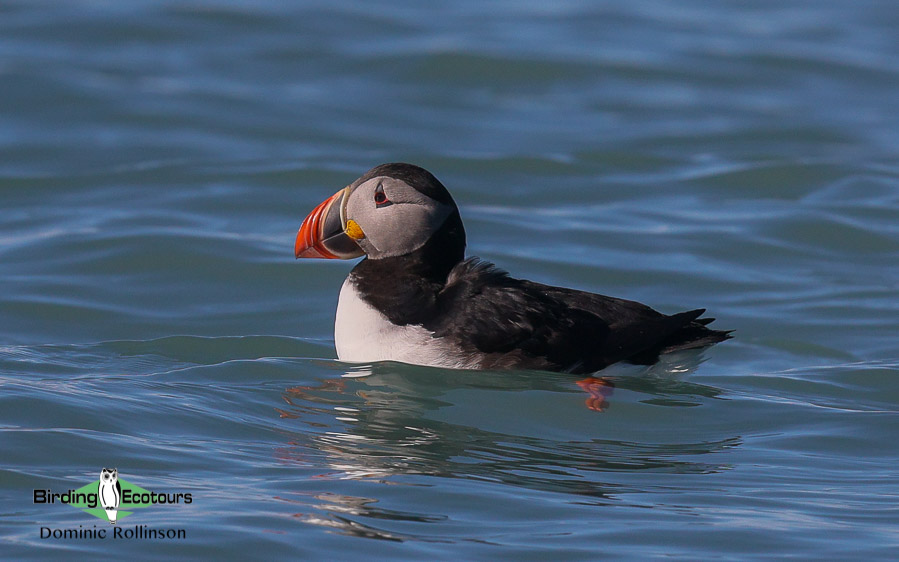
We had enjoyable encounters with the gorgeous Atlantic Puffin at Latrabjarg.
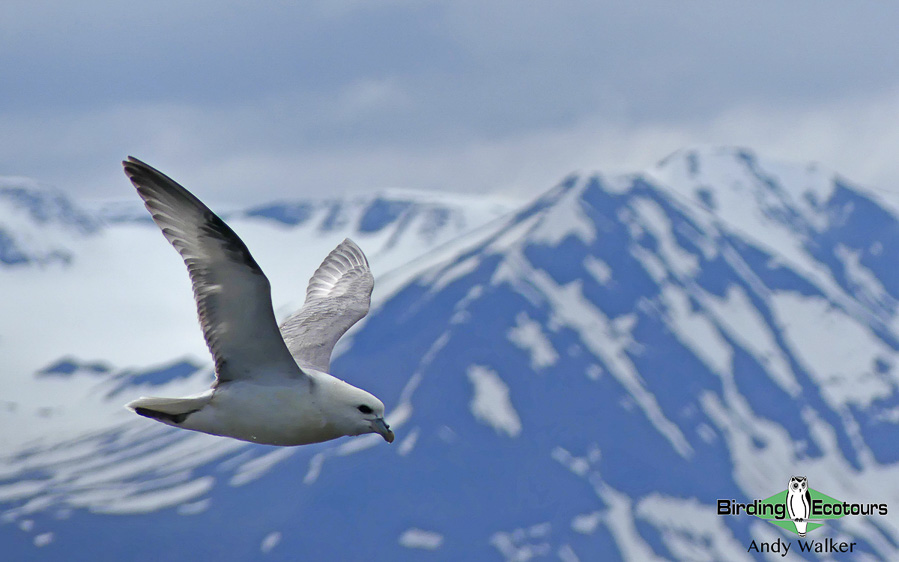
We felt the full force of Arctic weather during our time in Iceland. This made birding difficult but did give for some incredible photographic opportunities. Here a Northern Fulmar braves the storm in front of the mountains of northern Iceland.
Day 4, 20 th June 2022. Westfjords, Flatey, journey to the north coast
We started today with a drive up into the Westfjords near Dynjandiá. This wild and beautiful area is remote and vast and our first stop at a small lake gave us good views of both Long-tailed Duck and Common Loon (Great Northern Diver). We continued on to the massive Dynjandi waterfall, which was breathtaking. the nearby Arctic Tern colony was very active, with the terns keen to buzz anyone who came too close.
We next headed back to the coast to catch the boat to Flatey Island. In beautiful conditions we explored this small island with wonderful views had of Red-necked Phalarope , Snow Bunting , Northern Fulmar , Common Eider , and many other species.
After getting back to the mainland we faced a long drive through the evening to the northern part of Iceland. This was breathtaking and en route we enjoyed Rock Ptarmigan , Common Merganser , and other species under the midnight sun.
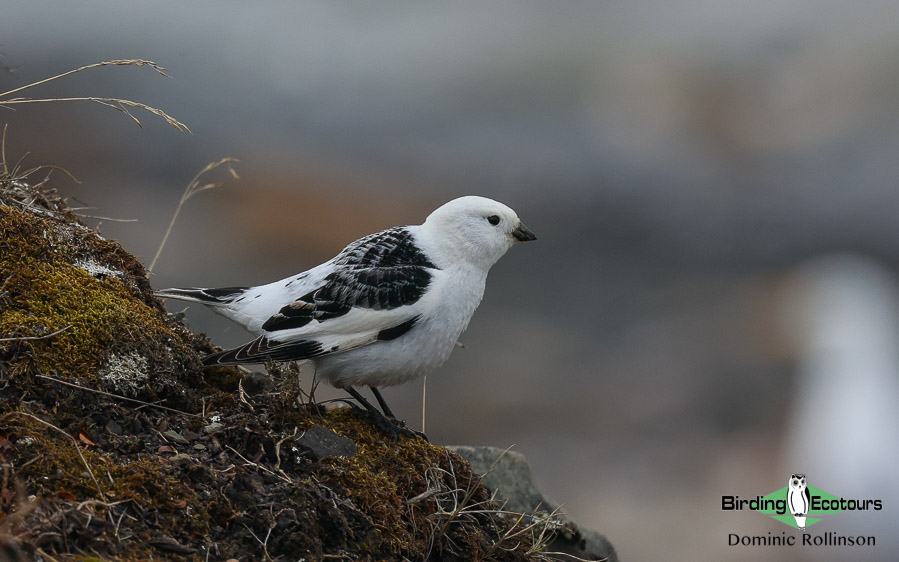
Snow Bunting were a real group favorite on Flatey Island, with many males singing and giving fantastic views.
Day 5, 21 st June 2022. The north coast and Lake Myvatn
Today it was time to head to Lake Myvatn, one of Iceland’s most famous birding areas. On our journey to the lake we enjoyed great views of Pink-footed Goose near Kúskerpi and brief but enjoyable views of Short-eared Owl at Laugar.
Once at Myvatn we explored the perimeter of the lake under darkening skies. Great views were had of Barrow’s Goldeneye , Harlequin Duck , Long-tailed Duck , Tufted Duck , Eurasian Wigeon , Common Scoter , Common Pochard , Greater Scaup , Common Loon (Great Northern Diver), and others.
Sadly we had to curtail our birding day as torrential rain arrived while searching for the highly desired Gyrfalcon.
Day 6, 22 nd June 2022. Hverfjall and Kopasker
Poor weather once again hampered our day’s birding, as a wintery front came through from Greenland. A brief stop to look for Rock Ptarmigan near Hverfjall didn’t give us our desired species, however we did find our first Common Redpoll of the trip, which showed very well.
Moving north towards the coast some of the group had a brief Merlin flyover the car. With the weather closing in we stopped at some roadside ponds near Kópasker and had brief views of Horned Grebe (Slavonian Grebe), Red-throated Diver , and a number of Red-necked Phalarope .
A sheltered harbor at Lón-sudurhluti held Red-breasted Merganser and Common Eider , while a fly-past Great Skua was our first of the trip. Nearby a Rock Ptarmigan showed briefly and once again we enjoyed great views of Black-tailed Godwit .
After lunch the weather became progressively worse so we decided to retreat to our hotel. Along the route we had brief fly past views of Common Gull .

Common Redpoll was one of just a few passerines we were able to catch up with, but that made them all the more special.
Day 7, 23 rd June 2022. Whale watching and the journey south
With poor weather once again present our planned whale watching trip had been moved to a more sheltered location. Despite this the going was very rough and only brief views of Humpback Whale were had, although one did jump clear of the water!
Bird wise, it was also relatively quiet with Black Guillemot and Parasitic Jaeger (Arctic Skua) being the highlights.
After the cold trip we made the four-hour journey south to our hotel.
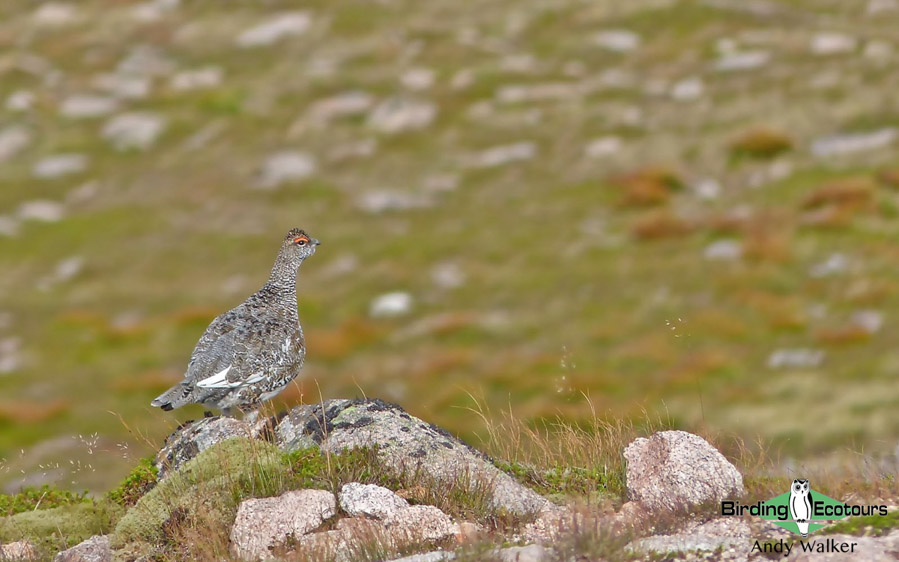
Rock Ptarmigan proved to be an elusive species until the final day, what a cracker!
Day 8, 24 th June 2022. The Reykjanes Peninsula
Finally the sun was shining again for us, unfortunately it was accompanied by strong winds from the north, which made birding very difficult once again. Heading south we checked a few sites for some late target species, such as King Eider and White-tailed Eagle. Sadly we were unable to locate either but did add Common Shelduck to our list at Kistufjördur mud flats.
After lunch we headed to Vifilsstadavatn where we were able to observe Ring-necked Duck , Lesser Scaup , Greater Scaup , Horned Grebe (Slavonian Grebe), Common Loon (Great Northern Diver), and Red-necked Phalarope .
Our final stop of the tour was the Reykjanes Peninsula. Exploring its perimeter in the strong winds proved challenging once again, however we did enjoy the Midlina Bridge (The bridge between continents) where one can see the meeting point of the Eurasian and North American tectonic plates.
Moving to the north of the peninsula we scanned the sea and picked up our final two new birds of the tour, Northern Gannet and Manx Shearwater . The sea was very rough but was teeming with sea birds.
Finally, we explored the tundra area near the airport where a Rock Ptarmigan showed amazingly well as did a stunning adult summer-plumaged Iceland Gull , among close to 500 Lesser Black-backed Gulls .
Tired after another testing day with the weather we retreated to our hotel for the final evening.
Day 9, 25 th June 2022. Departure
This morning we departed from Keflavik Airport after an enjoyable nine days of Icelandic birding.
Please see the downloadable PDF above with the full species lists included. This is a sample trip report. Please email us ( [email protected] ) for more trip reports from this destination.
‘Our small group had a great trip birding Iceland with Andy Walker. Andy’s knowledge, tenacity, organizational skills, patience and fun personality allowed us to maximize this opportunity to see every possible bird within our range. Because of Andy’s scientific knowledge as well as field skills I learned a great deal. His enthusiasm kept us going even when the weather attempted to dampen and freeze mine! Iceland is an awesome country and Ecotours did a great job of arranging an itinerary that provided excellent food and lodging along the way. Very well organized. I’d go with this company and guide again!’
‘Birding with Andy through western Iceland was marvelous. He’s a wealth of birding knowledge and information, down to the most minute details of all the birds we viewed. He has tremendous patience and perseverance in locating the birds, and worked hard with each individual to make sure we were satisfied with all sightings. He kept us on track and in motion, as we passed through the vast and rugged expanses of western Iceland. He has non-stop energy and a great personality. Couldn’t ask for better.’
All Rights Reserved, Birding Ecotours
Join our newsletter for exclusive discounts and great birding information!
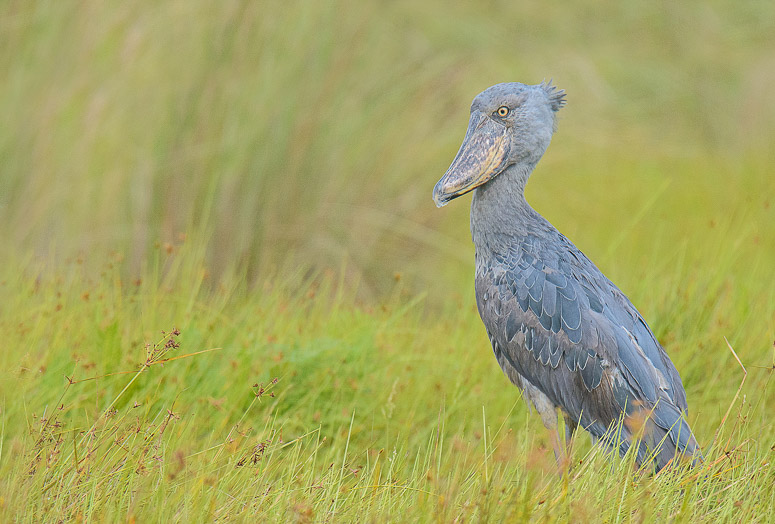
Iceland is open for travel: check volcano updates here
- Language/Currency CN Language CN Chinese $ USD ISK ISK $ USD € EUR CA$ CAD £ GBP

Your Guide To Birding in Iceland
Find out about Iceland’s bird species
- Bird species in Iceland
Birding Tours in Iceland
Recommended tours.
- Related blogs

Did you know that the whooper swan is the only swan species in Iceland? Read our blog to discover more about the unique birds of Iceland.
Iceland is a country full of natural beauty and wonder. The vast dramatic landscapes and open grasslands make it the perfect space for wildlife to inhabit, particularly birds. Many visitors travel to Iceland seeking to explore the country’s dynamic birdlife. The abundant birdlife here means that you’ll never run out of opportunities to spot the fascinating birds of Iceland.
How many species of bird are in Iceland?
As of 2022, there are currently 418 confirmed species of bird in Iceland according to the Icelandic Birding Pages (IBMP). Of this figure, around 85 species can be spotted regularly. These include species such as the Arctic puffin, common snipe, whooper swan, golden plover, snowy owl and many more.
In our latest article, we’ll be taking a look at the different species of bird in Iceland, covering the most common bird-watching locations to get a glimpse (and hopefully a photo!) of them. Read on to discover everything you need to know about birding in Iceland.
Arctic Puffins
These adorable little birds account for 8-10 million of all birds in Iceland, with 60% of the entire world’s puffin population found here. Arctic puffins are characterized by their penguin-like color, with a bright red and orange beak which shimmers in the summer months. The puffin changes color depending on the time of year, with their beaks fading to gray during the winter.

Family of puffin birds on the cliffs in Iceland
There are several locations throughout the country to watch puffins. Here are some of the top spots to see puffins in Iceland.
Westman Islands - The Westman Islands, or Vestmannaeyjar , is a collective group of islands in southern Iceland. On these islands you will find the largest colony of puffins in the entire world, making it a very popular destination for birdwatchers and tourists alike. To get there, simply take a ferry, which will guide you past the best spots for viewing arctic puffins in their natural habitat. If you're looking for a guide, then our Westman Islands, Volcanoes & Puffins Tour is a perfect way to explore the island and its wildlife.
Látrabjarg - The remote Látrabjarg cliffs in the Westfjords are another famous place to spot puffin colonies. This vast 8-mile (12 km) stretch of cliffs forms the westernmost point in Iceland and can stretch up to 1443 ft (440 m) in certain places. Here you will find millions of sea birds, particularly between May and late August. Take a look at our ultimate 13-day Westfjords tour which includes bird watching on day 10.
Dyrholaey - A few hours away from Reykjavík is Dyrholaey, a dramatic row of cliffs that curve out into the ocean. Up close, you will see plenty of puffin nests in the nooks and crannies of the rocks, shaped by years of fire and water.
Take a look at our selection of Puffin Tours today.
Common Snipe
The Common Snipe, known as hrossagaukur, is a small, stocky wader that can be found in the lowland regions of the country. Most notably you will hear them on hiking tours , making what is described as a ‘drumming’ sound when in flight. Although the sound is loud, the snipe itself can be difficult to spot as its brown-coloured feathers blend seamlessly with the vegetation on the ground. Iceland's wetlands are a primary habitat for the common snipe, as they are filled with insects and worms for the birds to feast on.

The Common Snipe in Iceland
Golden Plover
The Golden Plover plays a significant role in Icelandic folklore, as it is known to be able to foretell the everchanging weather. The general rule is that when the golden plover arrives, winter is over and springtime is here. This typically occurs towards the end of March. In Icelandic folklore, the golden plover was not created on the fifth day when God created birds but instead, was created much later by Jesus himself. This colorful species typically stays throughout the warmer months, tending to disappear around September time.
To see the Golden Plover you should head towards fresh bodies of water, such as Lake Myvatn in the northern part of the country. The extensive network of rivers in Iceland means that you may easily spot the golden plover near a body of freshwater.

Golden plover in its winter plumage in Iceland
Snowy owls are one of the most beautiful birds on the planet, with white fluffy feathers and horizontal dark patterns across their small bodies. It is rare to see them in Iceland, and they only appear about 5-10 times per year. They camouflage well with Iceland’s snow, and their silent hunting methods also make them difficult to hear. Due to a lack of rodents, the snowy owl does not breed in Iceland but instead will migrate from other arctic countries in the northern hemisphere.
To find snowy owls in Iceland, you should take a trip to the country’s most remote locations, such as the Eastfjords . You will also be much more likely to see them at nighttime.

A perched snowy owl in Iceland
Whooper Swans
Whooper swans are the only swan species you will find in Iceland. Larger than the common Bewick’s swan, the whooper swan has a yellow-tinted bill, with white plumage and a long neck. In the springtime the swan will fly from Scotland to Iceland, traveling at very high altitudes of up to 8,000 ft (2438 m).
Whooper swans are most commonly found in large areas of water, as their delicate legs cannot support them for long periods of time. The bird breeds all over Iceland where there is ample vegetation and water, such as southern regions of Lake Myvatn.

Whooper Swan on a lake in Iceland
The gyrfalcon is the national bird of Iceland and even featured in the country’s coat of arms in the early twentieth century. A regal white bird with black spotting, it can be found in shades of white, black, and dark brown. Gyrfalcons are top-notch predators. Not only have they been used for falconry for centuries, but they can also reach a speed of 130 m/ph (210 km/h) when diving in on their prey!
Common throughout the Arctic zone, gyrfalcons are mainly spotted in the Icelandic Highlands , East Fjords, and Westfjords, as well as northern mountains due to their nesting in cliff faces. You are most likely to spot them at the Jökulsárgljúfur National Park , home to one of the deepest canyons in Iceland.

ARCTIC TERNS
The arctic tern will leave you spellbound with its migration route. This species travels 50,000 miles (80,000 km) across the earth each year. Of all the birds in Iceland, the arctic tern is easy to identify because of their pointed wingtips and long, angular wings. The forked tail is a distinguishing feature of a breeding arctic tern.
During the summer, these birds are found on flat ground in coastal areas. The southwest region of Iceland, including Reykjavík, has a high population of arctic terns. Our 8-day Northern Lights tour ends at the Seltjarnarnes peninsula where these birds are abundant. Quite recently, they have also been spotted at Hljomskalagardur Park and Jokulsarlon Glacier Lagoon in Iceland.

Also known as shorebirds, the whimbrel is a large wader. In addition to their long, downward-bent beaks, whimbrels can be identified by the white and brown bands running over their head. During the summer, large numbers of breeding pairs can be found in Iceland. When winter arrives in the Arctic, they migrate to the sunny coastlines of West Africa.
Whimbrels feed along wetlands and coastlines. Due to the extensive network of rivers and glaciers in Iceland, whimbrels are abundant. Their habitat is typically tundra with low-lying vegetation or moorlands. As such, the landscape of South Iceland provides an ideal ecosystem for these birds.

ROCK PTARMIGANS
The rock ptarmigan is a common breeding bird in Iceland. They change colors with the seasons, making them some of the most fascinating birds in Iceland. From winter to mid-summer, the rock ptarmigan remains white with dark bills, eyes, and lores. Following that, they molt into a brown plumage with dark brown tail feathers.
In Icelandic culture, the rock ptarmigan is featured as a festive food and is sometimes a main dish at Christmas. Hunting season, which begins in November, is permitted for personal consumption only, as all trading of these Icelandic birds is banned.
Within Iceland, this species usually retains a small habitat, although there are extensive movements between their breeding and wintering grounds. Rock ptarmigans mostly feed on berries, buds, seeds, and insects. As such, they prefer vegetated scrublands at higher altitudes. The best locations to spot these birds of Iceland are Hrisey Island and Skaftafell National Park .

The Raven is the largest resident bird in Iceland. In the autumn season alone, there are around 12,000 to 15,000 ravens in Iceland. A pernicious omnivore, these black birds are known for robbing eggs and causing disturbance on nesting grounds.
Ravens are prominent in Icelandic history and culture. In the Old Norse beliefs, there were two ravens, Huginn (Thought) and Muninn (Memory), who traveled the world to gather information and whispered their secrets to the god of wisdom, Odin. From folk songs, poems, and stories, the raven is a common motif in Icelandic literature. It is also the emblem of the Icelandic Institute of Natural History.
Highly adaptable as they are, ravens are found throughout Iceland. They are one of the few bird species in the country that do not migrate in the winter.

WHITE-TAILED EAGLE
White-tailed eagles are around 3 ft (1 m) in height with a wingspan of over 6.5 ft (2 m). However, this species, which happens to be the largest in Iceland, is endangered. The high bounty on their feathered heads saw their numbers decline since the 1900s. In the 1960s, there were only twenty mating pairs of these birds left in Iceland. Despite staggering odds, the white-tailed eagles of Iceland have undergone a remarkable revival.
In addition to rodents and smaller birds, the white-tailed eagle also feasts on fish, thanks to the fact that it is largely a coastal bird. Today, they are found in the bay that separates the Snæfellsnes Peninsula from the Westfjords. If you are in the Westfjords, you can even visit the White-Tailed Eagle Centre in the village of Reykholar to learn more about these majestic birds of Iceland.

GREAT BLACK-BACKED GULL
A large and conspicuous gull, the great black-backed gull is the “King of Atlantic Waterfront.” These birds of Iceland can be distinguished by their black back and upper wings. It is often mistaken for the lesser black-backed gull. An easy way to differentiate one from the other is to focus on the lower body. The great black-backed gull has rosy legs and feet whereas the lesser black-backed gull has yellow feet and legs. Another distinguishing feature of the “great” is the prominent white-spotted wing tip.
The great gulls are found throughout Iceland, predominantly along the shores. These birds are quite resilient and feed on whatever food is available to them. Their breeding grounds are usually located between rocks and grass areas at the top of cliffs. Winter migrants and non-breeders are usually found along the south of Iceland.

At Arctic Adventures, we have a unique range of wildlife tours that allow you to glimpse Iceland’s magnificent creatures, including the diverse birding life. Some of our tours combine wildlife watching with adventurous activities such as hiking, hot spring hunting, and much more! Take a look at our Wildlife Tours today to start your next Icelandic journey.
Best Sellers

6 Days Around Iceland Adventure

Glacier Explorer - Moderate Glacier Hike in Skaftafell

"Into the Glacier" Ice Cave Tour

Your Ultimate Guide to Iceland in July

Guide To Westman Islands: Iceland's Explosive Pearl

What to Wear Snorkeling

What to Wear in Iceland

Puffins in Iceland - Everything You Need to Know

Icelandic food

Westman Islands, Volcanoes & Puffins Tour

Golden Circle & Puffin Tour
Related blog posts.

Iceland is the puffin watching capital of the world. Bird watchers and scientists from all over the globe come to Iceland to see this interesting species for themselves. Thanks to their incredibly cute and funny appearance, puffin watching ...

Whale Watching in Iceland
Everything you need to know about whales in iceland.
Iceland boasts not just the best whale watching in Europe but is also one of the best places to whale watch in the world. The country’s unique position between two ocean currents in the North Atlantic means that its waters are filled with k...

The Ultimate Guide to Driving in Iceland
Driving is an incredible way to explore all of Iceland's otherworldly landscapes. Many ask about the Ring Road, Iceland driving laws, gas prices in Iceland and driving in winter. Here you will find all your questions about driving in Icelan...
Share our passion for Iceland, get top travel stories & special offers to your inbox
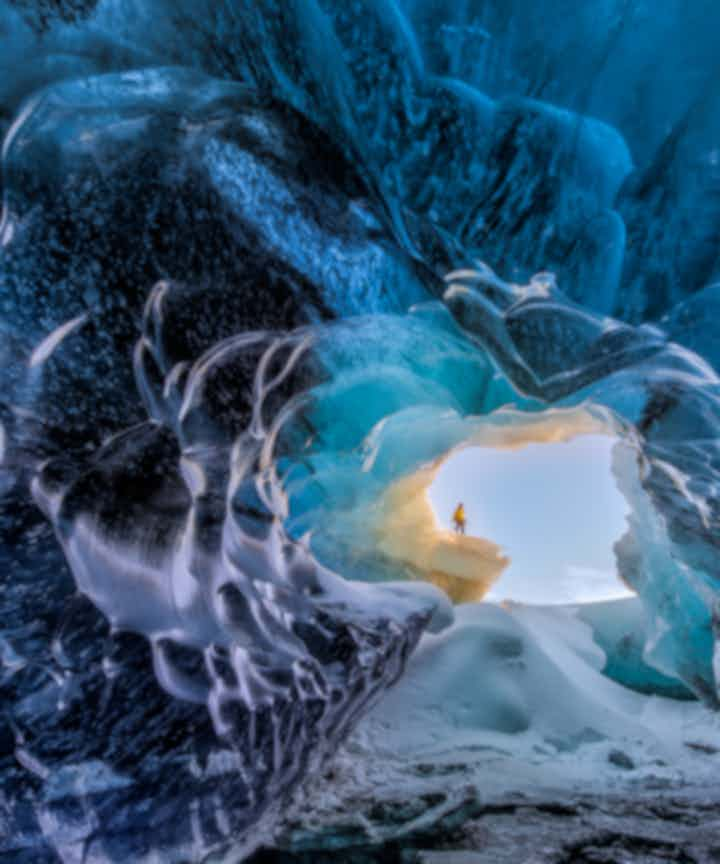
Best Tours & Vacation Packages In Iceland
Select starting location
Select dates
Add travelers
Top things to do in Iceland
Book your complete trip with the best companies only

Visit a Live Volcano

Visit the Blue Lagoon

Go on a Road Trip

Do the Golden Circle

See the Glacier Lagoon

South Coast Tours

Find the Northern Lights

Explore an Ice Cave
Popular trips & holidays.
Secure your spot on the most sought after trips and holidays
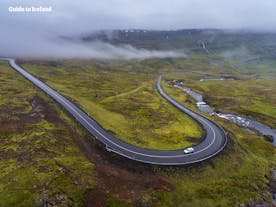
10-Day Self-Drive Tour of the Complete Ring Road of Iceland with Top Attractions & Snaefellsnes
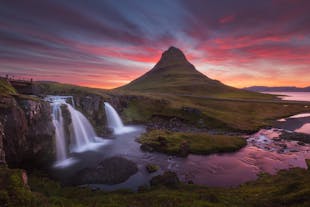
Iceland Full Circle 10-Day Self Drive Tour
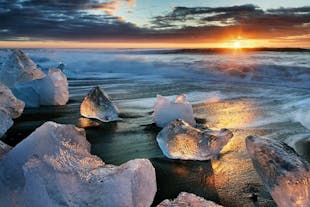
Unforgettable 6-Day Summer Vacation Package with Jokulsarlon Glacier Lagoon
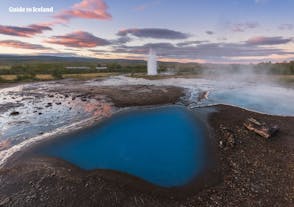
Epic 14 Day Self Drive Tour of the Complete Ring Road of Iceland & the Westfjords

One Week Summer Self-Drive Tour of Iceland’s West & South Coasts with Waterfalls & Glaciers
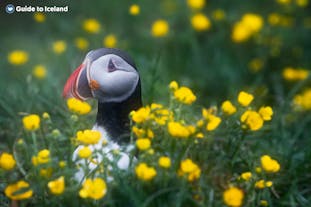
Epic 13-Day Self-Drive Tour of Iceland's Complete Ring Road with Snaefellsnes Peninsula & Westfjords

Amazing 5-Day Summer Vacation Package in Iceland with Jokulsarlon Glacier Lagoon & Golden Circle
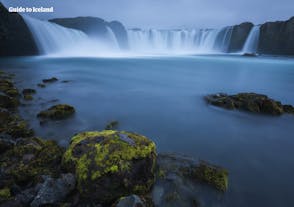
7-Day Self-Drive Tour of the Complete Ring Road of Iceland
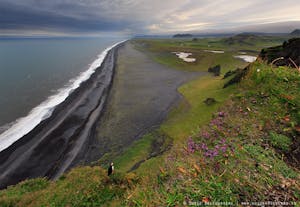
Best 1-week Summer Self-Drive Tour of the Ring Road of Iceland & Golden Circle
Popular day tours.
Choose from the most popular day tours in Iceland
Inside the Volcano Thrihnukagigur Tour with Transfer from Reykjavik
Snorkeling tour between continents in silfra with free underwater photos & snacks, the katla ice cave tour, skaftafell glacier hiking tour on vatnajokull, family-run husavík whale watching tour, 1-hour zodiac boat tour of jokulsarlon glacier lagoon, best ice cave tour in vatnajokull glacier starting from jokulsarlon glacier lagoon, small-group golden circle minibus tour from reykjavik with bruarfoss waterfall & kerid crater, newest tours.
Be among the first to find and book the newest tours in Iceland
Golden Circle Tour From Reykjavík Harbour - A Private Tour for Cruise passengers
Puffin express: 1-hour close encounter with adorable birds, whale watching & aurora reykjavik exhibition: a celestial and aquatic adventure, whale watching & hvammsvík hot spring: coastal excursion and thermal retreat, whale watching & flyover: aerial excursions and oceanic encounters, rib whale expedition: 2-hour high-speed adventure, sunset fishing in faxaflói bay: 2.5-3 hour excursion, whale wonders: morning expedition, dog sledding near reykjavik, private 11-hour diamond circle tour from akureyri, enchanting 9-hour sightseeing tour to godafoss, lake myvatn, and dettifoss from akureyri, private 8-hour tour to godafoss, lake myvatn, and myvatn nature baths from akureyri.
Explore an unequalled wealth of tours and packages
Vacation Packages in Iceland
Self drive tours in iceland, tour calendar, nature tours in iceland, adventure tours in iceland, cheap bus tours in iceland, top tour destinations in iceland, all you need to know about tours in iceland.
Iceland offers a wide variety of tours and experiences, each with its own unique charm and adventure. However, there are a few tours that stand out as the most popular among travelers to Iceland.
1. Self Drive Tours
Self-drive tours in Iceland are a popular option for those who want to explore the country at their own pace and on their own terms. These tours allow visitors to rent a car and explore Iceland's unique natural beauty and attractions without the need for a guide or a fixed itinerary. Here are some features and benefits of self-drive tours in Iceland:
One of the main benefits of a self-drive tour is the flexibility and independence it offers. Visitors can create their own itinerary and explore Iceland's unique landscapes at their own pace, choosing which attractions to visit and how long to stay at each location. This allows for a more personalized and authentic experience of Iceland.
Iceland is known for its stunning natural beauty, and a self-drive tour allows visitors to explore, visiting attractions around the country. From waterfalls and geysers to glaciers and black sand beaches, there is something for everyone on a self-drive tour.
Self-drive tours in Iceland provide the opportunity to discover hidden gems and less-traveled locations. Visitors can venture off the beaten path and explore the lesser-known places and natural wonders that make Iceland so special.
Self-drive tours in Iceland can be a budget-friendly option compared to guided tours. Visitors can save money by staying in budget accommodations, preparing their own meals, and avoiding expensive guided tours. At Guide to Iceland, you can find a wide variety of different self-drive tours which explore different regions of the country and can range from just 2 days to multiple-week adventures.
Driving in Iceland is relatively easy, with well-maintained roads and clear signage. Most rental car companies offer GPS navigation systems, making it easy to navigate around the country. For more information, check out the itineraries for five of our most popular self-drive tours in Top 5 Best Road Trips in Iceland .
Overall, self-drive tours in Iceland are an excellent option for those who want to explore the country's natural beauty at their own pace and on their own terms. With flexibility, independence, the opportunity to discover hidden gems, budget-friendliness, and easy navigation, it's easy to see why self-drive tours are such a popular choice among travelers to Iceland.
2. Vacation Packages
Vacation packages in Iceland are a convenient and stress-free way to experience all that the country has to offer. These packages typically include a combination of accommodations, transportation, and guided tours, allowing visitors to enjoy a comprehensive and hassle-free experience without worrying about logistics or planning.
At Guide to Iceland, our vacation packages are available in a variety of options, catering to different interests and preferences. From northern lights packages to summer self-drives around the Ring Road, there is a package available for everyone.
Most vacation packages in Iceland include the services of professional guides who are knowledgeable about the country's unique culture and natural beauty. These guides provide an immersive experience, sharing local legends, folklore and stories which ensures that visitors get the most out of their time in Iceland.
Booking a vacation package in Iceland is convenient and stress-free. The package typically includes all the necessary arrangements, such as accommodations, transportation, and tours, providing visitors with a hassle-free and enjoyable experience.
Vacation packages in Iceland can be a cost-effective option compared to booking everything separately. Package deals often include discounts on accommodations, transportation, and tours, providing visitors with value for money.
Overall, vacation packages in Iceland are an excellent choice for those who want a convenient way to experience all that the country has to offer without having to worry about logistics. With a variety of options, professional guides, convenience, and value for money, it's easy to see why vacation packages are such a popular choice among travelers to Iceland.
3. Golden Circle Tours
Golden Circle tours takes you through the most iconic sightseeing route in Iceland and brings visitors to some of the most famous destinations in the country. These include the geothermal area of Geysir, the majestic Gullfoss waterfall, and the historic Thingvellir National Park. This tour is ideal for those who want to experience Iceland’s stunning natural beauty and learn about its rich history in one day.
The Golden Circle and Secret Lagoon Tour offers visitors the chance to explore the attractions of the Golden Circle, before relaxing in the peaceful waters of the Secret Lagoon. The Secret Lagoon's natural hot spring water in its beautiful surroundings offer a more intimate and less crowded experience than the Blue Lagoon.
For those wanting something adventurous and daring, the Golden Circle and Silfra Snorkeling Tour is a great option. This tour takes visitors to the famous Silfra fissure, where they can snorkel between the North American and Eurasian tectonic plates in crystal-clear water. After the snorkeling experience, visitors can explore the natural wonders of the Golden Circle.
For those seeking an adrenaline rush, the Golden Circle and Snowmobiling Tour is an excellent option. This tour takes visitors to the three iconic locations of the Golden Circle before strapping riding on fast snowmobiles to explore Langjokull glacier. This way, you'll get to experience Iceland's glacial landscapes while also being part of a thrilling adventure.
Our Golden Circle Tours offers a variety of options that cater to different interests and preferences. Whether you want to relax in a hot spring, go off-road in a Super Jeep, or explore the underwater world, there is a Golden Circle Tour option for you.
4. South Coast Tours
The picturesque South Coast tours provide another option for sightseeing and take visitors along scenic South Iceland, showcasing breathtaking views of glaciers, waterfalls, and black sand beaches.
Highlights of these tours include visits to Skogafoss waterfall, known for its immense power and beauty, and Seljalandsfoss waterfall, which has a cave behind it, allowing you to walk behind the waterfall. The tour then takes you to the famous Reynisfjara black sand beach, where you can admire its distinct hexagonal basalt columns and the mysterious Reynisdrangar sea stacks from the shore.
The South Coast Glacier Hike Tour takes visitors to Solheimajokull glacier, where they can hike across the ice and explore its unique formations. The tour provides all the necessary equipment and a knowledgeable guide to ensure visitors' safety while exploring the glacier. This tour also stops at all the main attractions along the south coast, including Skogafoss and Seljalandsfoss waterfalls and Reynisfjara beach.
The South Coast and Jokulsarlon Glacier Lagoon Tour takes visitors on a scenic drive along the South Coast, visiting waterfalls and black sand beaches, to the Jokulsarlon glacier lagoon, one of Iceland's most unique natural wonders. Visitors can witness the stunning blue ice caps floating on the lake and observe the seals that call the lagoon home.
Overall, the South Coast of Iceland offers a variety of beautiful destinations to explore. From waterfalls and black sand beaches to ATV rides and glacier hikes, there is something for everyone on the South Coast.
5. Northern Lights Tours
Northern lights tours are a must-do for those visiting Iceland during the winter months. These tours take visitors to locations outside the city, away from light pollution, to see the spectacular natural phenomenon of the Aurora Borealis. With a bit of luck, visitors will be able to witness the lights dancing across the night sky in a display of vibrant colors.
Due to the northern lights being natural phenomena that can not be guaranteed or called upon, many multi-day northern light tour packages are available. The most popular ones are this 2-day south coast winter tour , this great value 3-day south coast tour with glacier hiking and ice caving , this adventurous 5-day winter package with ice caving , this comprehensive 7-day northern lights self-drive tour , and this epic one-week road trip package for those that want the full winter experience.
6. Glacier Hiking and Ice Climbing Tours
For those seeking a bit of adventure, glacier hiking and ice climbing tours offer opportunities for some thrilling experiences. These tours take visitors to Iceland’s glaciers, where they can hike across the ice and even climb its frozen walls. For those who prefer easier tours without ice climbing, then this glacier hiking tour in Skaftafell provides a thrilling experience of traversing Iceland's majestic glaciers. For those who would like to try ice climbing, this glacier hiking and ice climbing tour would be the best choice.
7. Blue Lagoon Tours
A Blue Lagoon tour is the perfect choice for those who want to relax and unwind. The Blue Lagoon is a hot spring spa with warm, mineral-rich geothermal waters that provide a relaxing and rejuvenating experience, surrounded by the moss-coated lava fields of Reykjanes peninsula.
You can either book a ticket to the Blue Lagoon and reach it by yourself if you have a rented car. You can also book a Blue Lagoon tour that includes pickup from your hotel in Reykjavík , or even a Blue Lagoon tour with pickup from the airport , so it can be your first experience in Iceland!
8. Ice cave tours
Last but not least, Ice Cave tours are also a very popular activity in Iceland, especially during the winter months. These tours take visitors to explore the natural ice caves that form inside the glaciers. Here are some of the popular ice cave tours in Iceland:
The Vatnajokull Glacier Ice Cave Tour takes you into the largest glacier in Iceland, which is home to some of the most stunning ice caves in the world. This tour takes visitors deep inside the glacier to explore the unique formations, the vivid blue ice, and the otherworldly beauty of the insides of an ice cave.
The Langjokull Glacier is the second-largest glacier in Iceland and is located in the central highlands. The Langjokull Ice Cave Tour takes visitors inside the glacier to explore a man-made ice cave and learn about the unique geological features of the area.
The Katla Ice Cave Tour takes visitors to Myrdalsjokull glacier, where they can explore the natural ice cave formations and learn about the unique geology of the area. Visitors will also have the chance to see the nearby active volcano, Katla, which last erupted in 1918.
Overall, Iceland has too many natural wonders to count, and exploring them on organized tours is a great way to experience them in person. The tours listed above are some of our most popular and highly rated and we recommend them for visitors to Iceland. There is a wide range of different tours available, with various fun activities and amazing destinations, which you can explore and book on our website.
On Guide to Iceland, you will find the largest selection of tours and activities in Iceland, and you can easily book them with a best-price guarantee. You also get free cancellation and a full refund up to 24 hours before the tour starts, so you can easily plan your entire trip in one place. Explore our wide selection of tours and we hope you have a wonderful time in Iceland!
Frequently asked questions
What are the most popular types of tours in iceland, what is the best tour for iceland, what is the best day trip from reykjavik, what is the best tour company in iceland, can i change the dates of my self-drive tour in iceland after i have booked, what is the best tour package in iceland, how do i choose the right tour in iceland for me, where do golden circle tours take me in iceland, what are glacier tours in iceland, what tours in iceland are good for avoiding crowds, what is the best 5-day tour package in iceland, what is the best 10-day vacation package in iceland, what is the appeal of snowmobile tours in iceland, can i go on ice cave tours year round in iceland, can anyone go on horse riding tours in iceland, where can i go on whale watching tours in iceland, when is the best time of year to visit iceland, what should i wear on a tour in iceland, what should i pack for a tour in iceland, do i need to book a tour in iceland in advance, can i book tours in iceland last-minute, are tours in iceland expensive, can i cancel my tour in iceland, how long do tours in iceland last, can i change my tour booking, do i need to rent a car to explore iceland, are tours accessible for people with disabilities, should i tip my tour guides in iceland, are there any cultural norms i should be aware of when participating in tours in iceland, are tours in iceland suitable for families with children, can i book a private tour in iceland, are there any age restrictions for tours in iceland, is it necessary to have travel insurance when booking a tour in iceland, are meals included in tours in iceland, can i bring my own snacks or food on tours in iceland, are there any health concerns i should be aware of when participating in tours in iceland, how long is the perfect vacation in iceland, can i customize my own tour in iceland, are there any restrictions for photography or filming on tours in iceland, do i need a tour guide to visit natural attractions in iceland, can i book a tour that includes multiple activities, what are the benefits of taking a tour in iceland, what is the best one week vacation package in iceland, what are the best holiday packages in iceland for families.

Download Iceland’s biggest travel marketplace to your phone to manage your entire trip in one place
Scan this QR code with your phone camera and press the link that appears to add Iceland’s biggest travel marketplace into your pocket. Enter your phone number or email address to receive an SMS or email with the download link.
Iceland - Land of Fire and Ice 2024 - ()
Iceland - land of fire and ice.
- Dates, Leaders and Pricing
- Trip Reports
- Tour Enquiry
December 2023 - current earthquake and volcanic activity in southwest Iceland make it very likely that this tour will require logistical changes, or be cancelled. Lying far out into the North Atlantic Ocean, the volcanic island of Iceland is the land between two continents; a land of fire and ice with its Viking heritage. While Iceland doesn’t have a long list of breeding birds, those that do occur are in many cases abundant, with globally important populations of waders, wildfowl and seabirds. In fact, its towering cliffs are among the largest seabird colonies on the planet, with five species of breeding auk, including Atlantic Puffin and Thick-billed Murre (Brünnich’s Guillemot), while the numerous lakes and wetlands are teeming with an array of divers, ducks and waders, such as Harlequin Duck, Barrow’s Goldeneye, Red‐necked Phalarope and Purple Sandpiper. Top of many people’s wish list is the world’s mightiest falcon, Gyr Falcon, and Iceland has a healthy population of this supreme predator. As a backdrop to all this there is also the country itself, with its volcanoes, lava fields, glaciers, spouting geysers, mud pools, dramatic coasts and black sand beaches making for spectacular and other-worldly scenery at every turn!
Atlantic Puffin; Thick-billed Murre (Brünnich’s Guillemot); Harlequin & Long-tailed Ducks; Barrow’s Goldeneyes; Red‐necked & Red Phalaropes; Purple Sandpiper; Gyr Falcon; Common Loon (Great Norther Diver); Whooper Swan; Snow Bunting; Razorbill; Black-legged Kittiwake; Glaucous & Iceland Gulls; Rock Ptarmigan; Pink-footed Goose; European Golden Plover; Red-breasted Merganser; Horned (Slavonian) Grebe and Short-eared Owl.
Top Mammals
White‐beaked Dolphin; Minke, Killer, Humpback or even Blue Whales; Arctic Fox.
Habitats Covered
tundra, coast, pelagic, lagoons, wetlands, lakes, volcanic landscapes, rivers
Expected Climate
day time temperatures average between 16 - 20ºC, while coastal wind and evenings are cooler
Max Group Size
7 with 1 Rockjumper leader
Tour Pace & Walking
relaxed, with some long days (due to Iceland's latitude and the time of year, daylight is almost 24hrs a day)
Accommodation
comfortable
Ease of Birding
mostly easy
Other Attractions
Lake Myvatn, Godafoss Waterfall, Gullfoss - the ‘Golden Waterfall’, Great Geysir and Strokkur Geysir, Þingvellir (Thingvellir) National Park, Reykjanes Peninsula
Photographic Opportunities
good to excellent
Iceland - Land of Fire and Ice 2025
25 Jun 2025 - 02 Jul 2025 (8 days)
EUR3,595 - Spaces Available

Tour Leader: Paul Varney
Tour price (Per person): EUR3,595 * USD3,861 * GBP3,038 * AUD5,854
Single Supplement: EUR980 * USD1,053 * GBP828 * AUD1,596
Iceland - Land of Fire and Ice 2026
08 Jun 2026 - 15 Jun 2026 (8 days)
EUR3,700 - Spaces Available

Tour Leader: Robert Williams
Pricing notes : *Prices are estimated and dates may change*
Tour price (Per person): EUR3,700 * USD3,974 * GBP3,127 * AUD6,025
Iceland - Land of Fire and Ice 2023 - May 2023
Iceland - Land of Fire and Ice 2022 - May 2022
Iceland - Land of Fire and Ice 2018 - June 2018
Your details
- Title Mr. Mrs. Ms. Dr. Prof. Sir.
- Name * First Last
- Your country Your country Afghanistan Albania Algeria American Samoa Andorra Angola Antigua and Barbuda Argentina Armenia Australia Austria Azerbaijan Bahamas Bahrain Bangladesh Barbados Belarus Belgium Belize Benin Bermuda Bhutan Bolivia Bosnia and Herzegovina Botswana Brazil Brunei Bulgaria Burkina Faso Burundi Cambodia Cameroon Canada Cape Verde Cayman Islands Central African Republic Chad Chile China Colombia Comoros Congo, Democratic Republic of the Congo, Republic of the Costa Rica Côte d'Ivoire Croatia Cuba Curaçao Cyprus Czech Republic Denmark Djibouti Dominica Dominican Republic East Timor Ecuador Egypt El Salvador Equatorial Guinea Eritrea Estonia Ethiopia Faroe Islands Fiji Finland France French Polynesia Gabon Gambia Georgia Germany Ghana Greece Greenland Grenada Guam Guatemala Guinea Guinea-Bissau Guyana Haiti Honduras Hong Kong Hungary Iceland India Indonesia Iran Iraq Ireland Israel Italy Jamaica Japan Jordan Kazakhstan Kenya Kiribati North Korea South Korea Kosovo Kuwait Kyrgyzstan Laos Latvia Lebanon Lesotho Liberia Libya Liechtenstein Lithuania Luxembourg Macedonia Madagascar Malawi Malaysia Maldives Mali Malta Marshall Islands Mauritania Mauritius Mexico Micronesia Moldova Monaco Mongolia Montenegro Morocco Mozambique Myanmar Namibia Nauru Nepal Netherlands New Zealand Nicaragua Niger Nigeria Northern Mariana Islands Norway Oman Pakistan Palau Palestine, State of Panama Papua New Guinea Paraguay Peru Philippines Poland Portugal Puerto Rico Qatar Romania Russia Rwanda Saint Kitts and Nevis Saint Lucia Saint Vincent and the Grenadines Samoa San Marino Sao Tome and Principe Saudi Arabia Senegal Serbia Seychelles Sierra Leone Singapore Sint Maarten Slovakia Slovenia Solomon Islands Somalia South Africa Spain Sri Lanka Sudan Sudan, South Suriname Swaziland Sweden Switzerland Syria Taiwan Tajikistan Tanzania Thailand Togo Tonga Trinidad and Tobago Tunisia Turkey Turkmenistan Tuvalu Uganda Ukraine United Arab Emirates United Kingdom United States Uruguay Uzbekistan Vanuatu Vatican City Venezuela Vietnam Virgin Islands, British Virgin Islands, U.S. Yemen Zambia Zimbabwe
- Hidden Tour of Interest
- Tour of Interest Select Tour of Interest Iceland - Land of Fire and Ice 2025 Iceland - Land of Fire and Ice 2026
- Your Enquiry *
Contact permission
We would love to send you Newsletters (twice yearly).via Type a message, Promotions/Discounts (weekly), Blog Articles/Image of the Month (monthly) and other content that we think you would find interesting. If you are happy with this then please select your preferences below. If you would like to unsubscribe from previous subscriptions, or leave our mailing list entirely, then please do so by visiting the Preference Centre link at the bottom of these emails.
- Yes, I would like to receive this content of interest and to better filter the content sent to me, I am a :
- Hardcore (target focussed with a strong desire to see as many species as possible on each trip)
- Middle of the road (target focussed but more relaxed by nature and do not expect to see everything)
- Relaxed (enjoy birds but am happy seeing whatever we see)
- Photographer
- No thanks, I don't want to hear about any of these offers or content
- Name This field is for validation purposes and should be left unchanged.

Tour Route Map
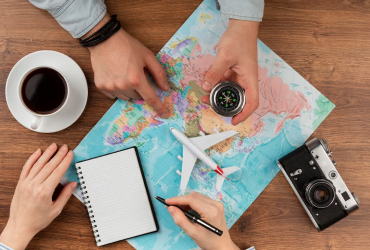
Get Special Offers From Rockjumper Birding
Sign up now and get the best deals straight in your inbox!
- Email This field is for validation purposes and should be left unchanged.

Modal title
Enquire about booking a tour.
- Tell us about your dream tour
- How many people do you expect to be on the tour? (optional)
- What are the date ranges you are looking at for this tour? (optional)
- How many days would you like the tour for? (optional)
- What is your price range for the tour? (optional)
- Phone This field is for validation purposes and should be left unchanged.
Enquire about booking a tour 5
Your passport.
Add Attachment
Arrival Tour Information
Departure tour information.

IMAGES
VIDEO
COMMENTS
Tell them Bird Watching HQ sent you and get $100 off your trip! Birding Ecotours is one of the BEST birding tour companies in Iceland, combining an incredible overall experience with a competitive price. Their typical birding tour focuses on small groups of between 6-8 people, along with staying at exceptional lodging and vehicles.
Iceland Birding Tours. Our Iceland birding tours give you the chance to see some of northern Europe's charismatic and most-wanted bird species. Iceland, the "Land of Ice and Fire", sits in the North Atlantic and is an island nation formed from the diversion of the North American and Eurasian tectonic plates. Iceland is about the size of ...
Iceland is virtually pollution-free and has a friendly population, good cuisine, and modern infrastructure--high-latitude birding for those who like a little more comfort than is usually found within a stone's throw of the Arctic Circle.
Get the most comprehensive information on bird species and bird watching in Iceland. Find the best spots and tips. Read for more.
Are you a wildlife enthusiast? ITG offers excellent Iceland birding tours & handsome birdwatching Iceland tour packages for you to enjoy in tranquility.
Embark on an unforgettable 10-day Iceland birding tours on the artic circle's edge. Discover Iceland's unique avian wonders. Book today!
Go north for your next adventure! Our Iceland birding tour is also a grand chance to experience geysers, grand waterfalls, wildflowers, glaciers, mountains and seacoasts.
Reykjavík Birdwatching Tours . Visit The Puffins, The Skuas, The Auks and all the lively sea birds of Faxaflói Bay on our bird watching tours from Reykjavík´s Old Harbour.
Whale Watching from the Heart of Akureyri. 27. Come face to face with the world's largest mammals on this half-day whale watching excursion from Akureyri, Iceland's scenic northern port city. Listen to stories about the history and culture of the region from your guide.
Breakfast for days 2-15. Lunchpacks for days 2-14. Dinner for days 1-14. A bottle of water for each day. Two boat tours (Whale watching, Bird watching,) For prices and further information contact Wildlife Iceland. 6 day 5 nights birdwatching tour in iceland. Unique surroundings and great birding at Mývatn.
The prime birdwatching season in Iceland is from the end of April to the beginning of June, although tours are offered year-round. Visit the local information offices in the area of Iceland you are visiting for more detailed information, including maps, tips, rules and regulations regarding bird watching in Iceland.
Naturalist Journeys is happy to offer Iceland birding and nature tours. Please select one of the Iceland tours below for more details.
Just like all other things in Iceland, bird watching is also considered as a huge tourist activity and is very popular among tourists. Several tourism companies and agencies in Iceland offer great guided bird watching tours in Iceland some of which are customizable.
WINGS Birding Tours to Iceland - Itinerary. WINGS is a worldwide birding tour company based in Tucson, Arizona.
Our Iceland birding tour visits the key sites on the island Harlequin Duck, Barrow's Goldeneye, Red‐necked Phalarope, breeding Ruff & Purple Sandpiper.
Iceland boasts a myriad of sites for birdwatching in Iceland, each offering its unique charm. Iceland is an avian paradise in the North.
Birding Iceland. Iceland has long been famous for its volcanic activity and glaciers (having the biggest glacier in Europe); which is why it is called the land of ice and fire.
Bird Watching Tours in Iceland. Iceland is a paradise for bird lovers. Go on a birding Iceland tour and see many different bird species. Book your bird watching tour online and enjoy a wonderful day in the nature. The most famous bird in Iceland is the Atlantic Puffin but many other species are here especially during the summer months.
Bird Watching Tours tailored to suit your needs. Super Travel offer customized tours to help bird watchers and wildlife enthusiasts to experience the best of Iceland's nature. Customized daily or longer tours can be booked by single clients or groups of up to 8 persons .
Iceland Birding Tour: Viking Birding June 2025/2026. We look forward to welcoming you on our small-group tour to Iceland, the "Land of Ice and Fire"! Iceland sits in the North Atlantic just below the Arctic Circle at latitudes of 63 o to 68 o North, with the nearest land being Greenland some 180 miles (290 kilometers) away to the northwest.
Whooper Swans, Golden Plovers, Arctic Puffins, and Gyrfalcons to name a few. Read our blog to find out more about the fascinating birdlife in Iceland.
How many days would you like the tour for? (optional)
Explore Iceland's biggest selection of tours and travel packages. Book your vacation in Iceland now with a best-price guarantee. Discover the best activities, excursion
Our Iceland birding tour visits the key sites on the island Atlantic Puffin, Barrow's Goldeneye, Red‐necked Phalarope, breeding Ruff & Purple Sandpiper.